Hyundai->ke201 has introduced the sixth-generation Elantra->ke1391 for the 2017 model year, bringing with it an all-new exterior design, and a driver-oriented cabin that is more in-line with the Sonata->ke1859. On the outside, the car got a new hexagonal grille that takes up a majority of the front fascia. On the front corners, there are recesses in the bumper that house LED fog lamps. These recesses look similar to the fog lamp units on the previous generation. Overall, the exterior is more refined than before with less of that “fluidic” design. Even the taillights are less aggressive that the last-gen model. Inside, the instrument cluster gets a 4.2-inch color display between the two primary gauges, and upper trim levels come standard with leather upholstery. A seven-inch touch screen display is standard equipment, but an eight-inch screen is available on some models. Under the hood, Hyundai gave the Elantra two new engines – a 2.0-liter with 147 horsepower and a 1.4-liter with 128 horsepower.
The Elantra may seem like it is a little underpowered in a world where smaller vehicles often come with closer to 200 horsepower, but what it is lacking it power is made up with comfort, and economy. Competing against models like the Honda Civic->ke236 and Chevy Cruze->ke3230, economy and comfort are huge selling points, so the lack of power isn’t all the big of a deal anyway. So, how does the new Elantra compete with the competition otherwise? Well, check out our detailed review below to find out for yourself.
Updated 05/06/2016: Hyundai has just announced pricing for the most fuel-efficient Elantra yet -- the Elantra Eco. It achieves a combined fuel economy of 35 mpg and starts out at $20,650. Check out the "Prices" section below for all the details.
Continue reading for my full review of the new Elantra.
2017 Hyundai Elantra
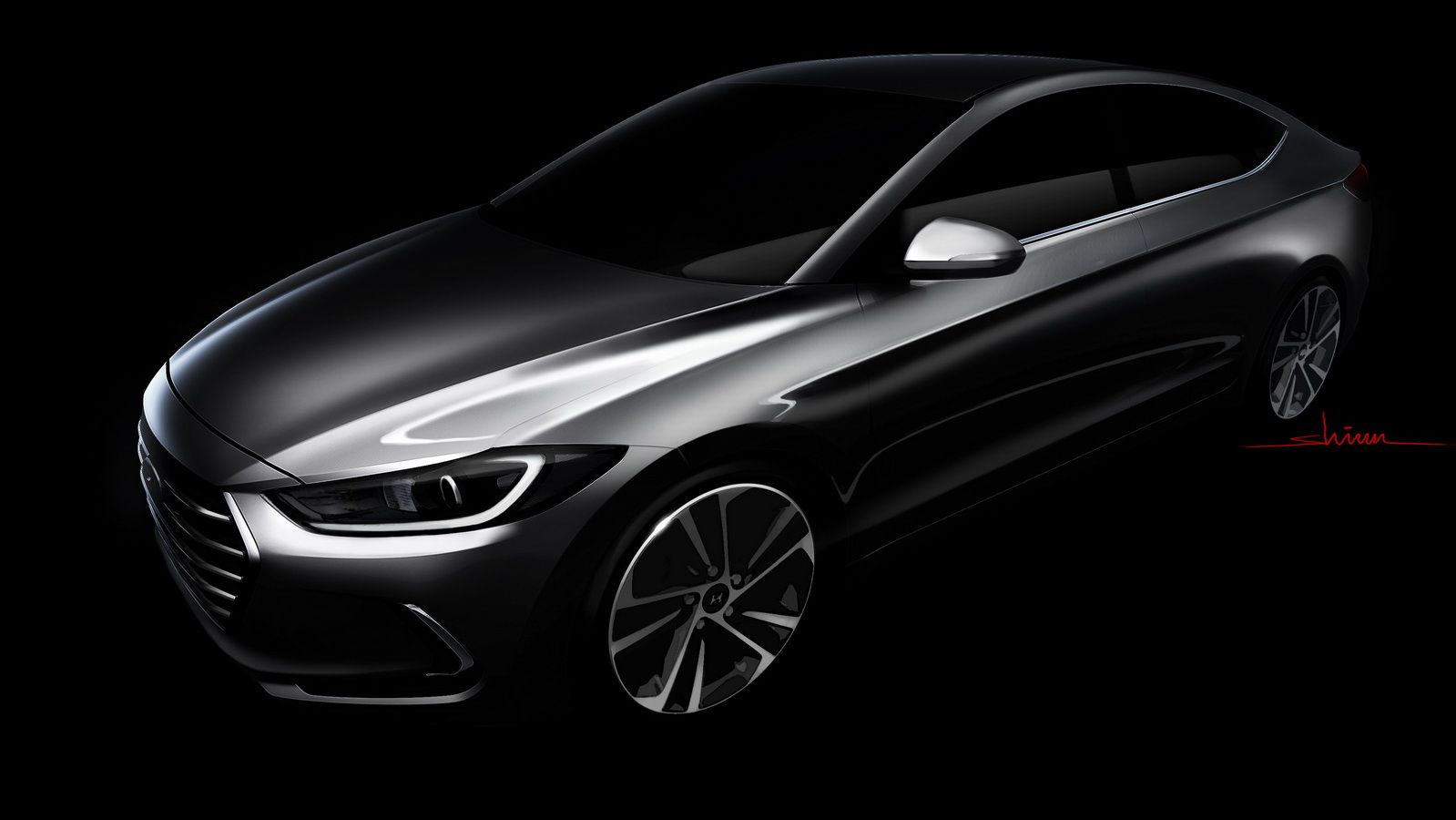

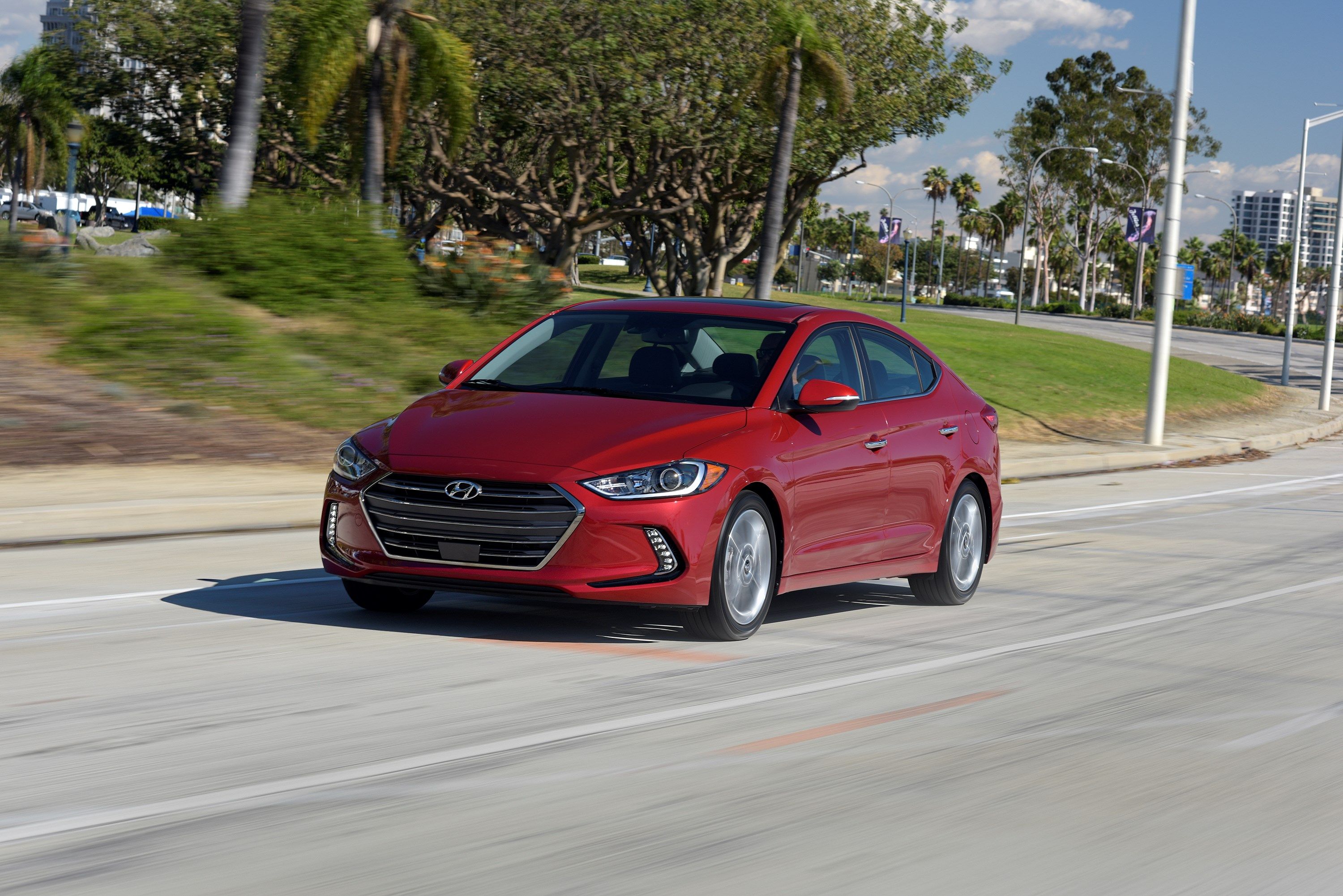
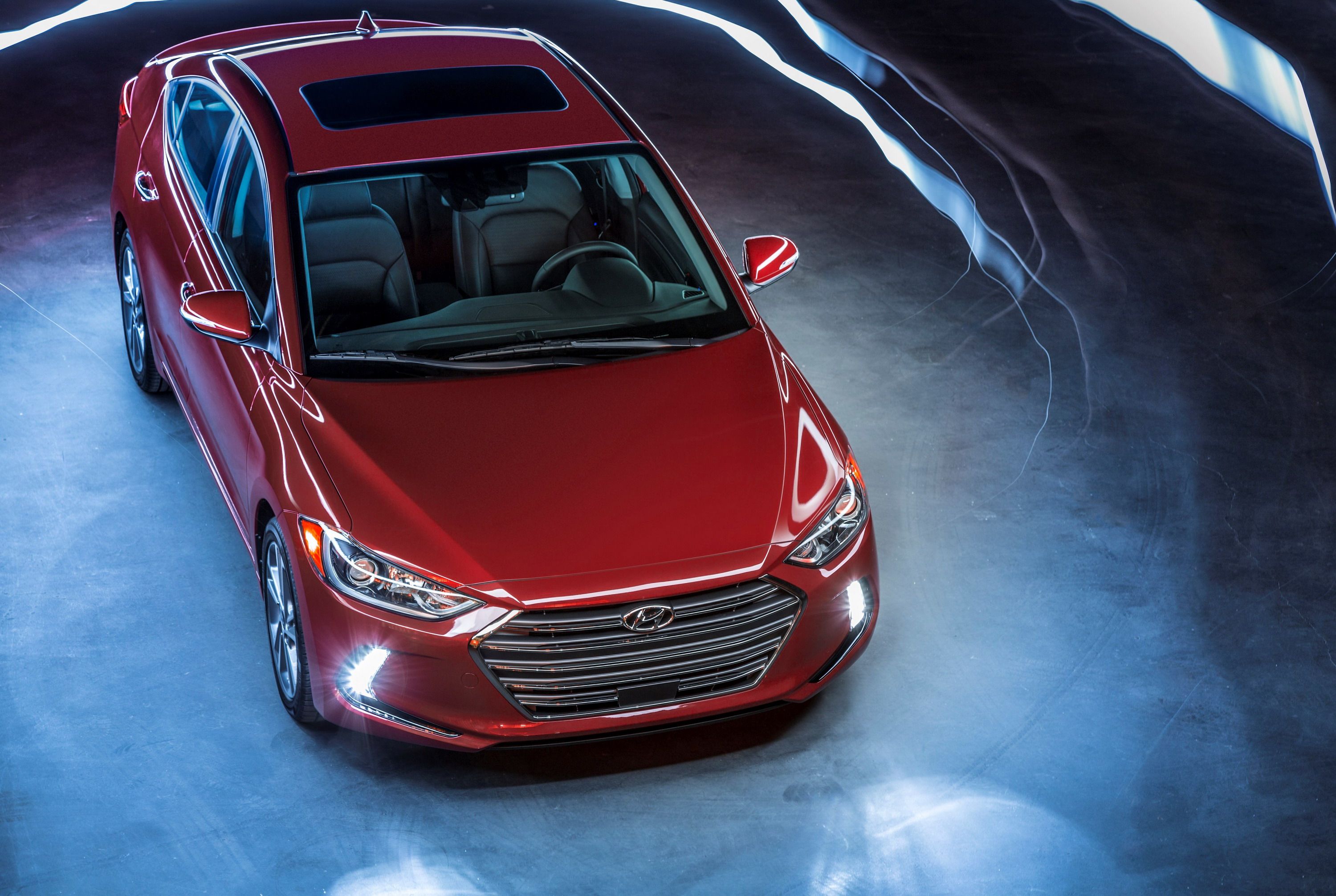
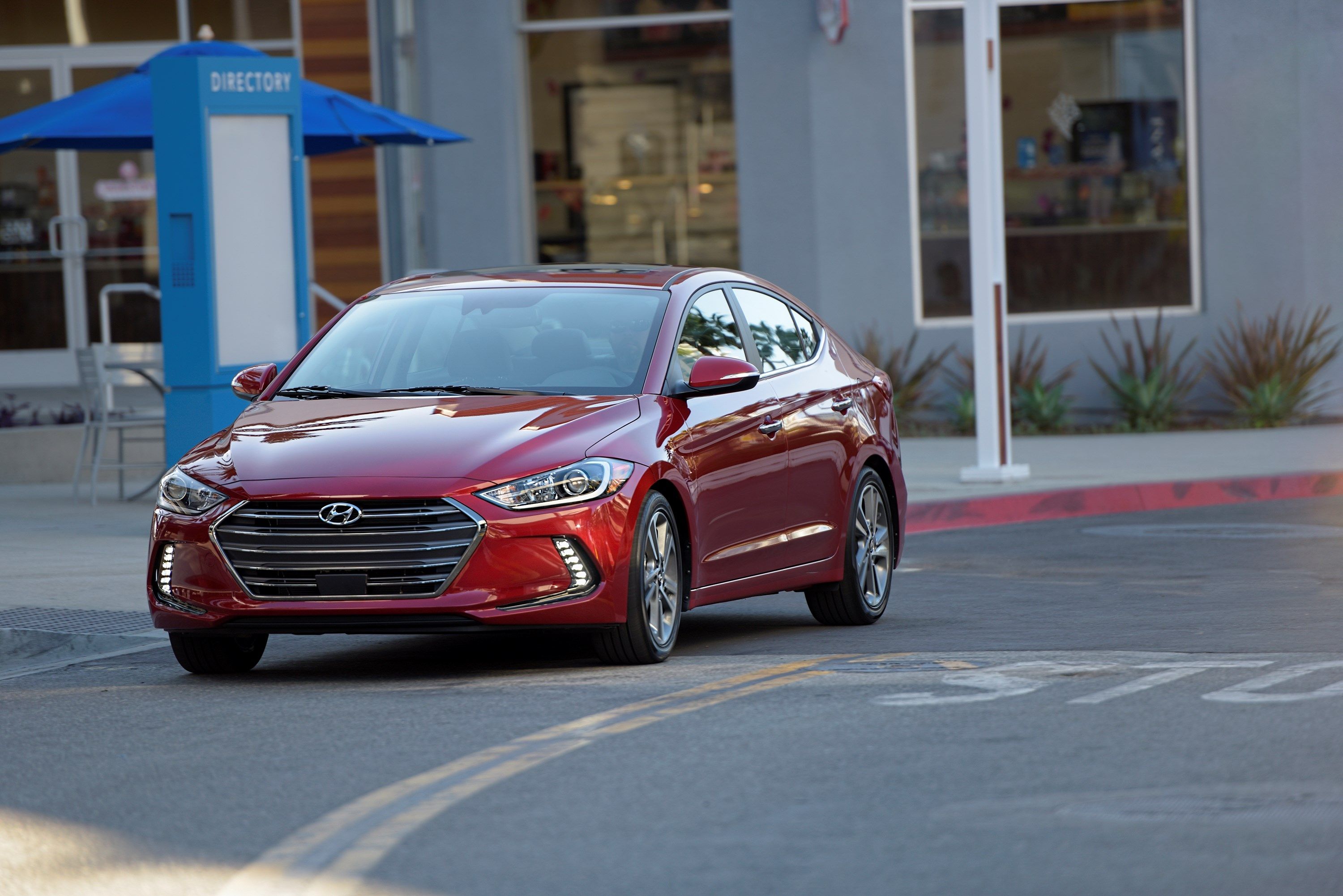
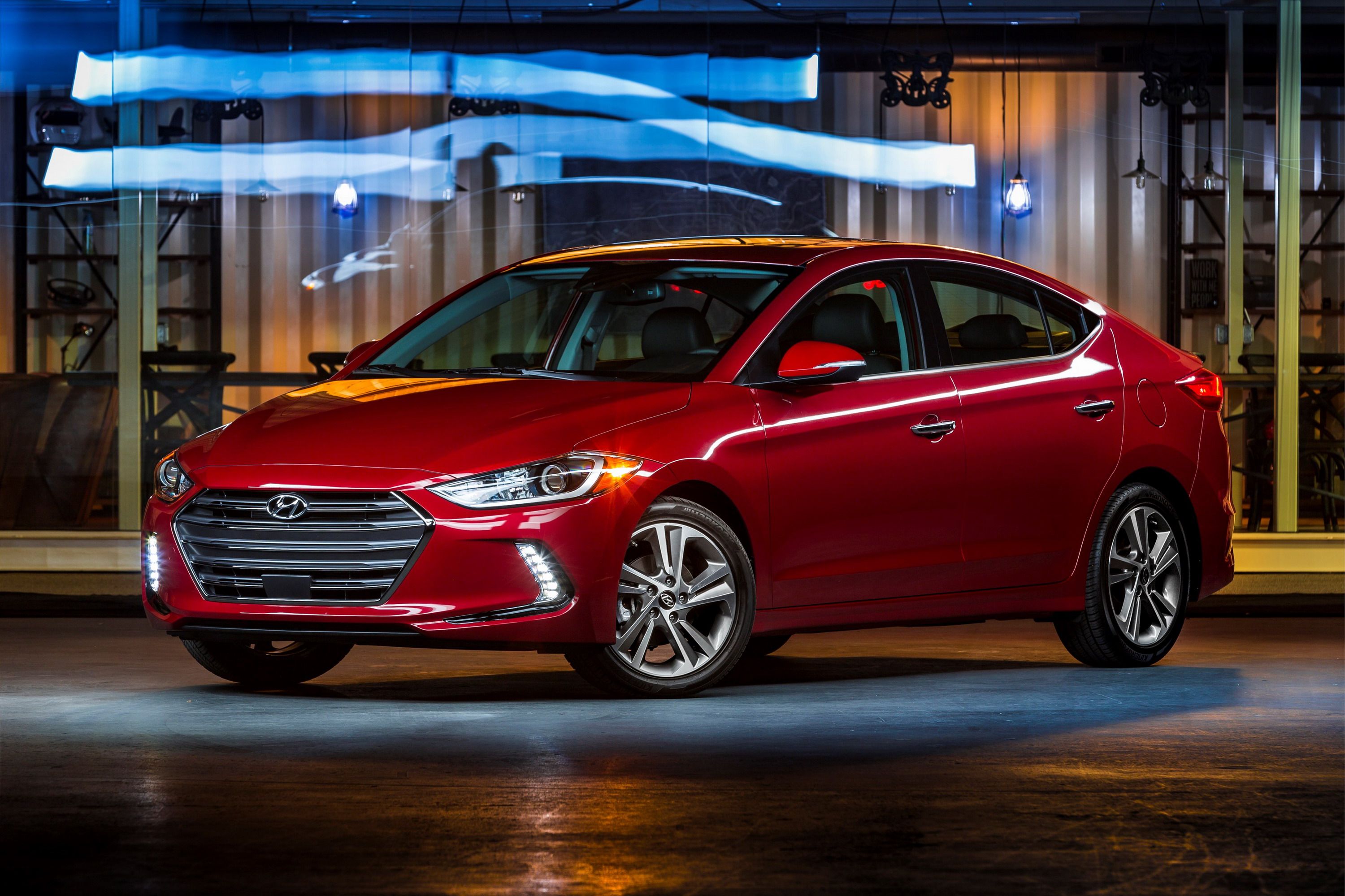
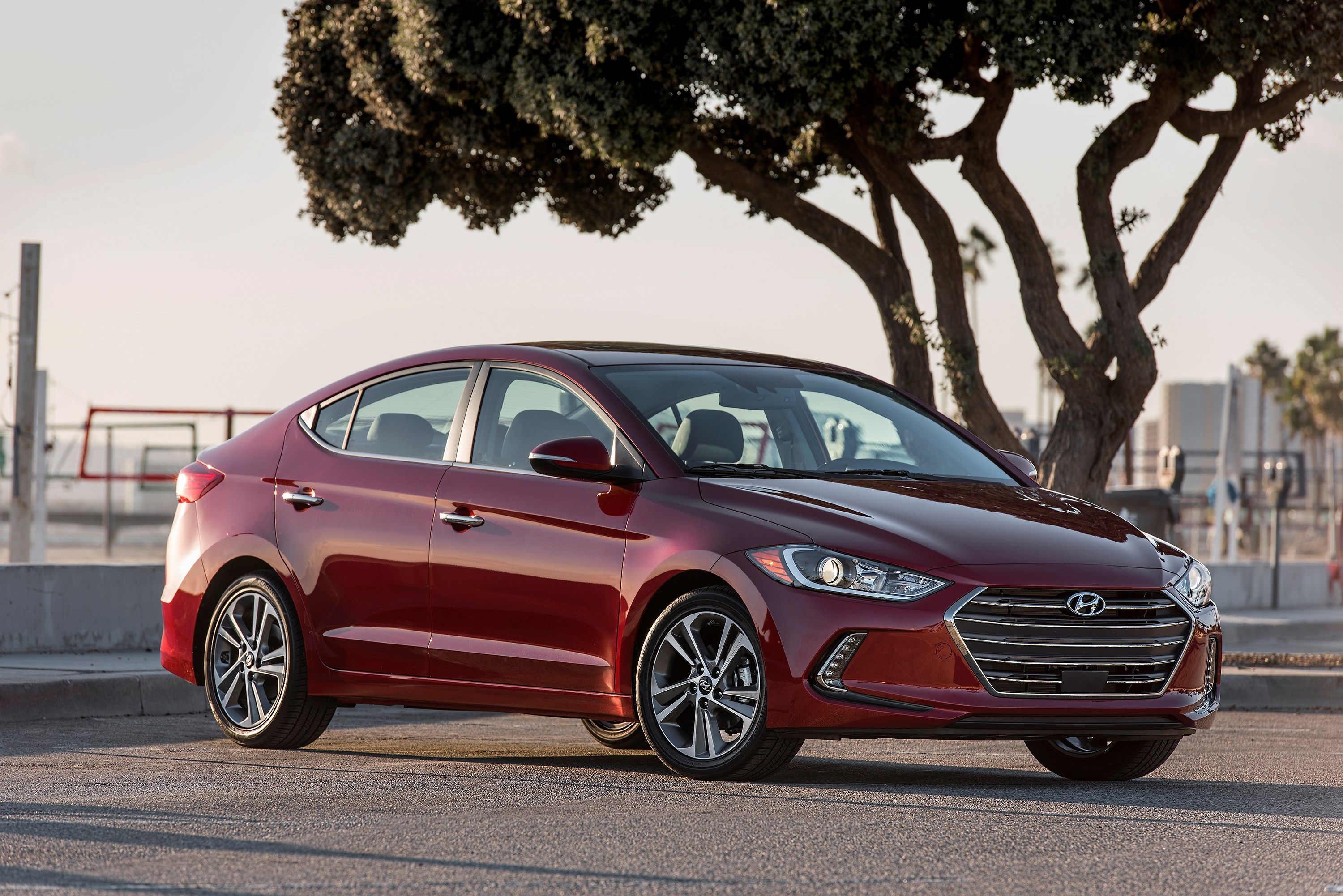
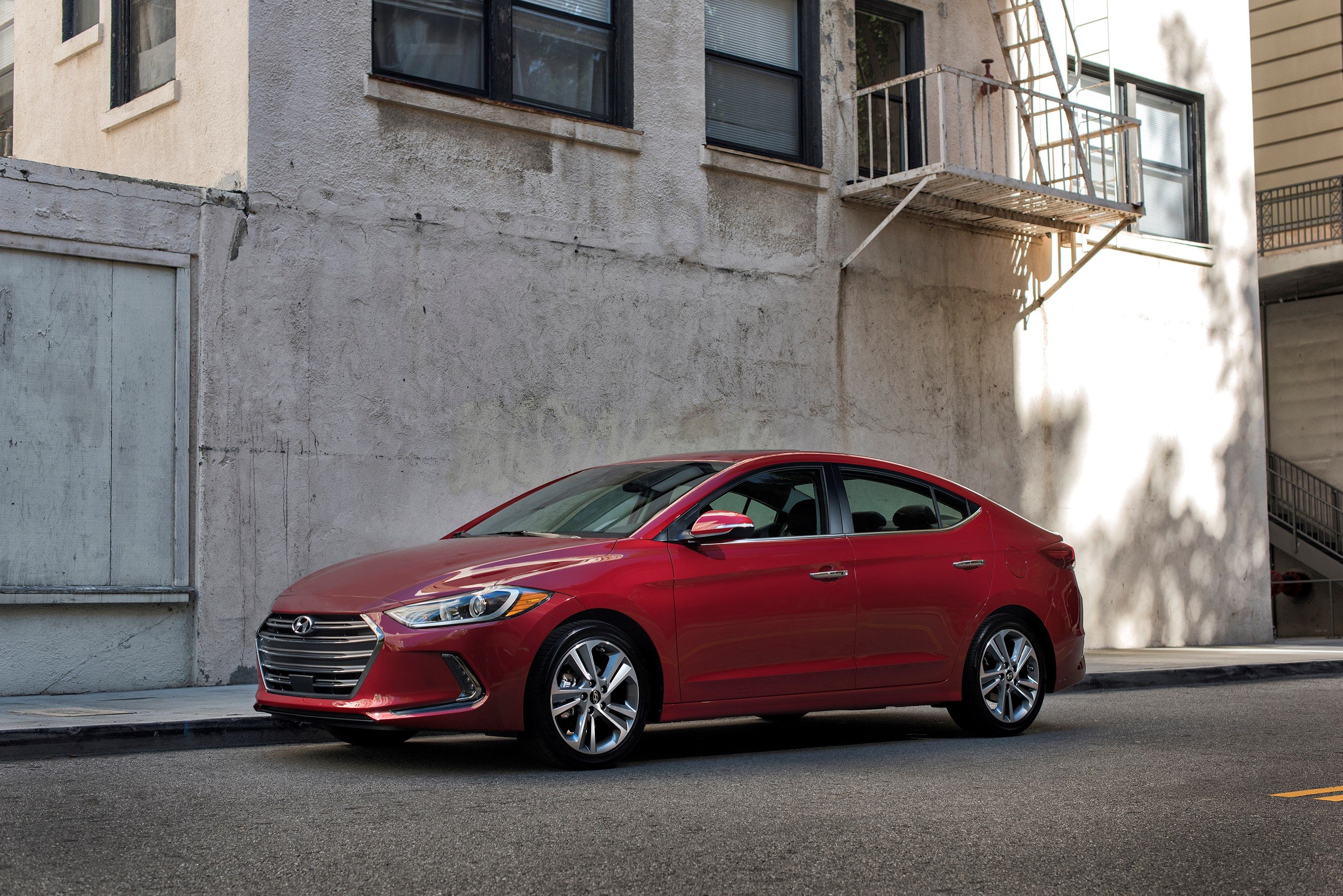
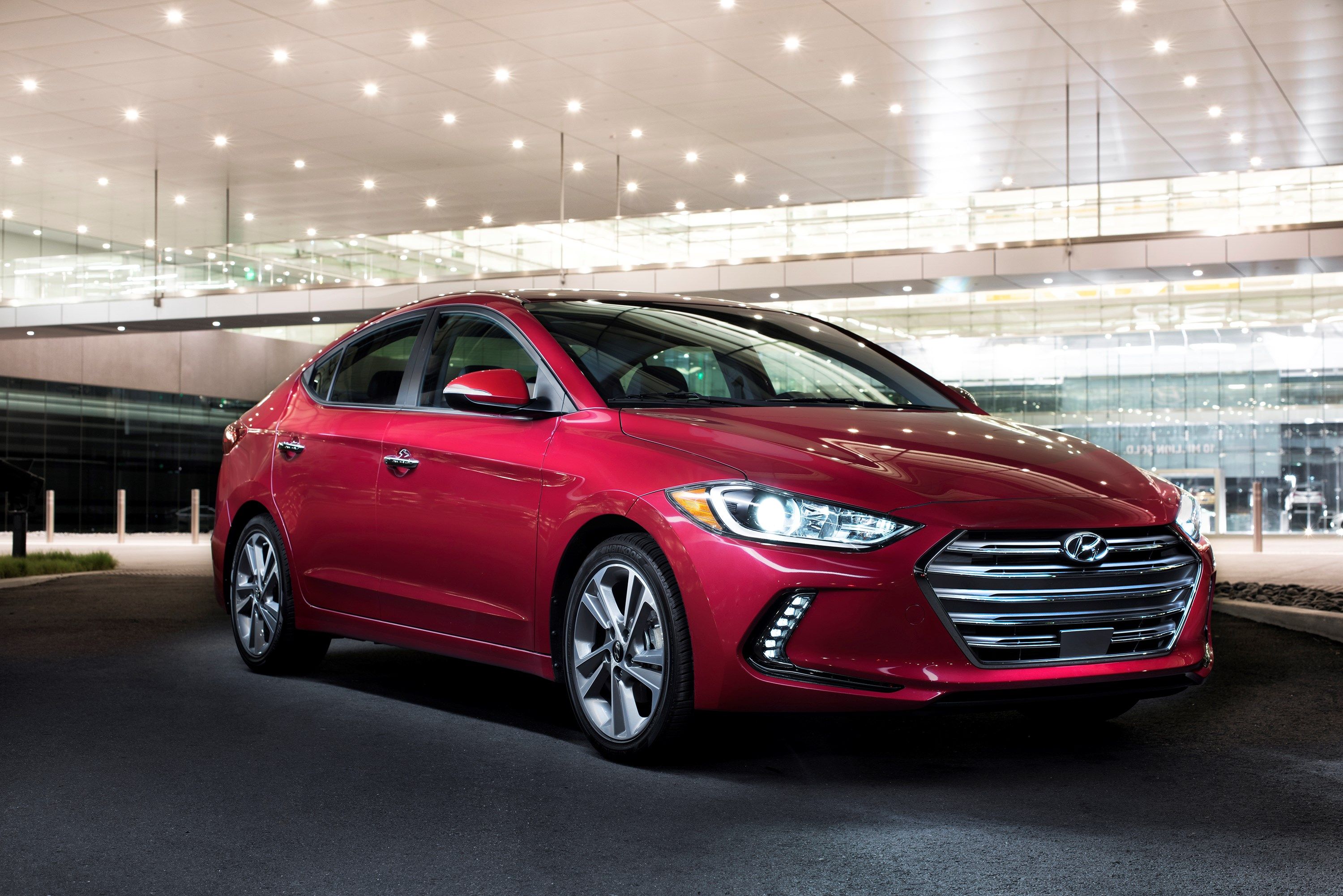
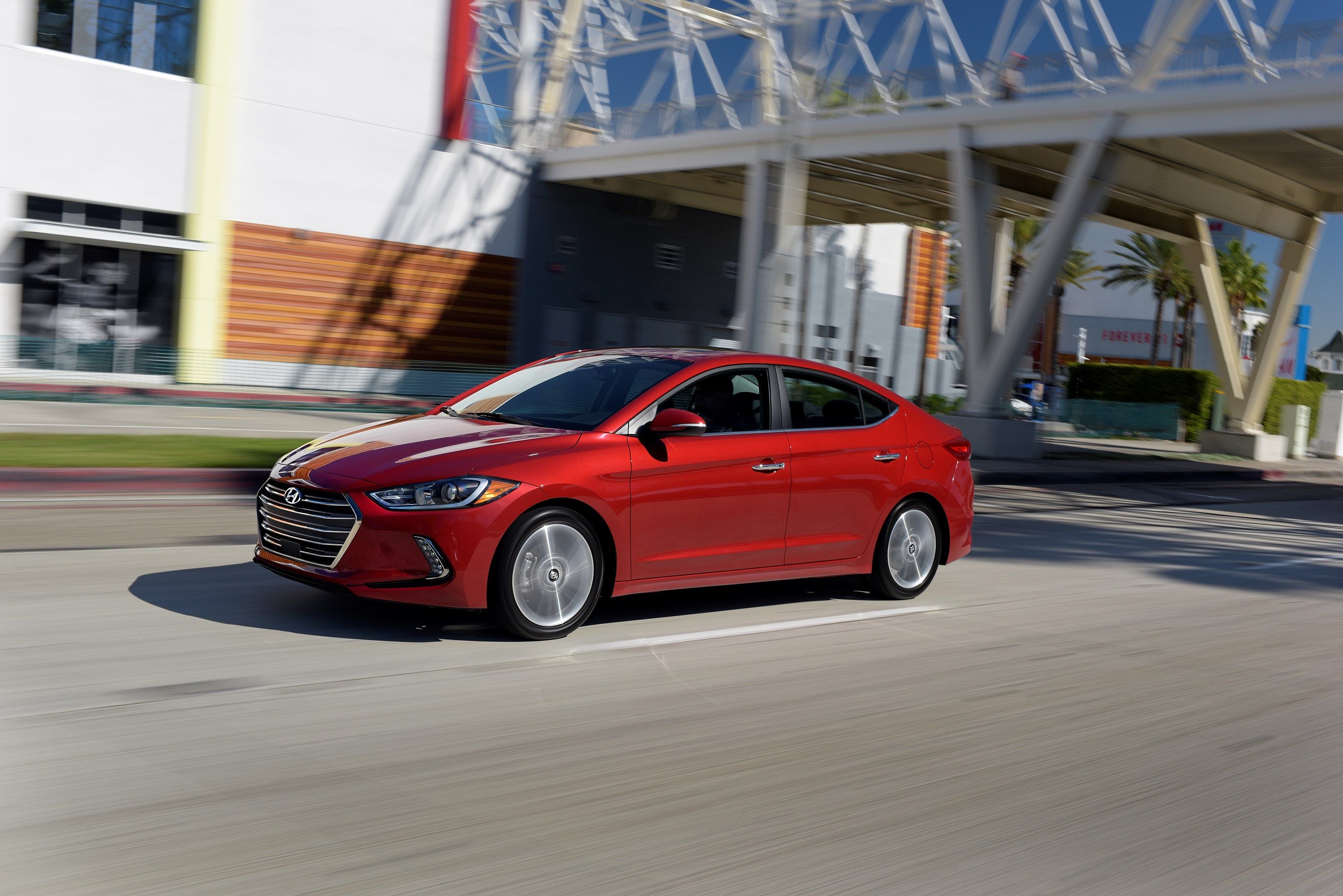
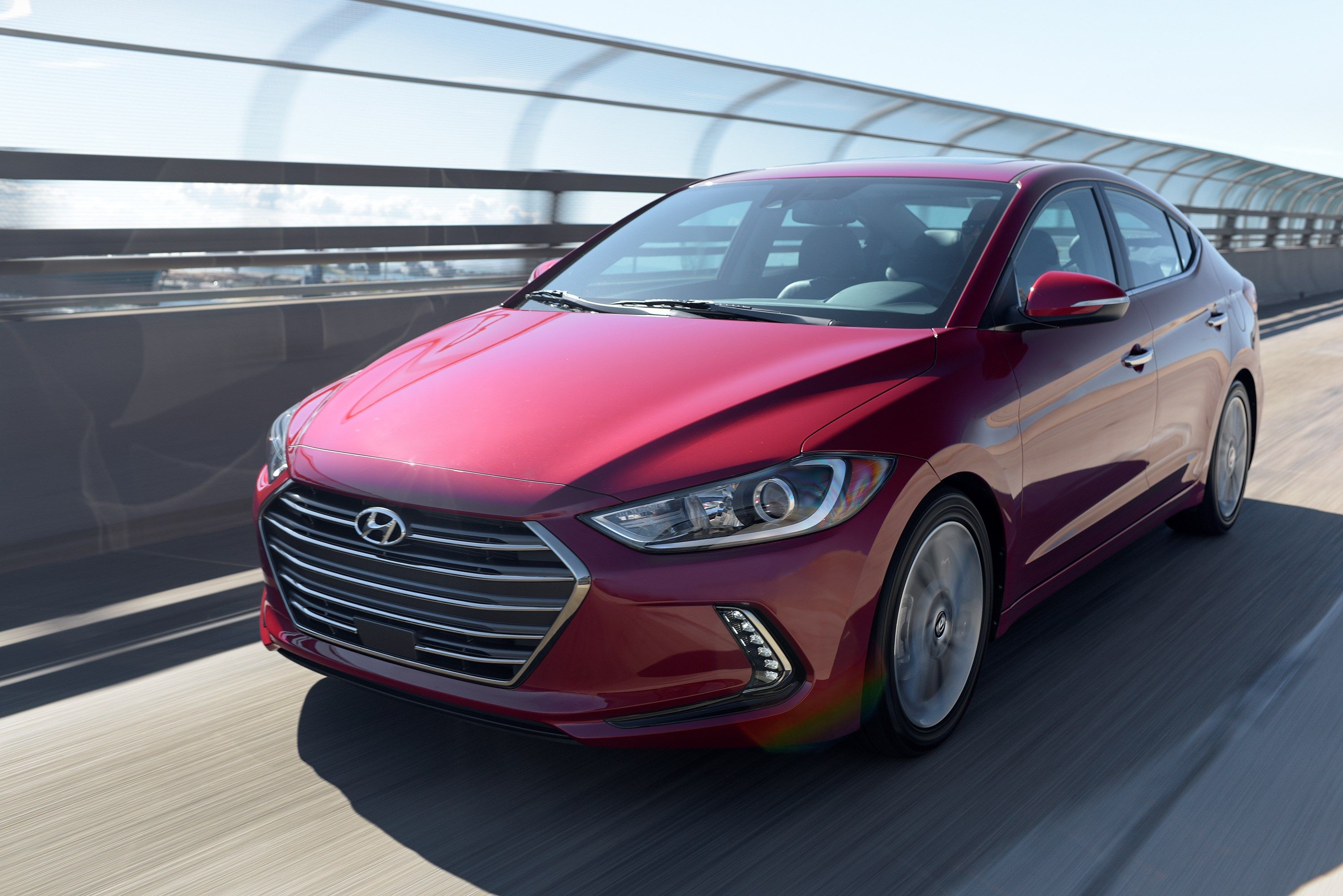
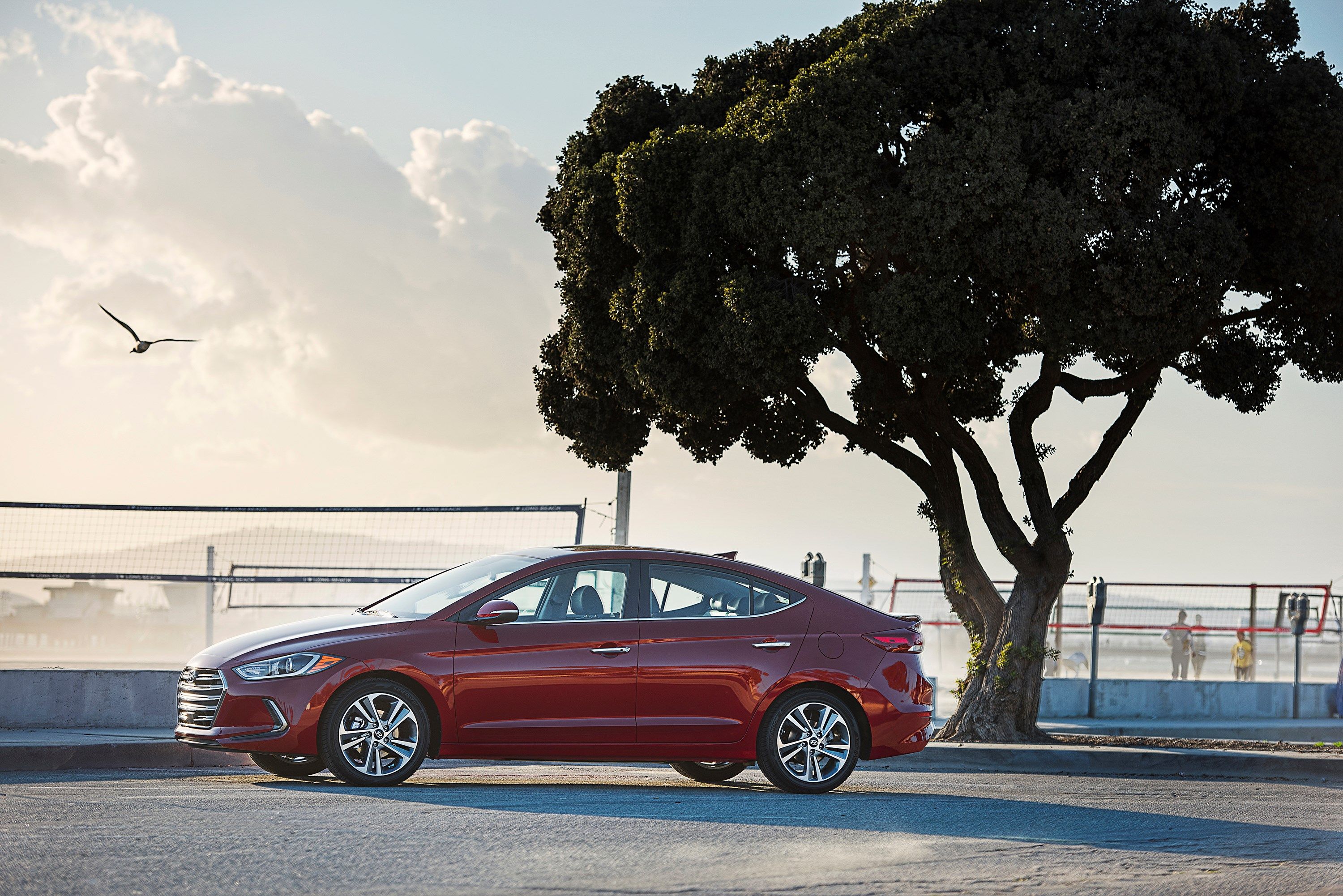
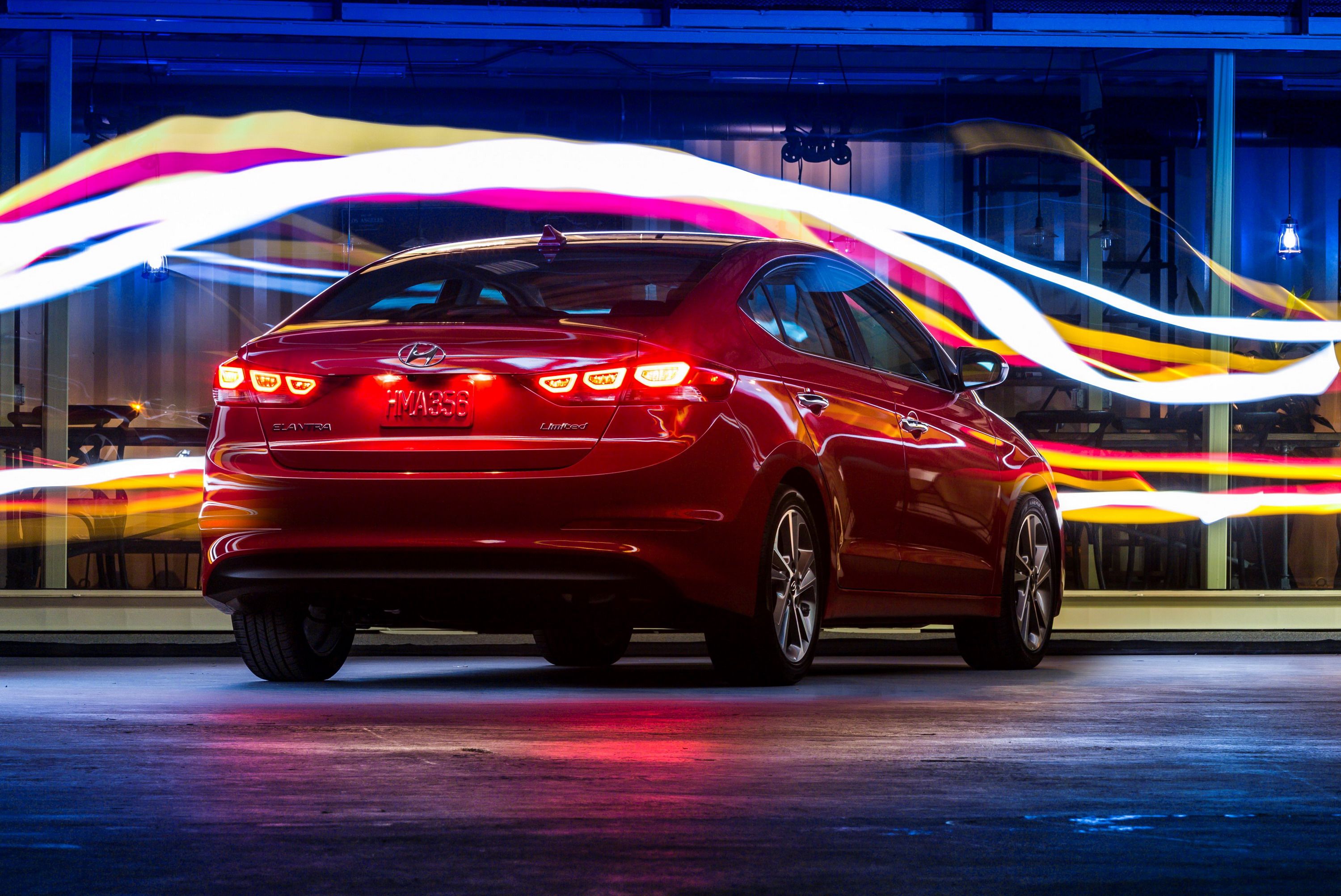
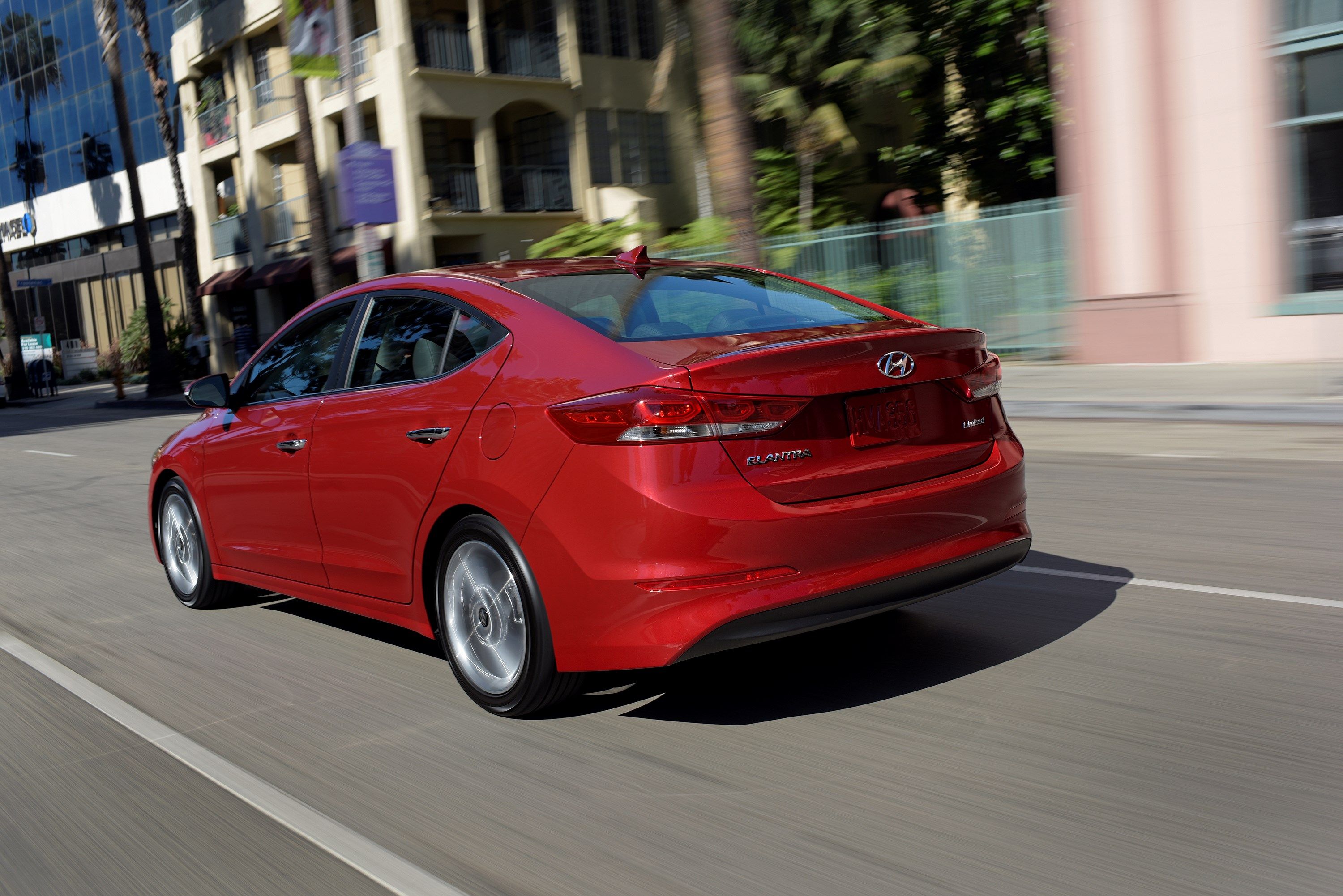
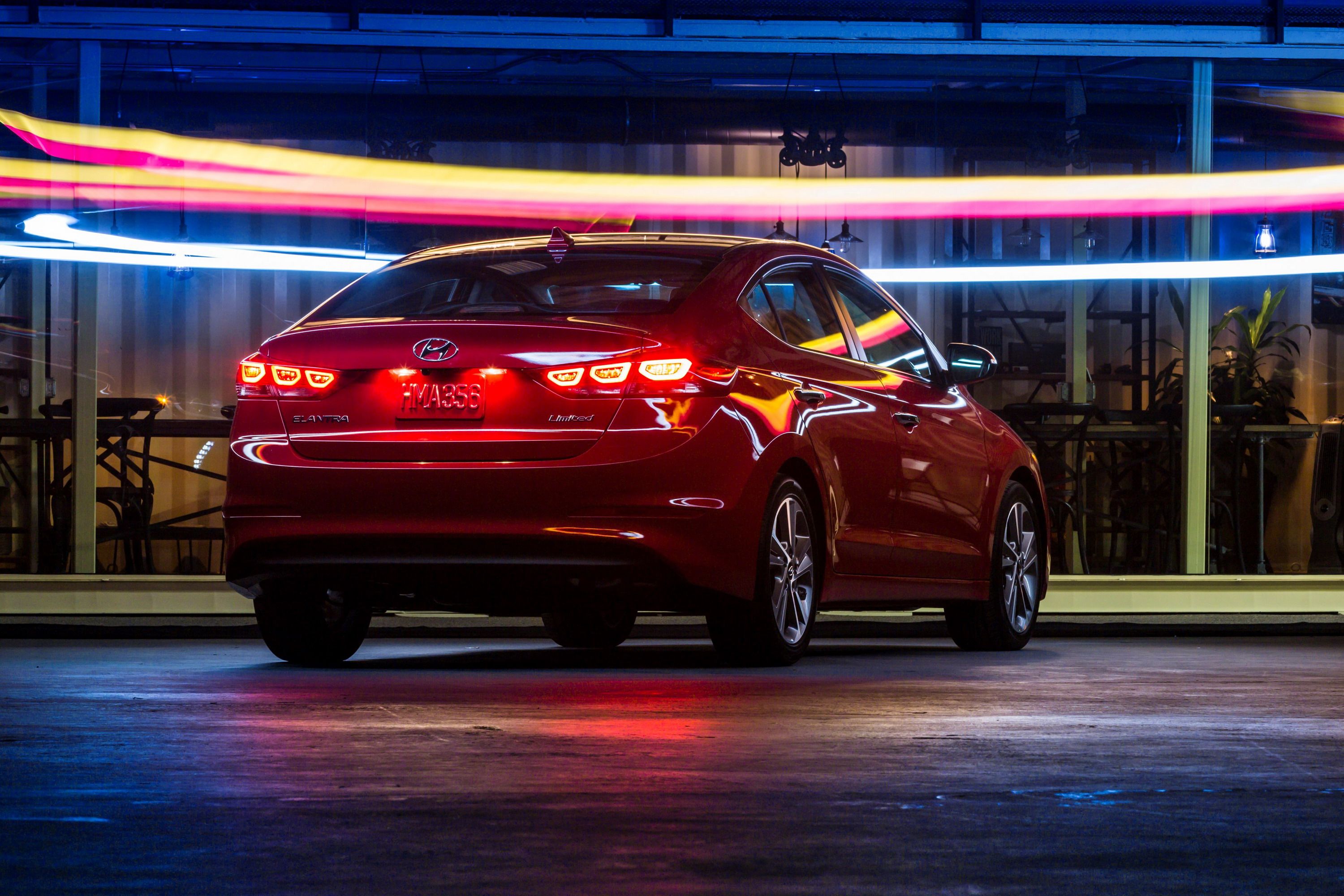
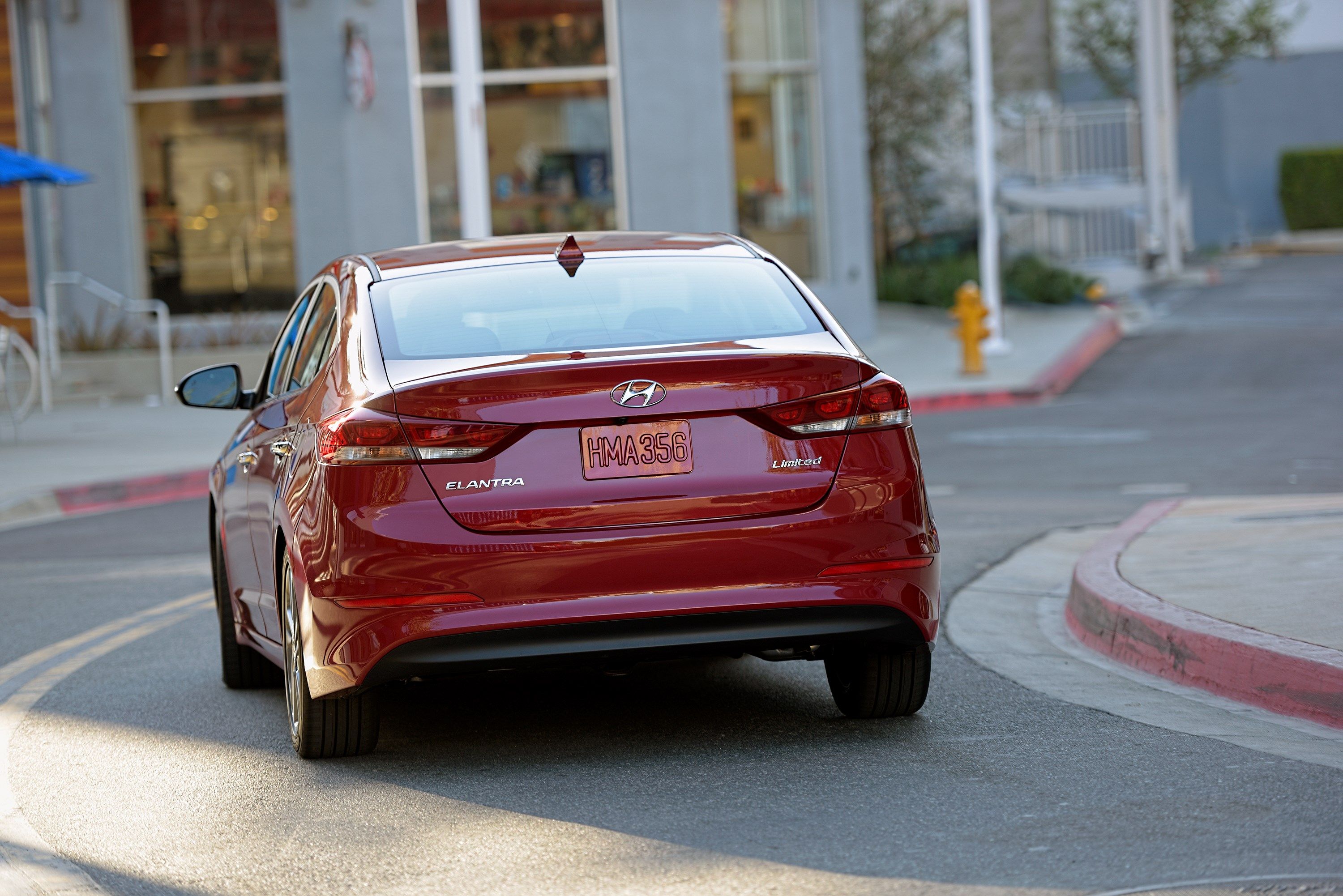
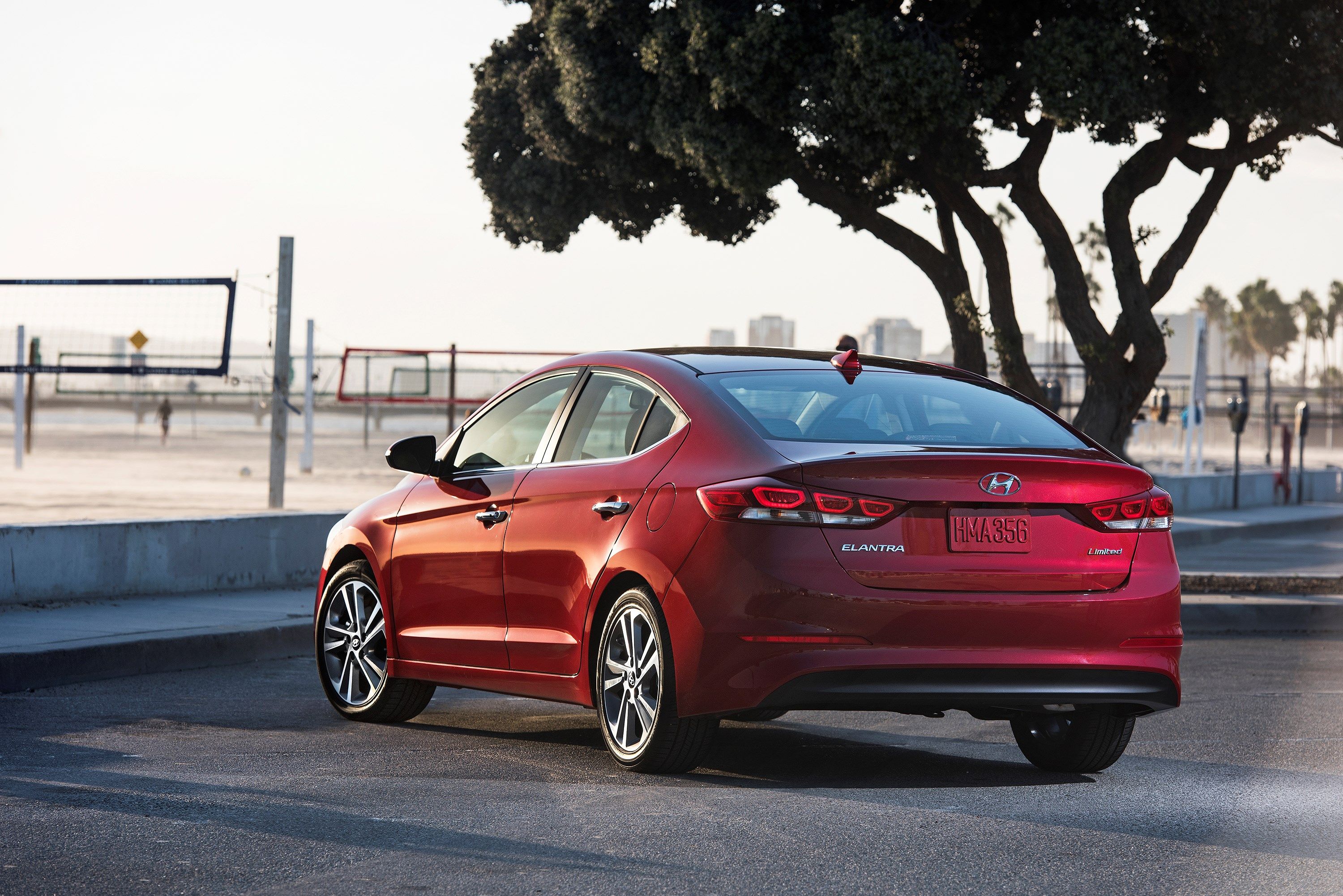
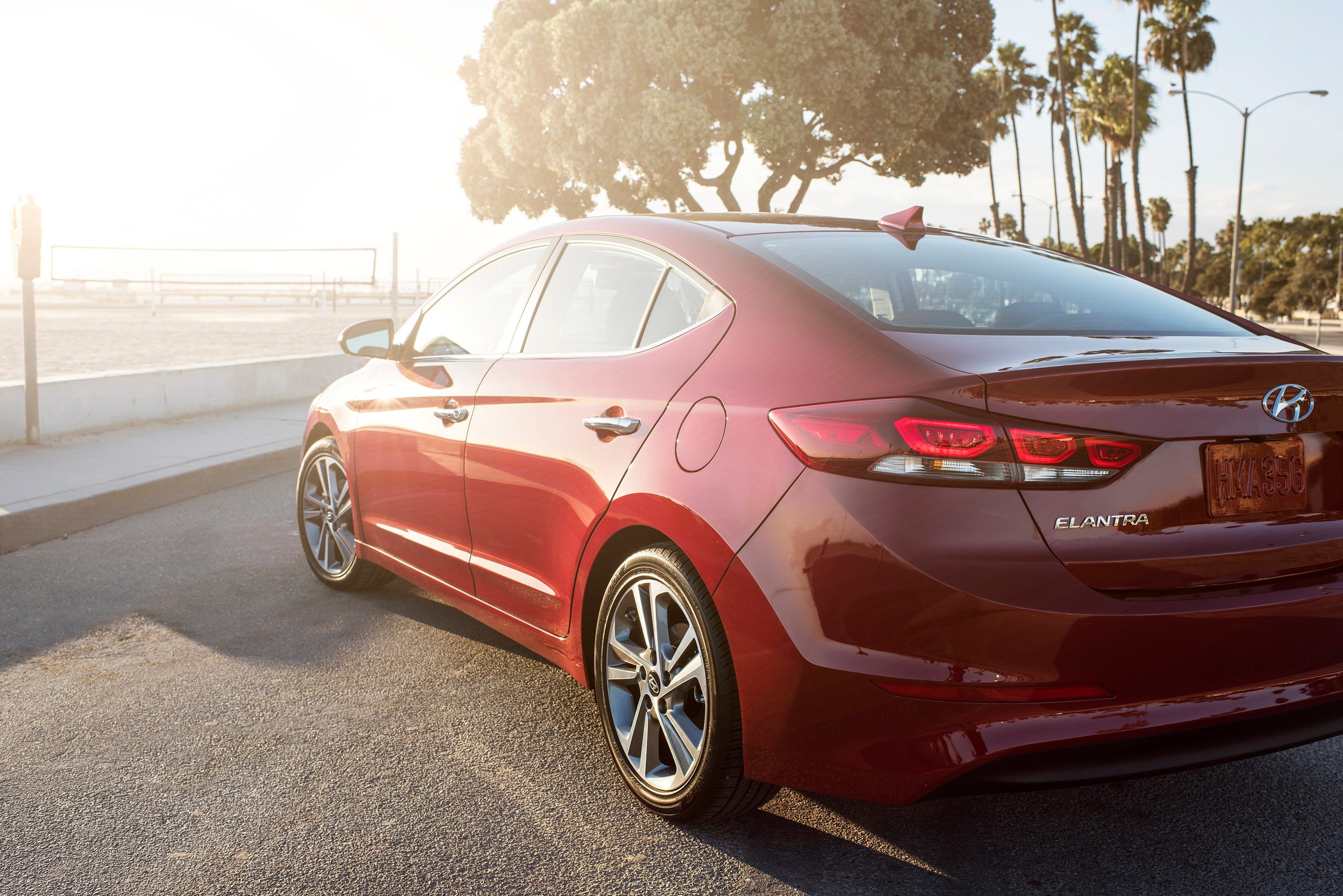
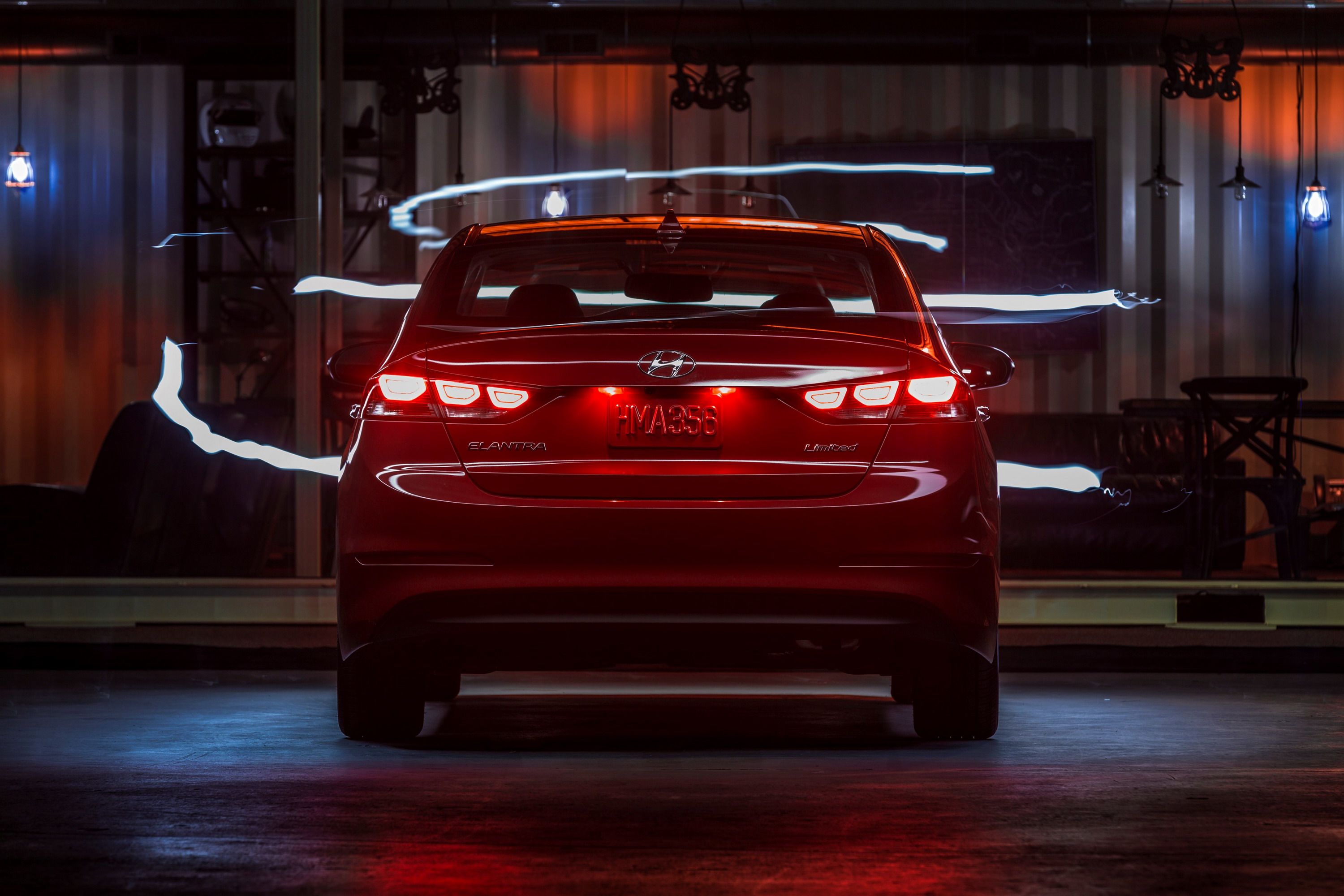
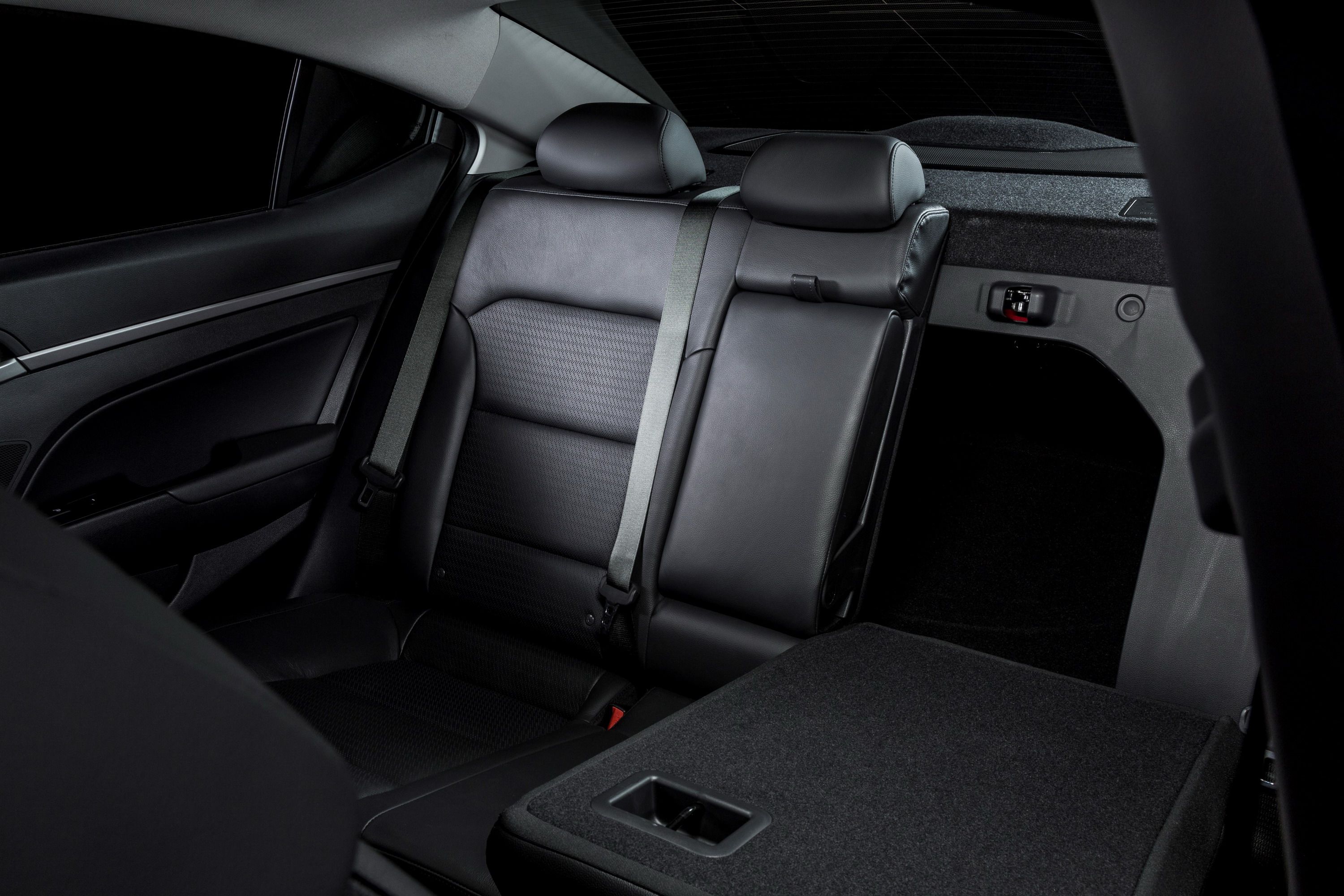
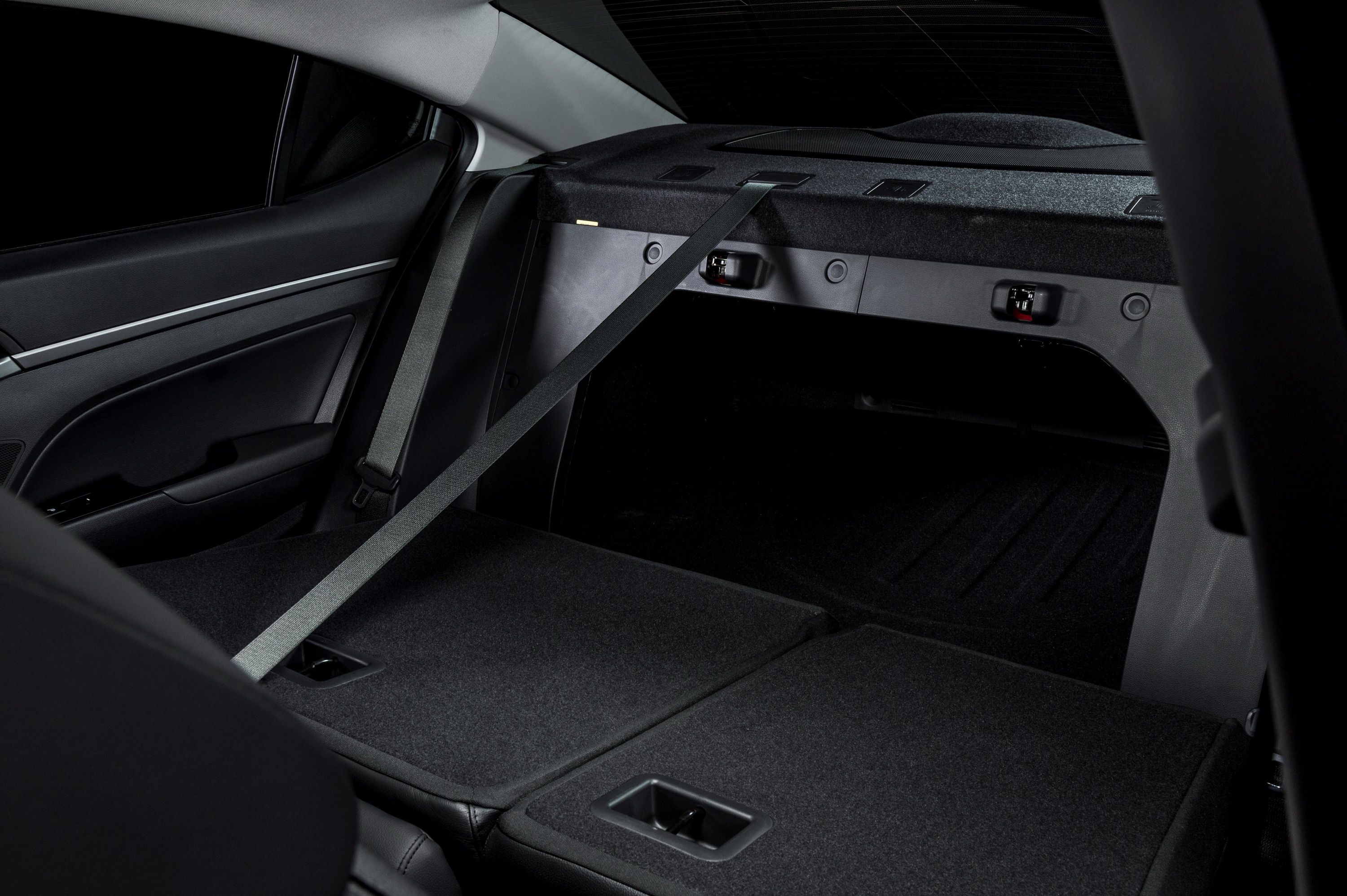
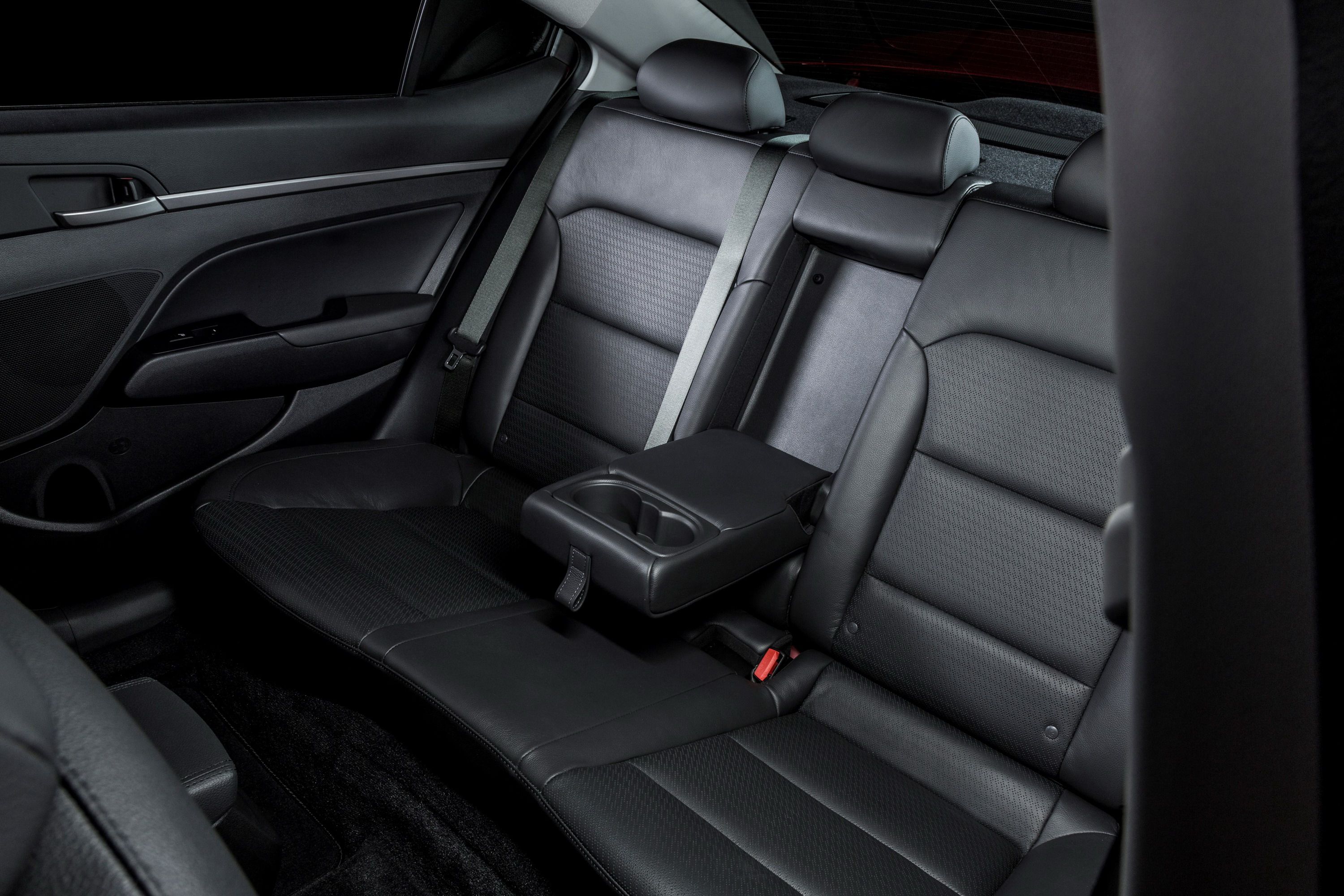
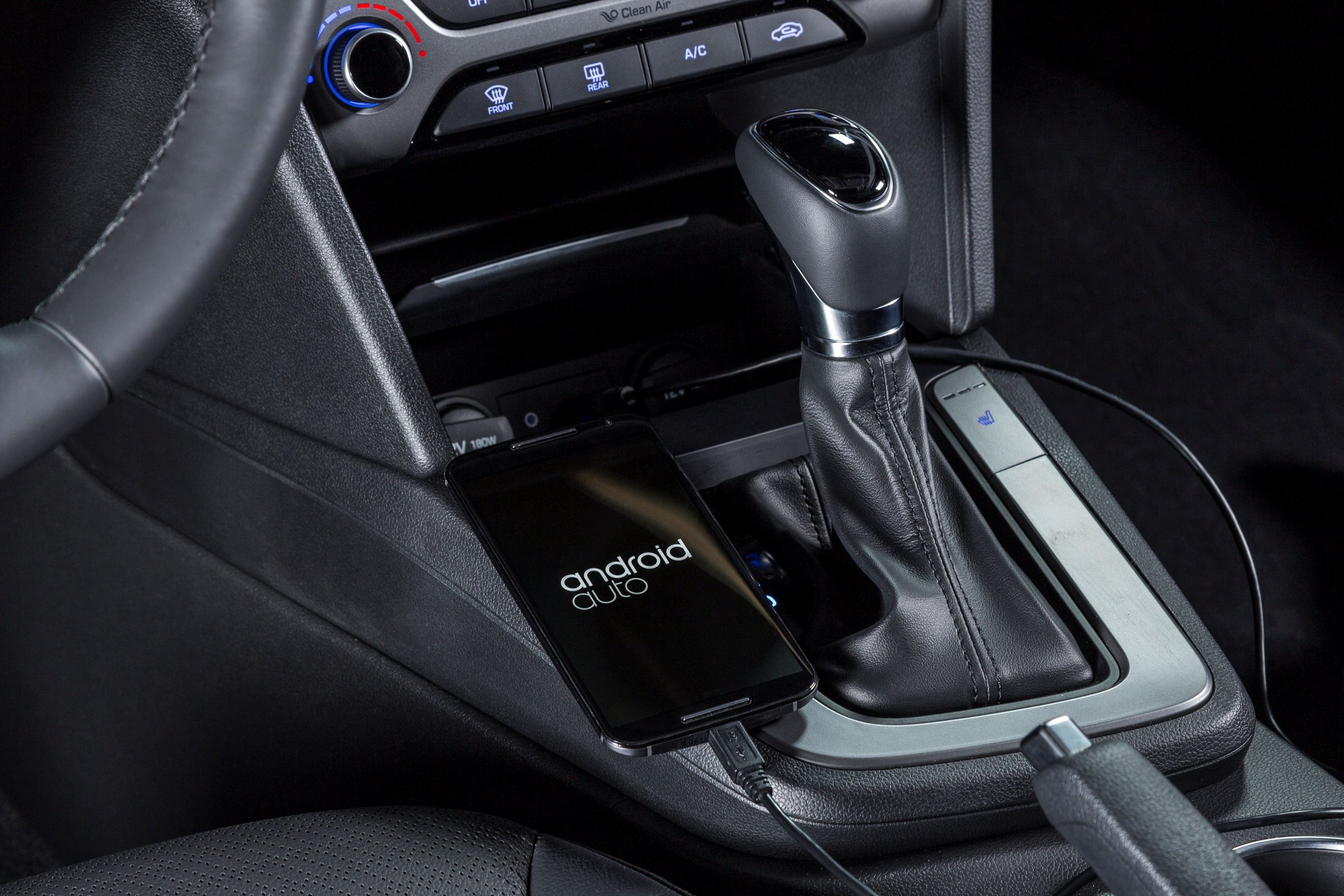
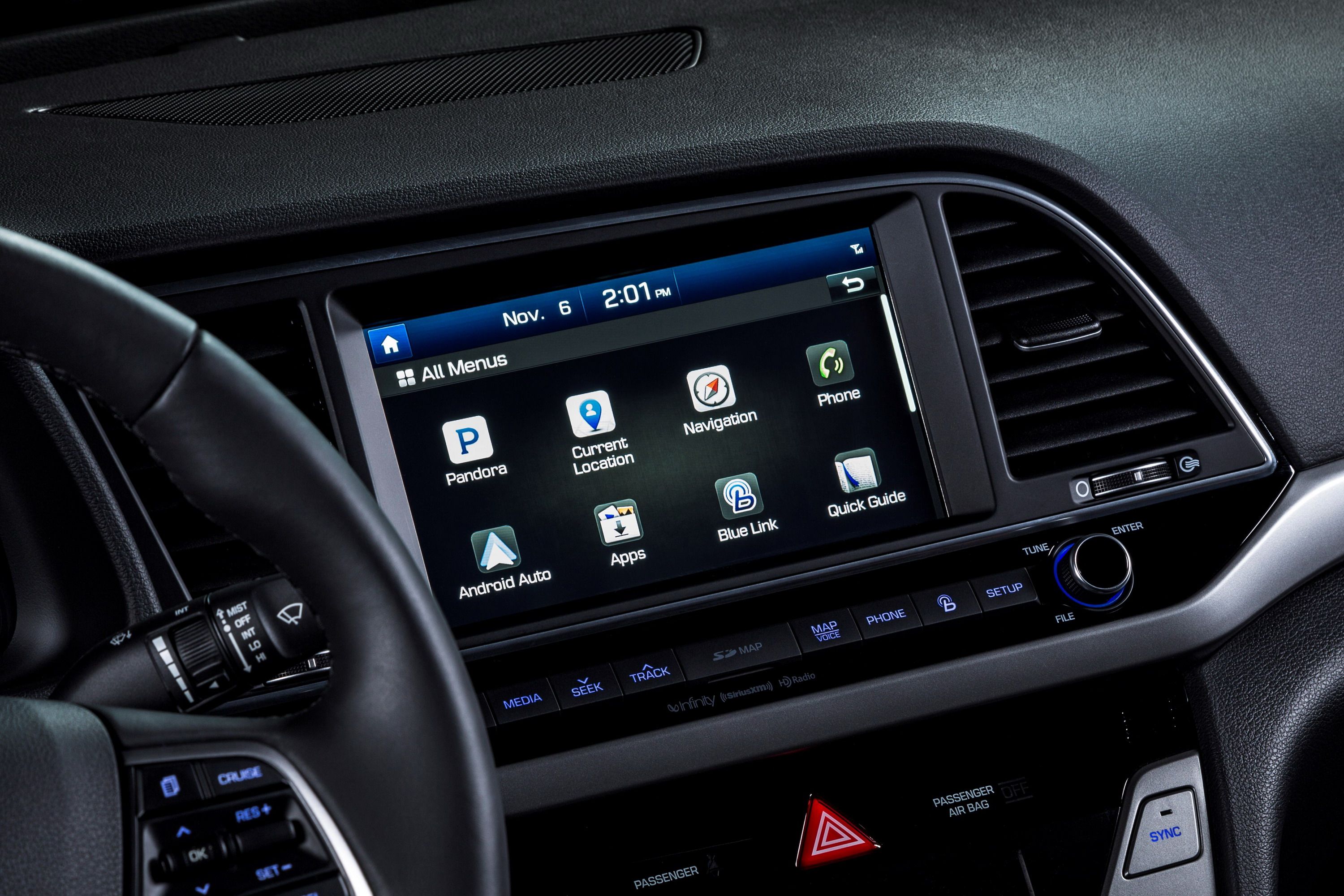
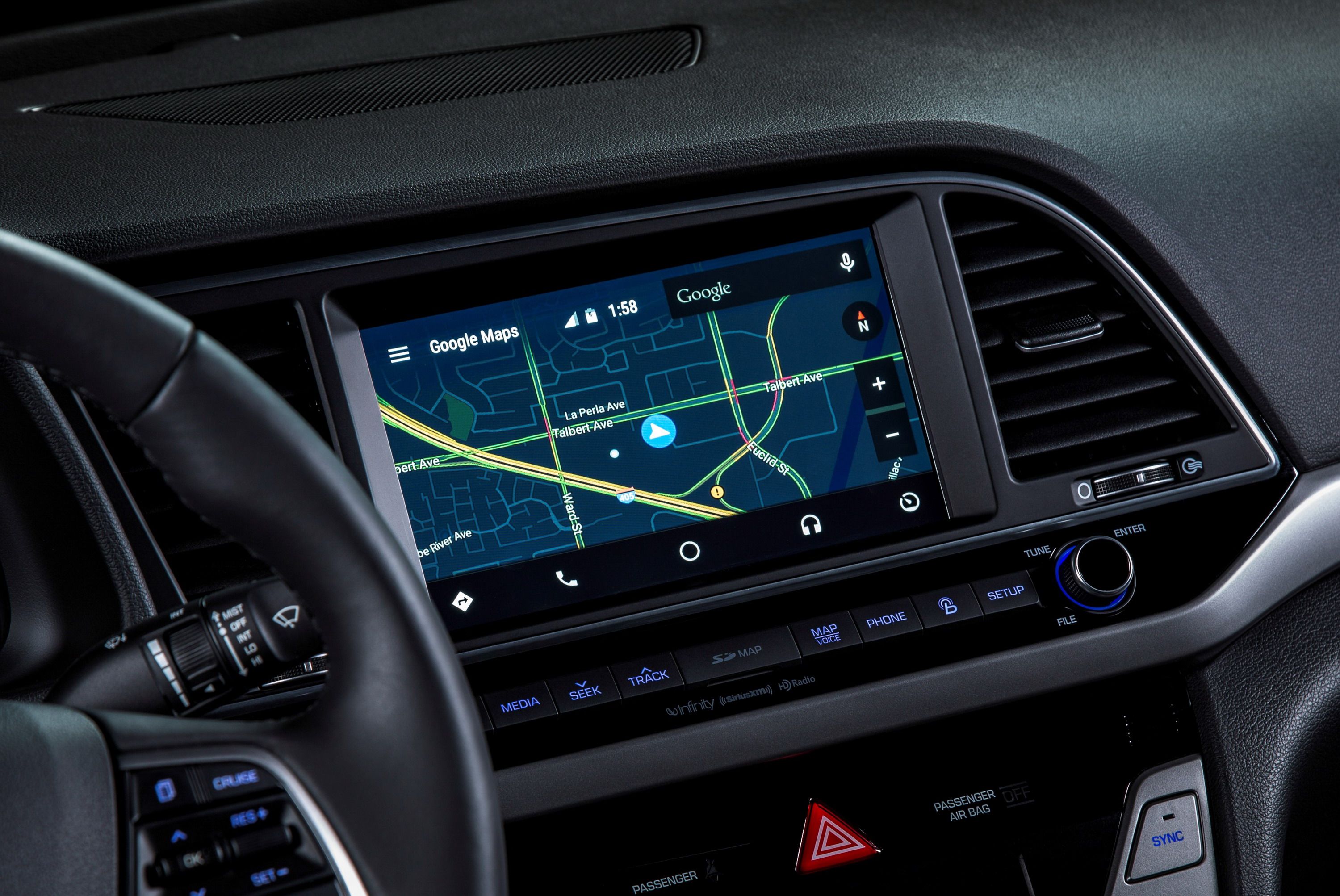
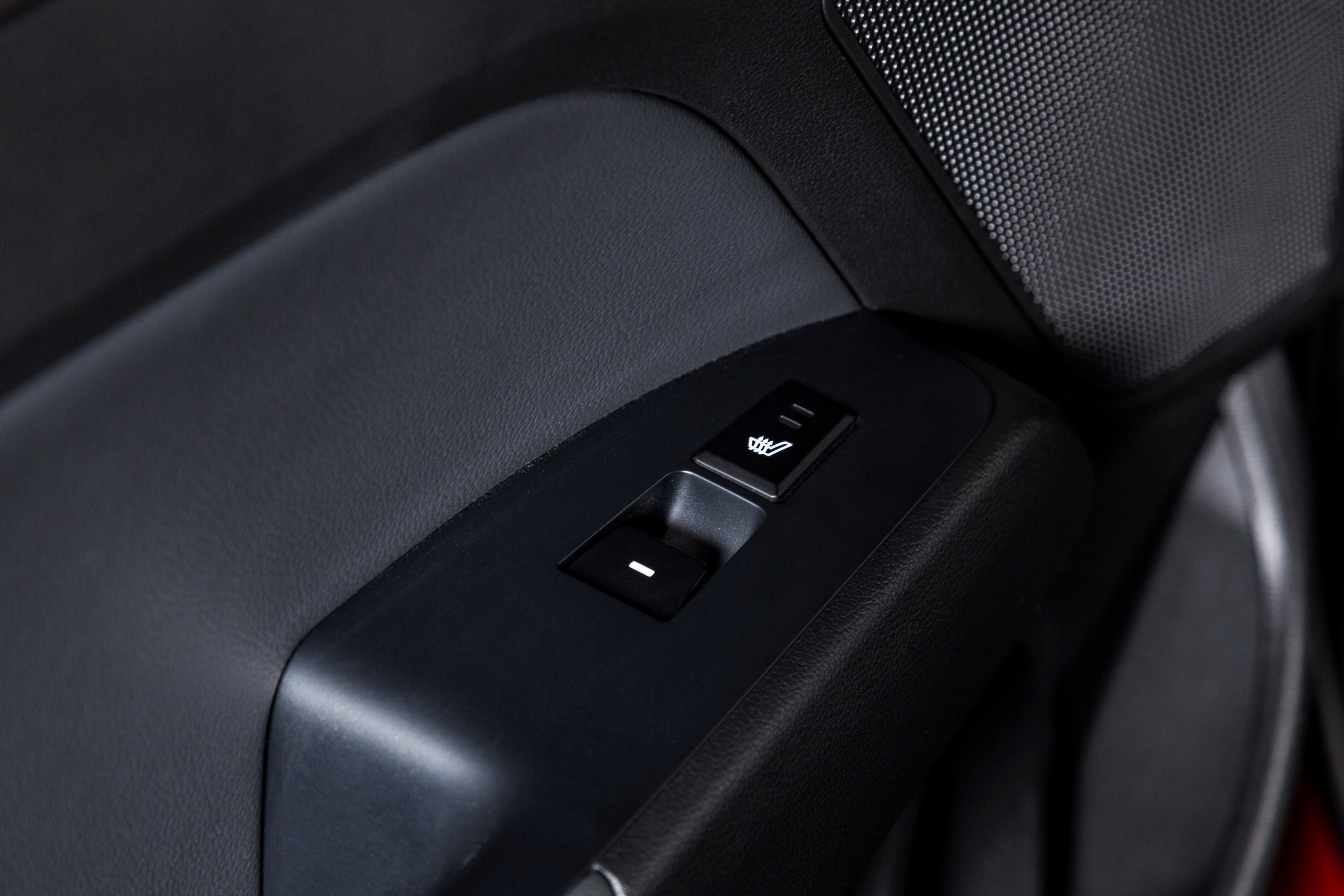
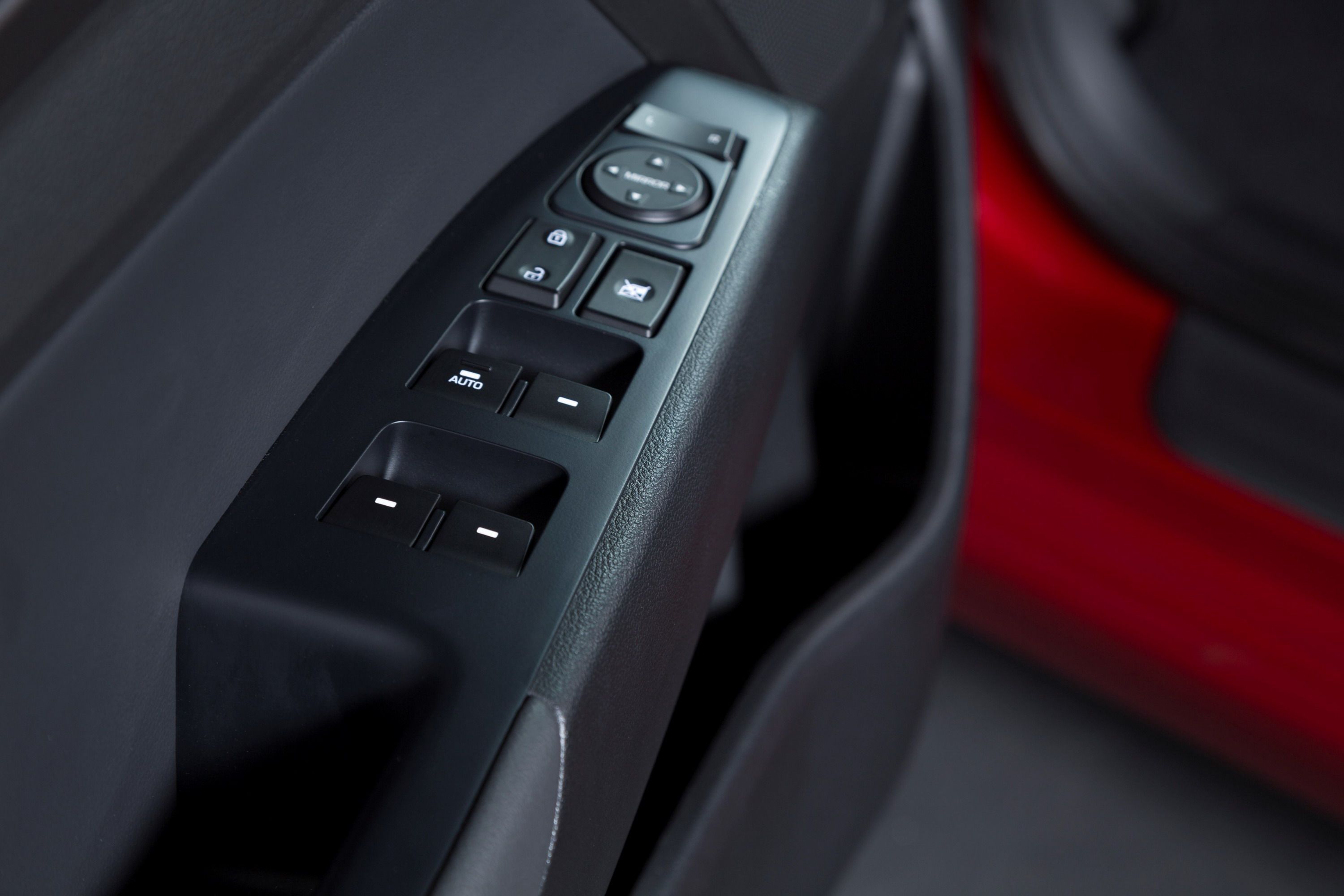
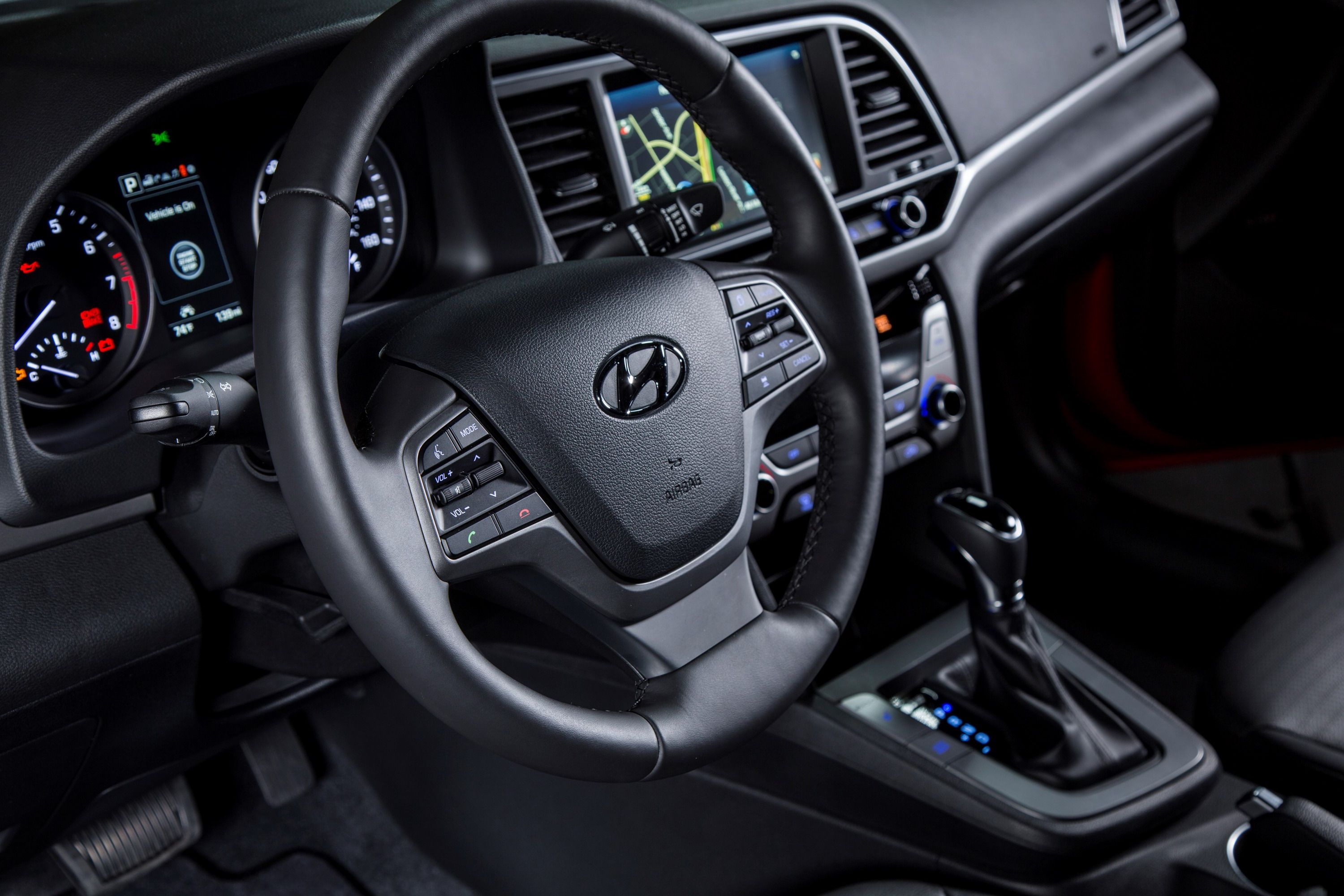
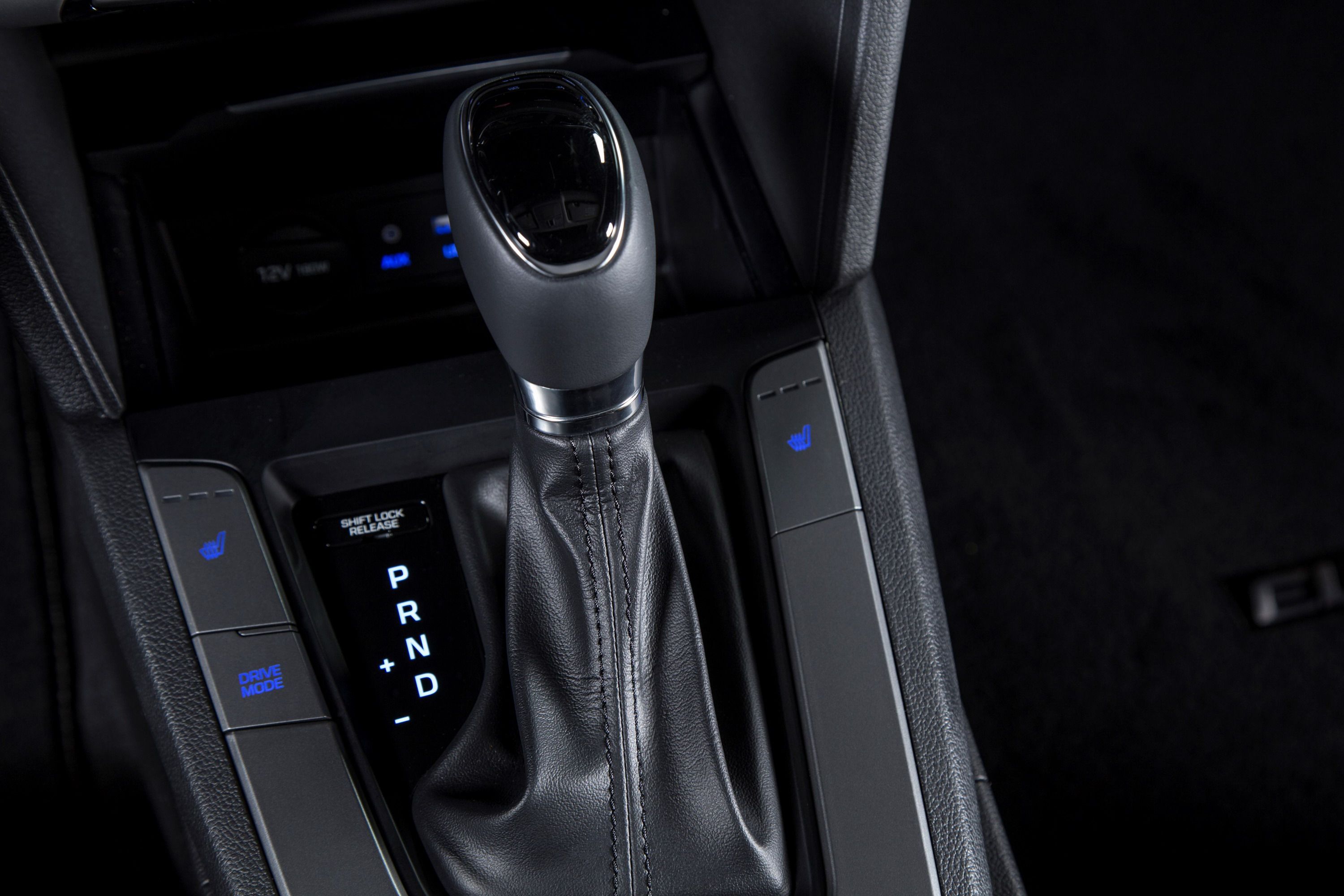
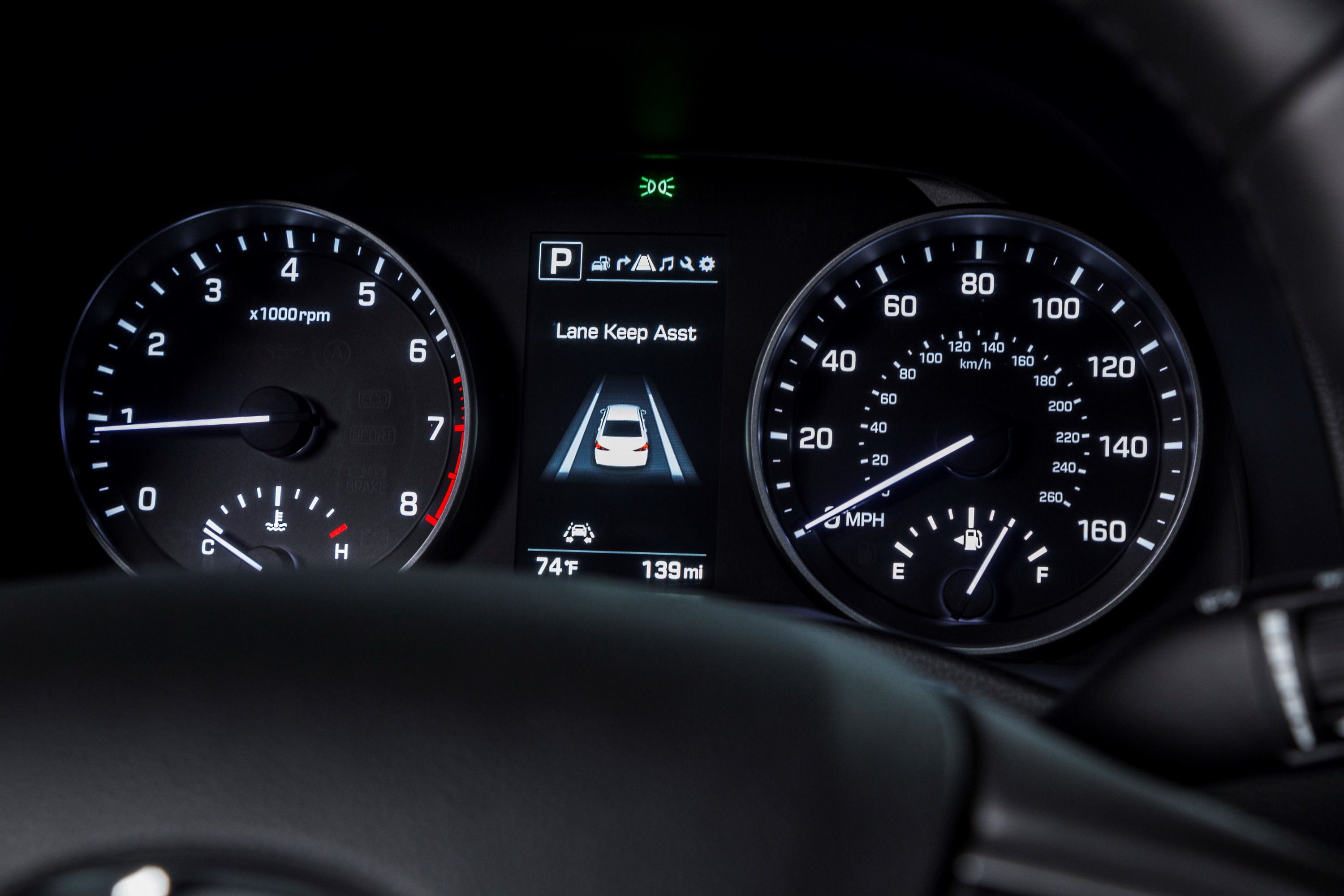
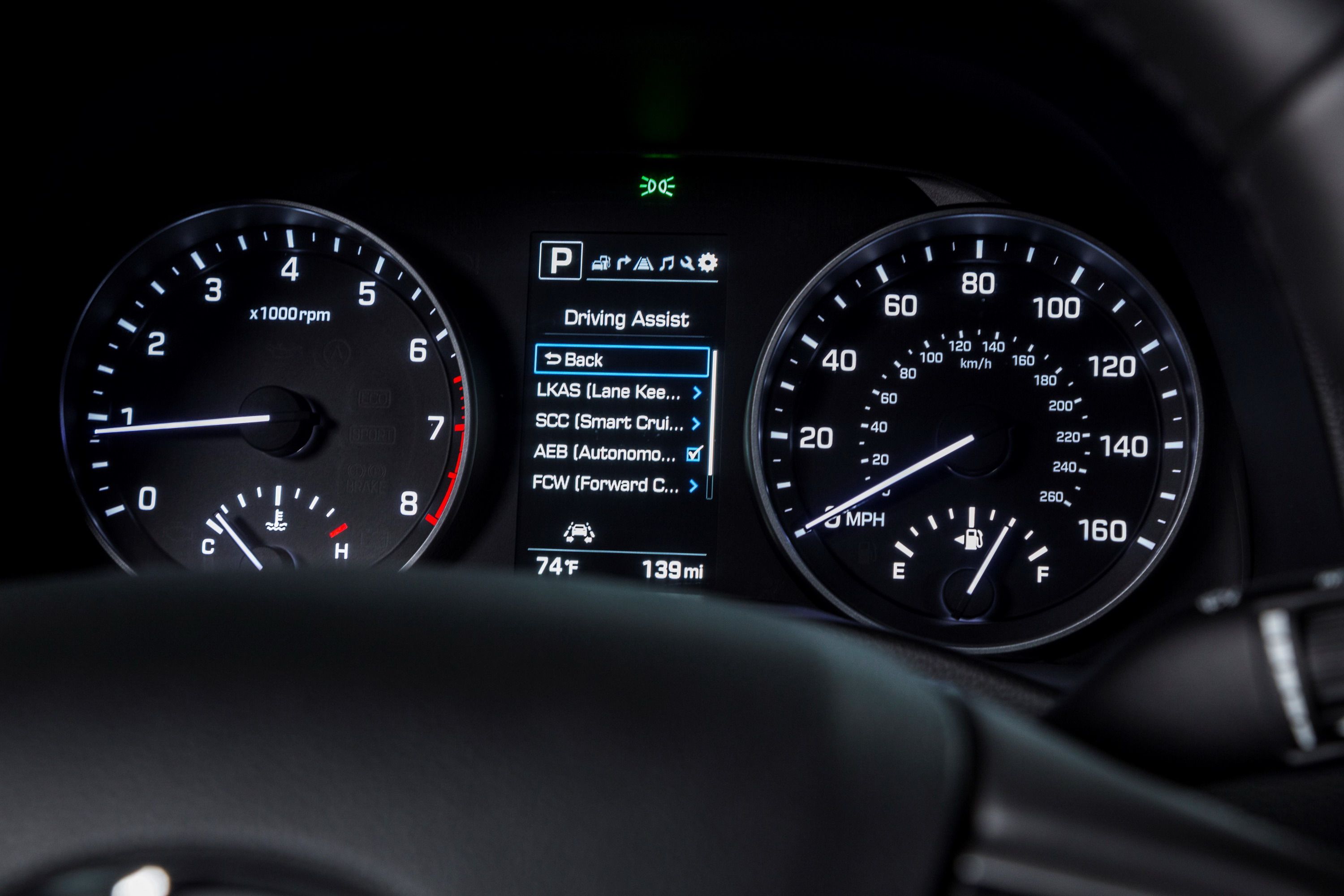
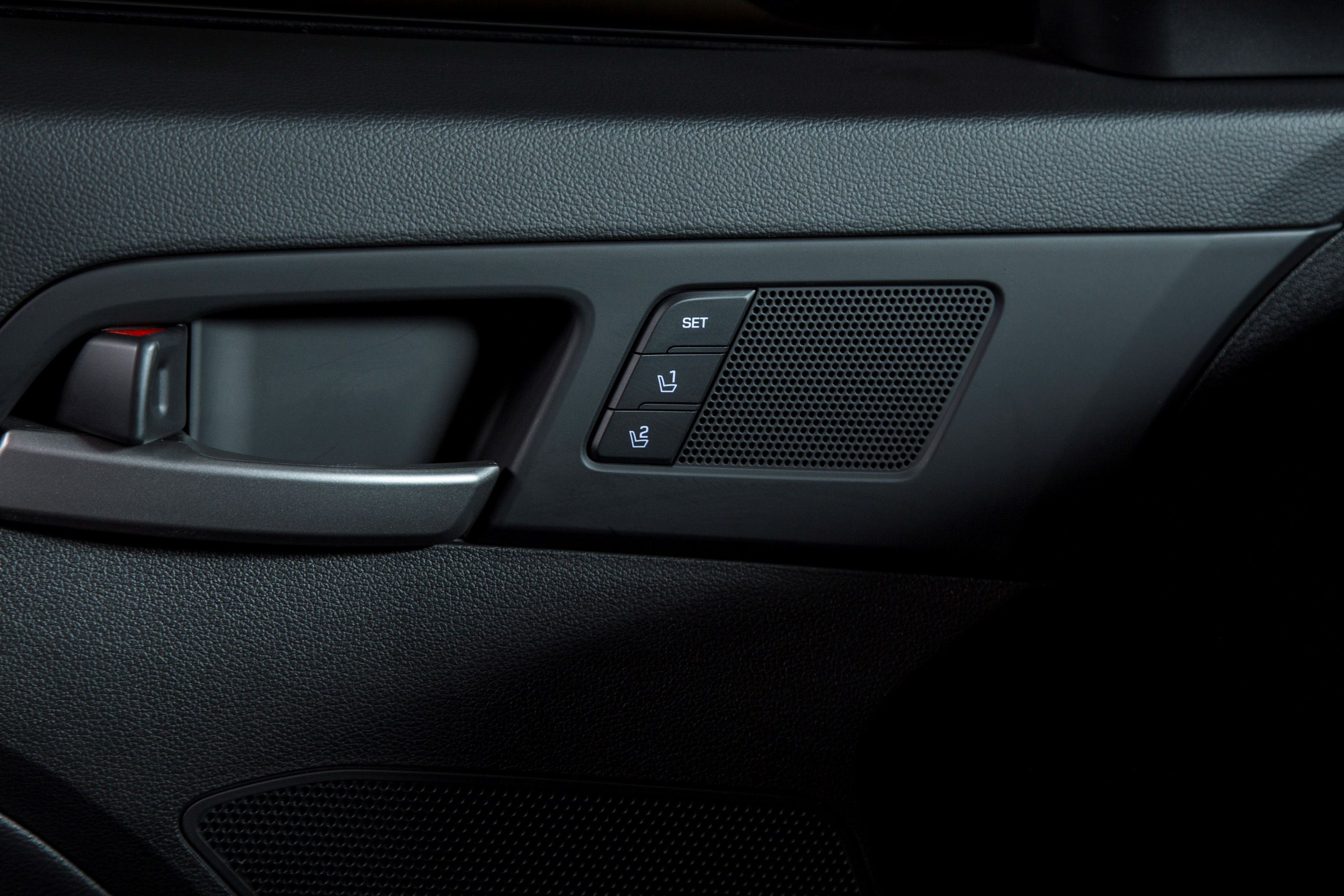
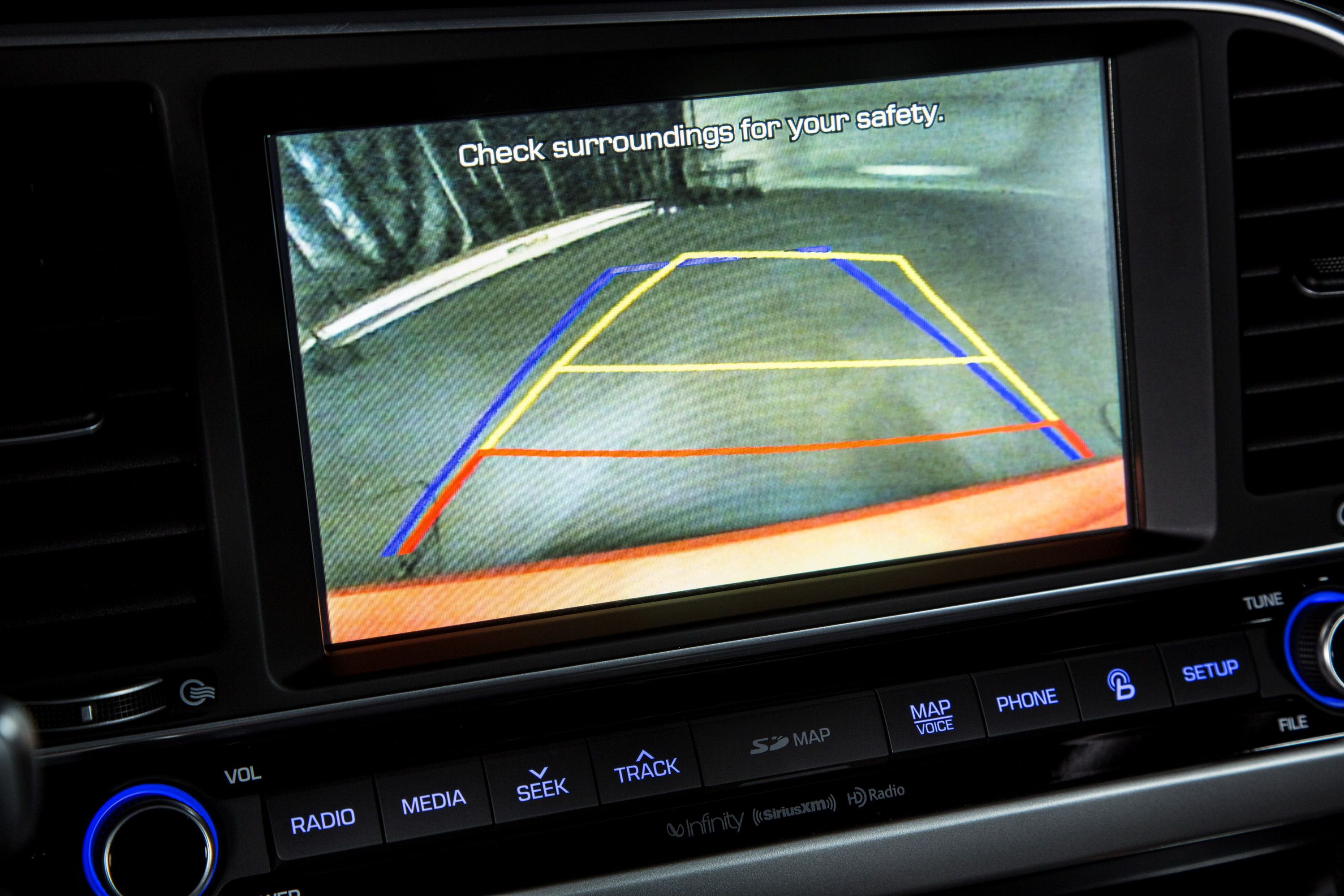
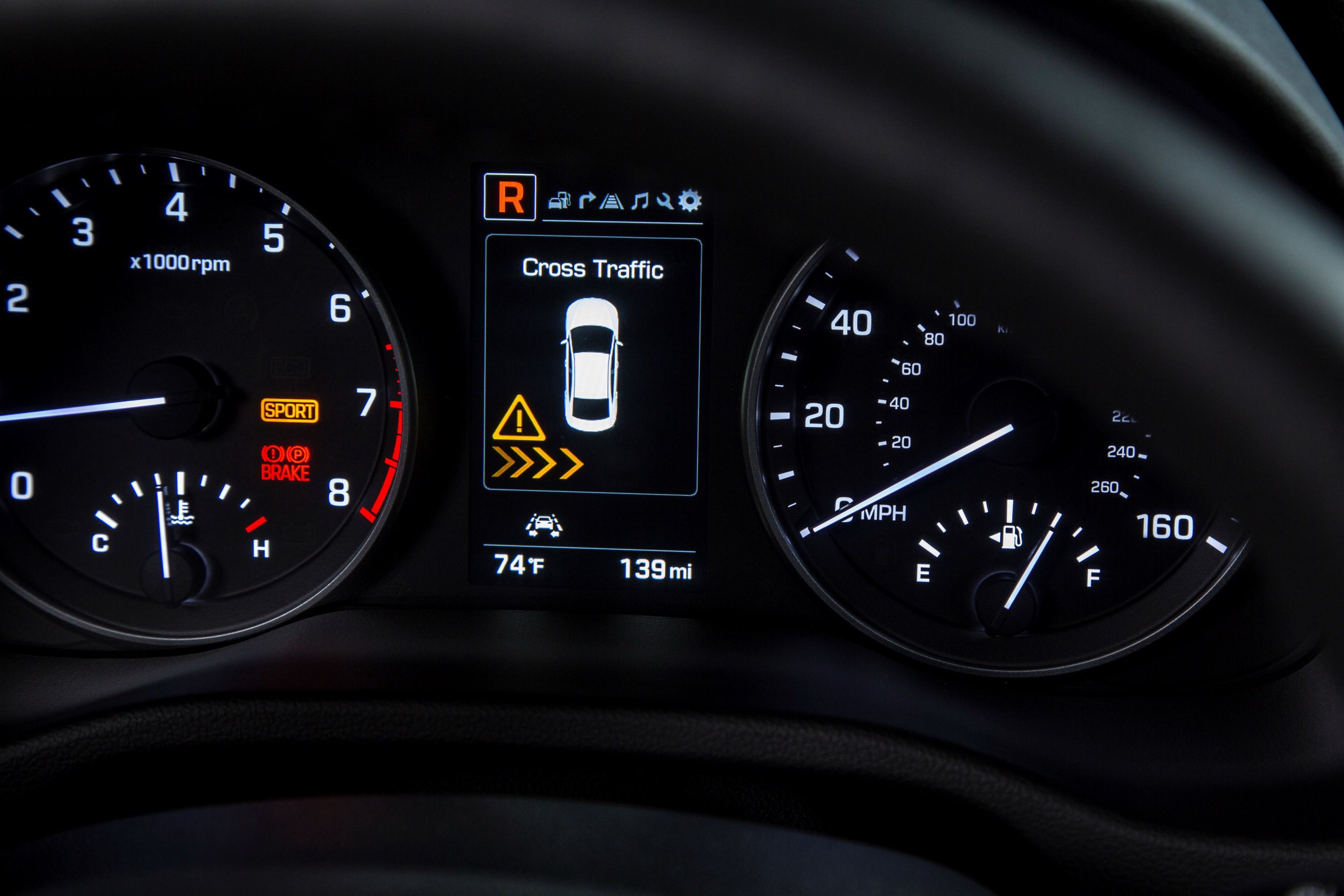
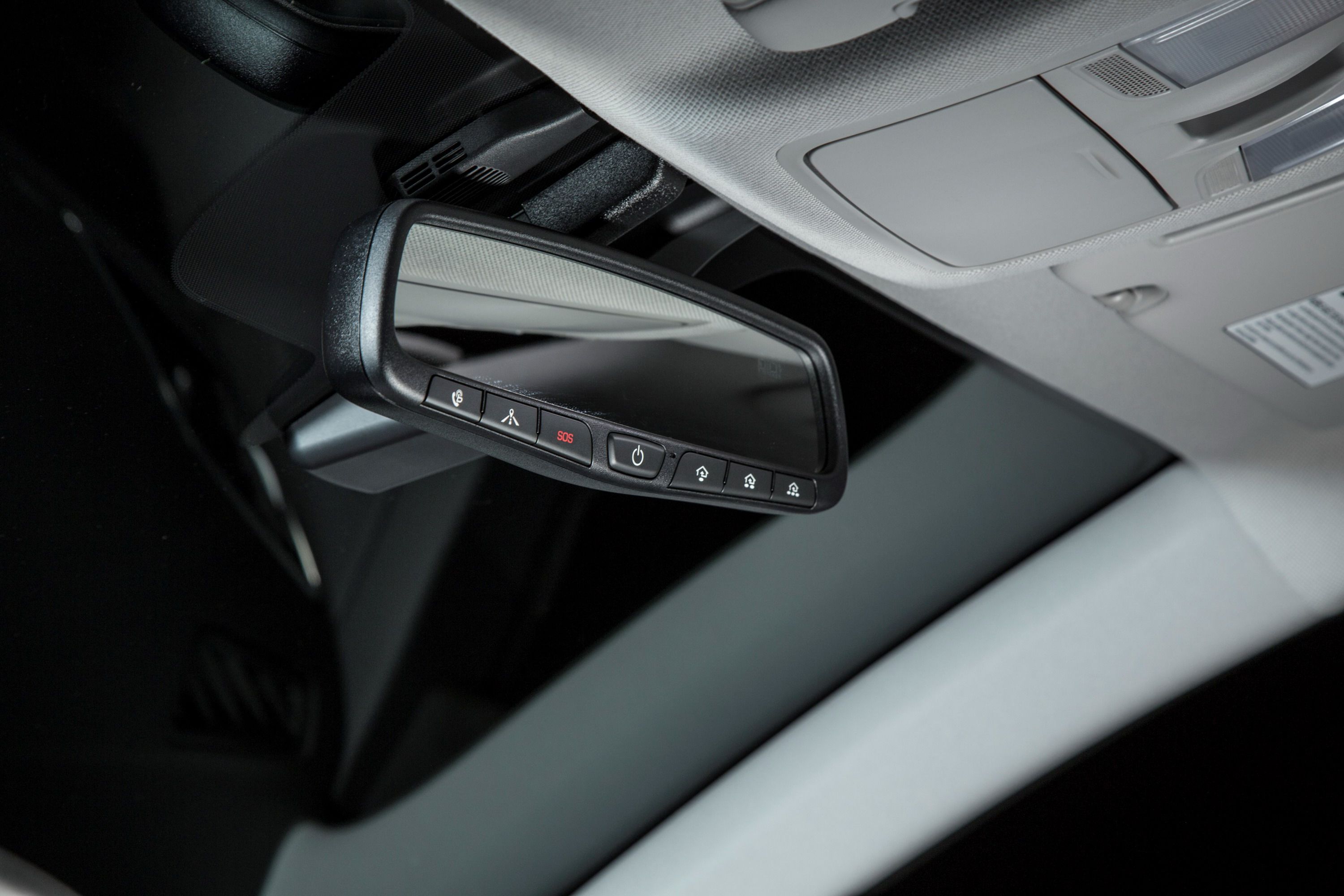
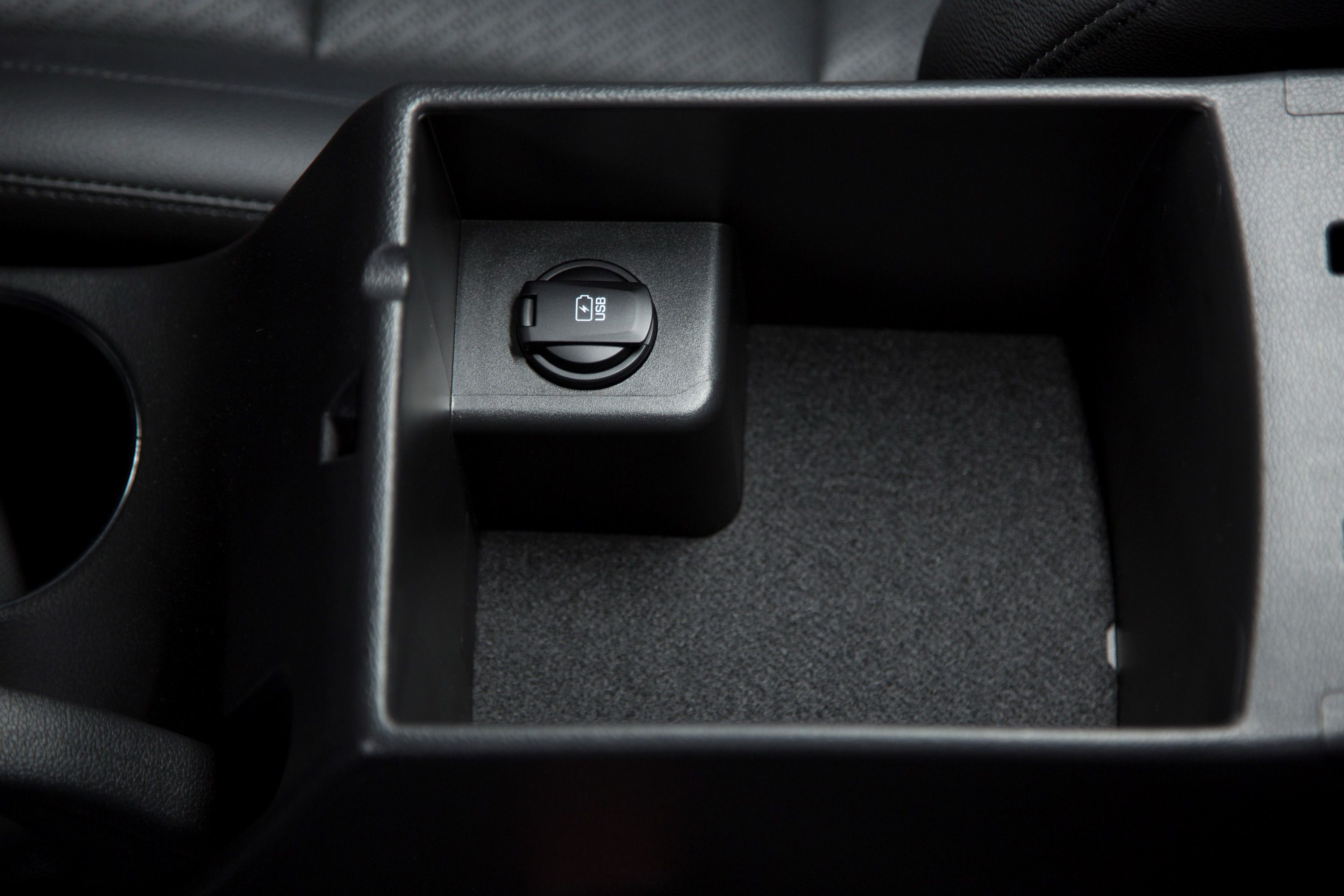
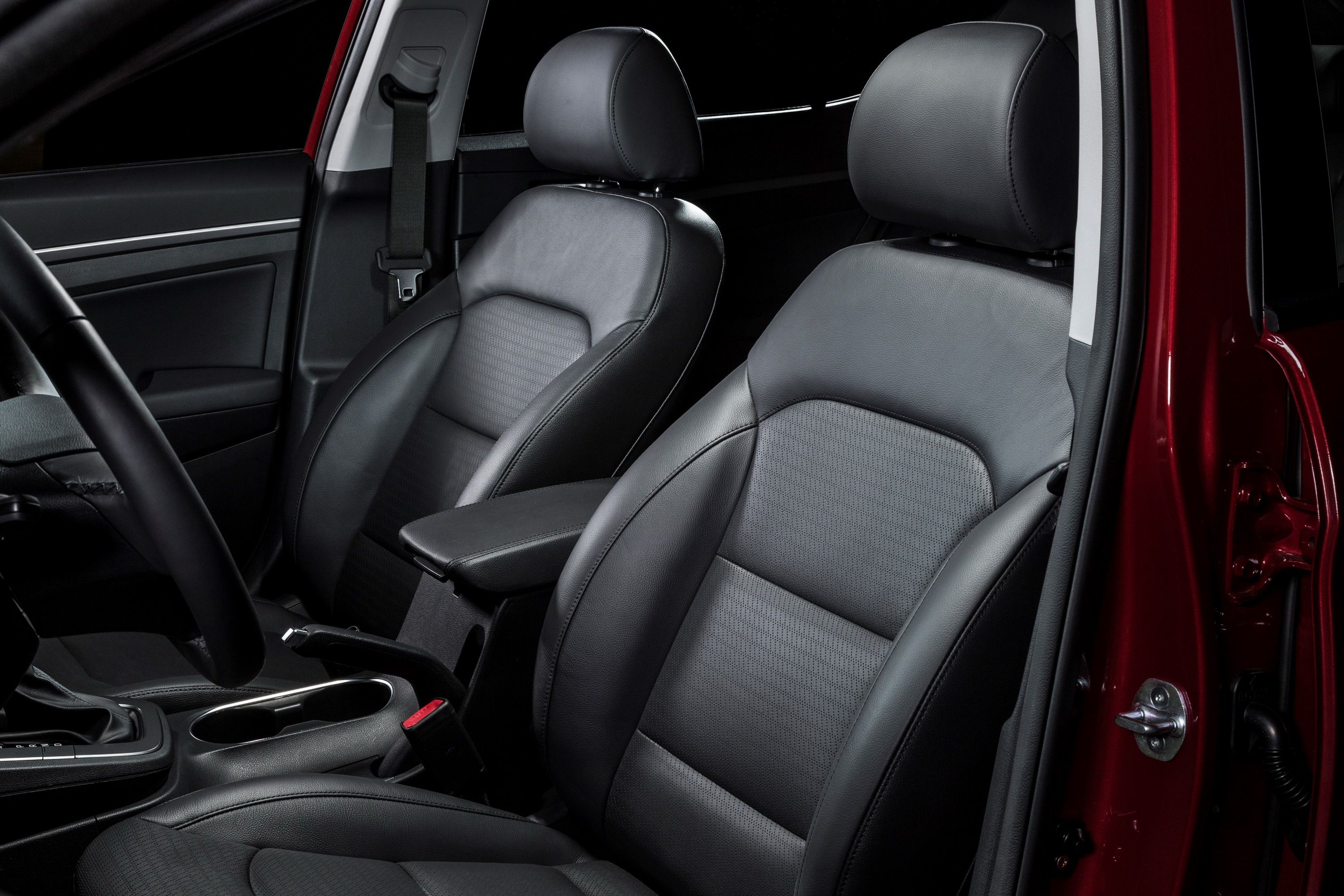
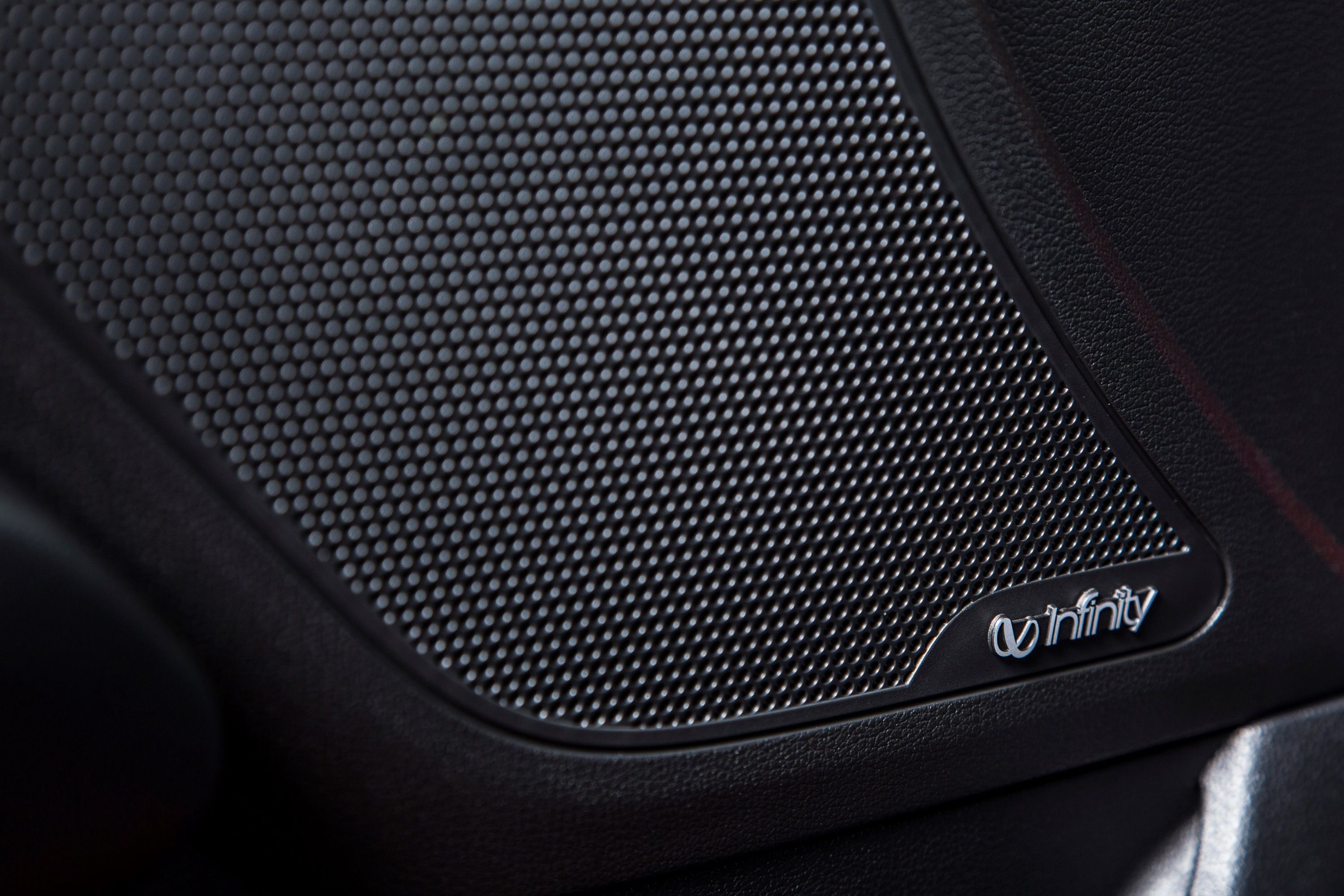
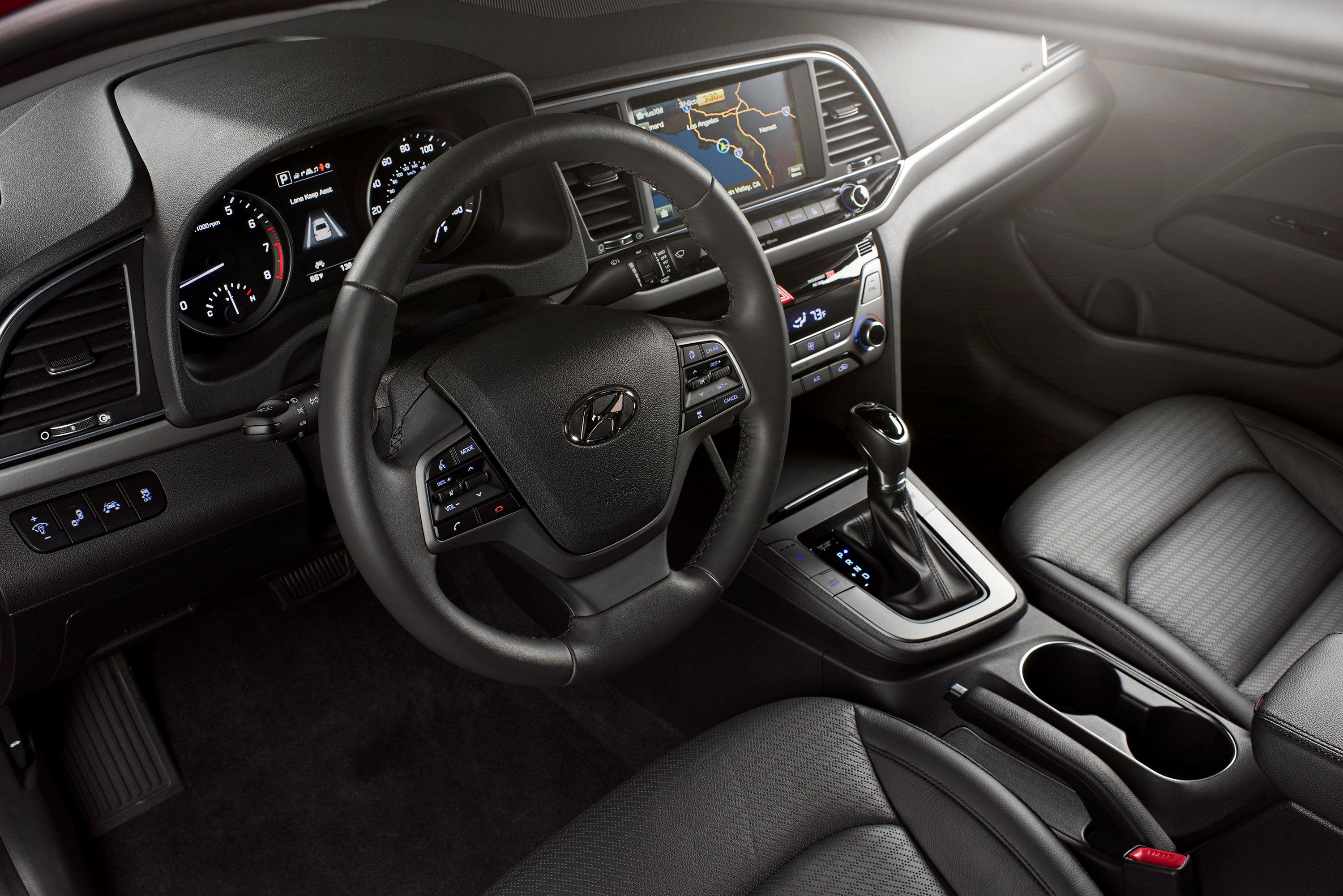
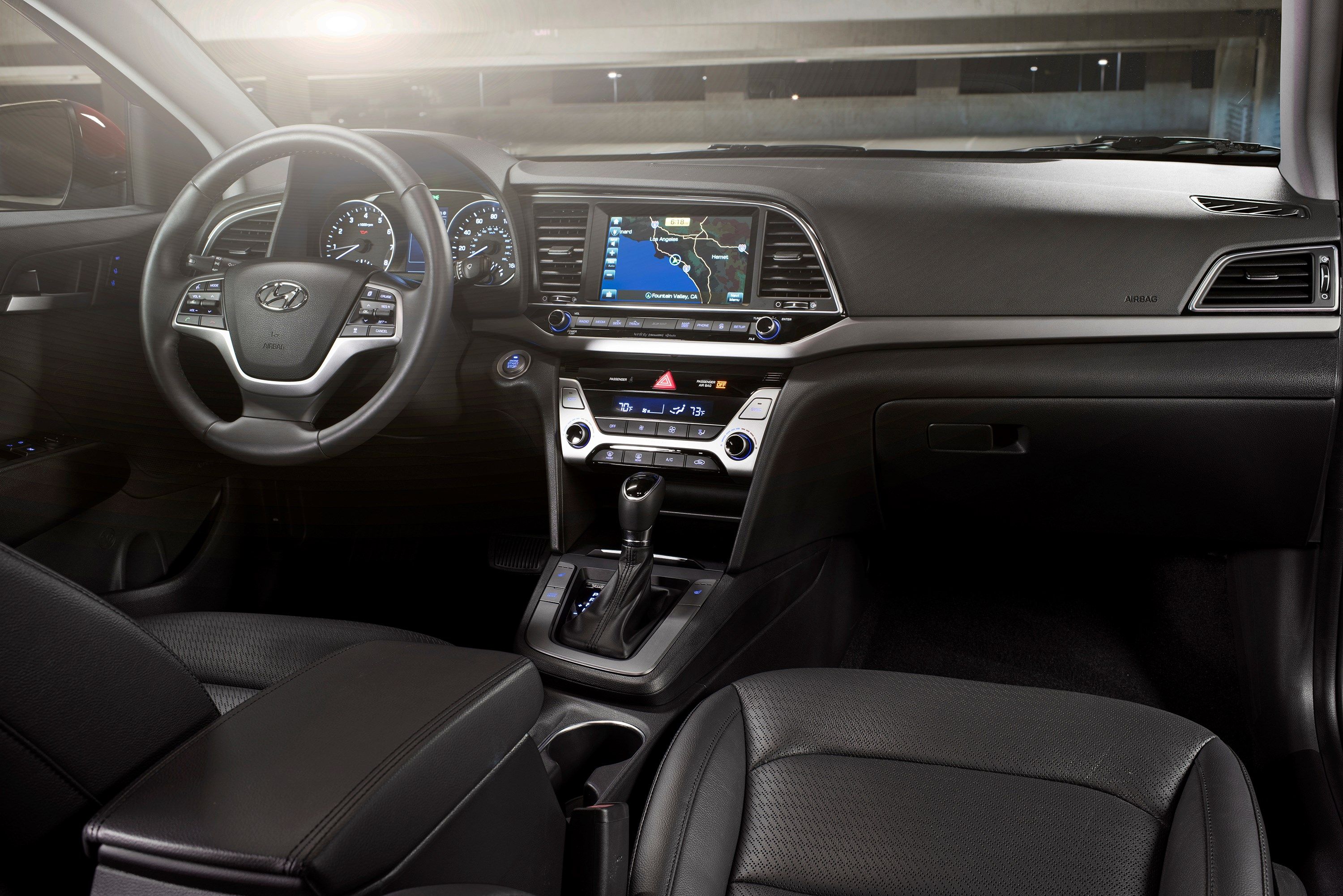
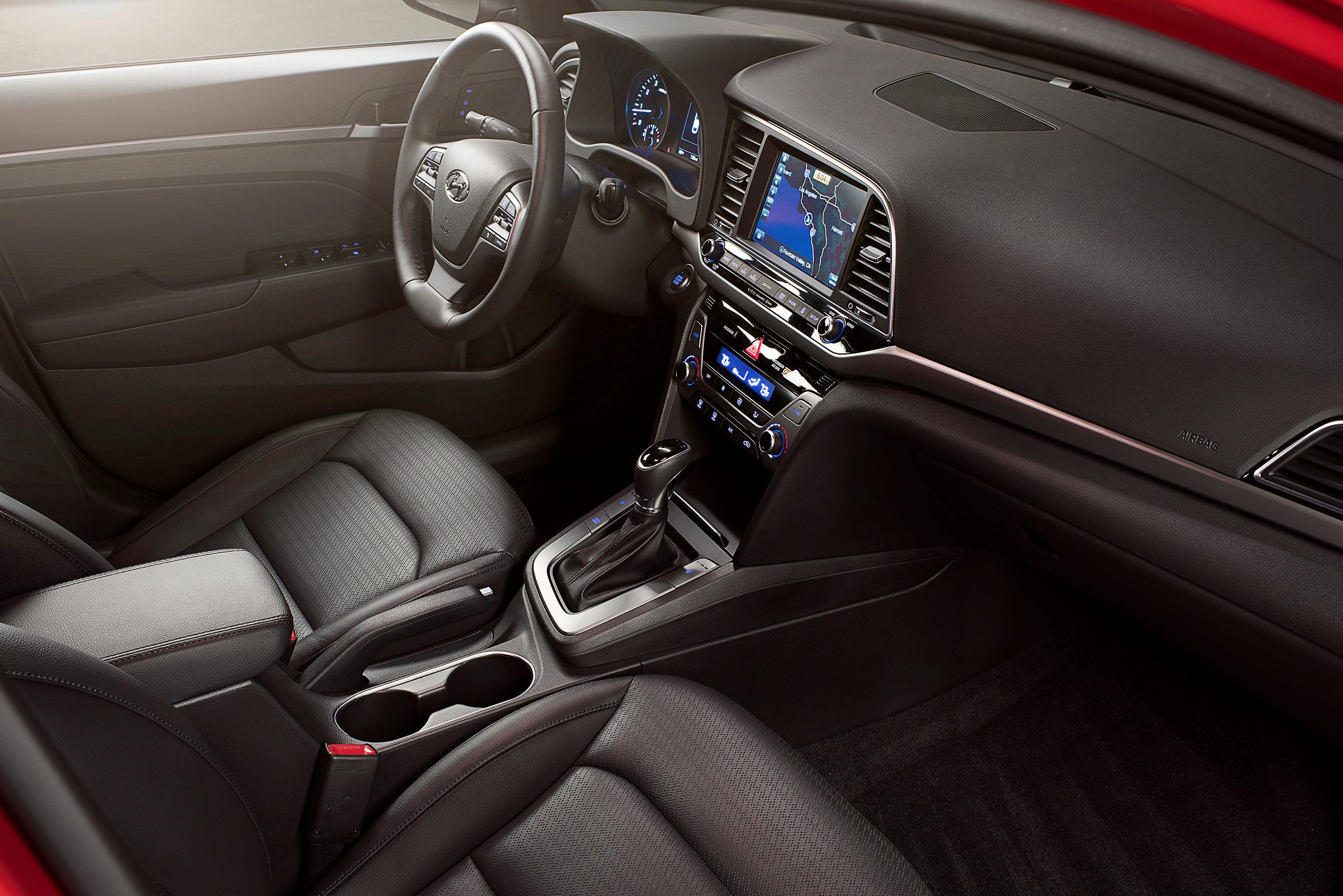
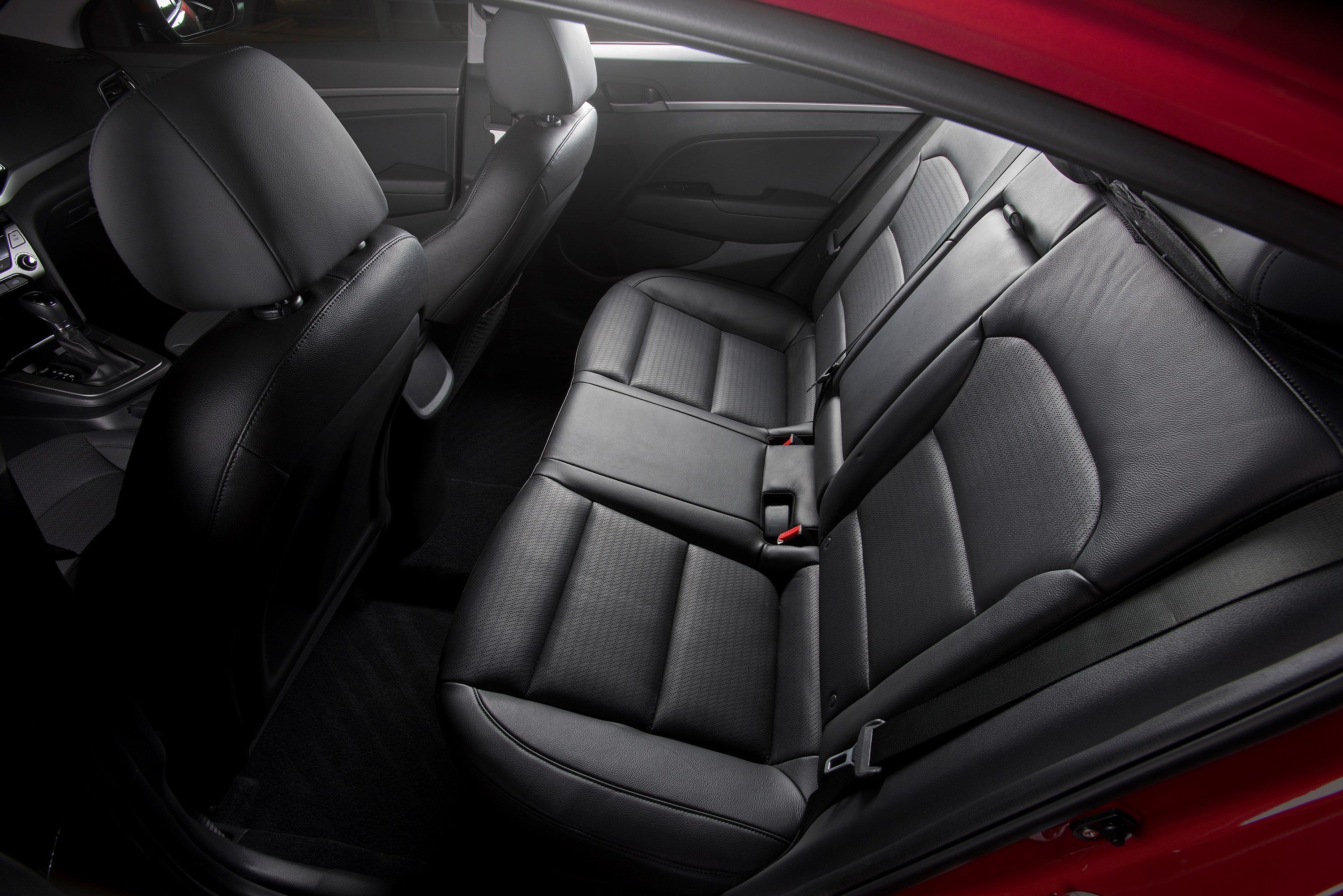
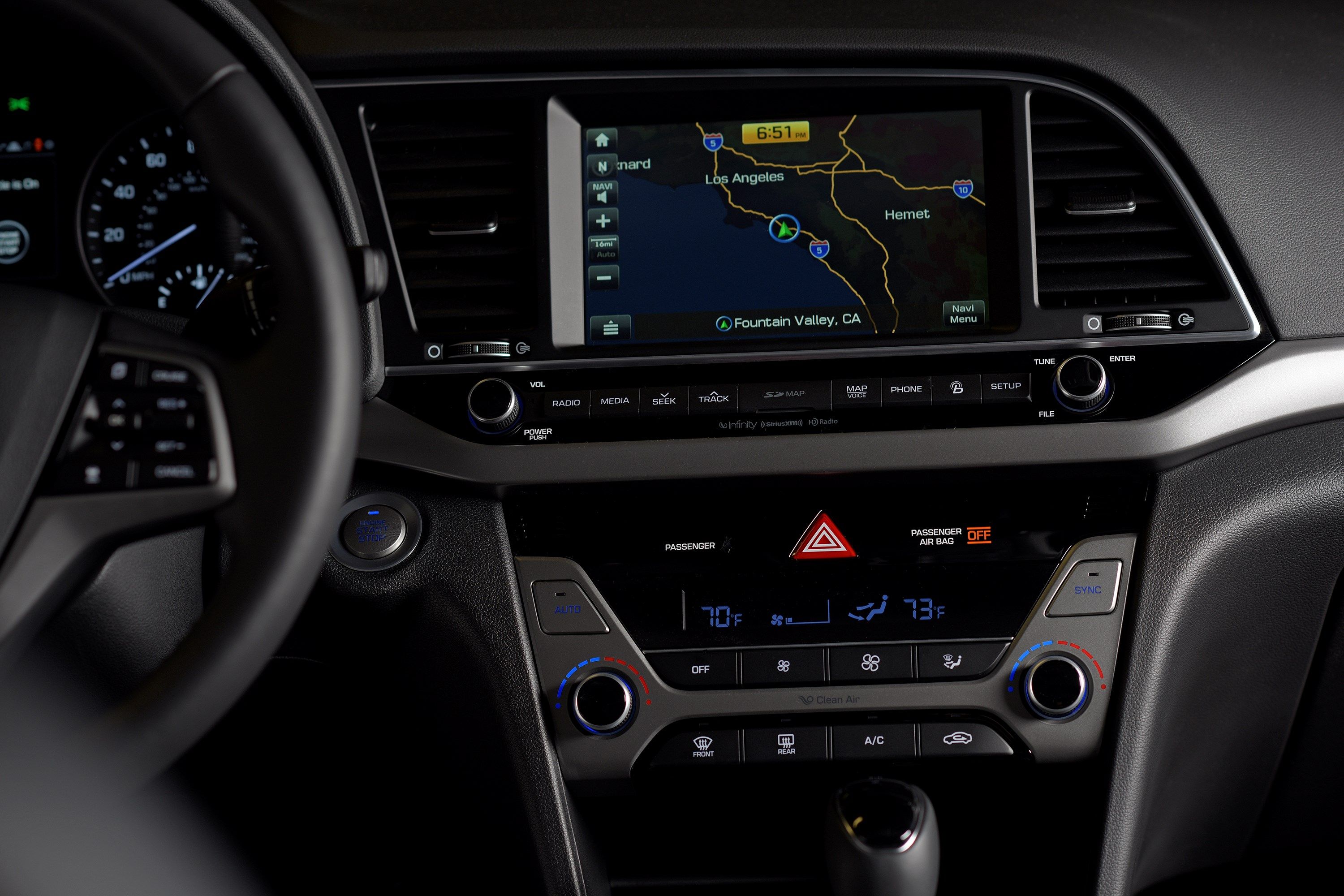
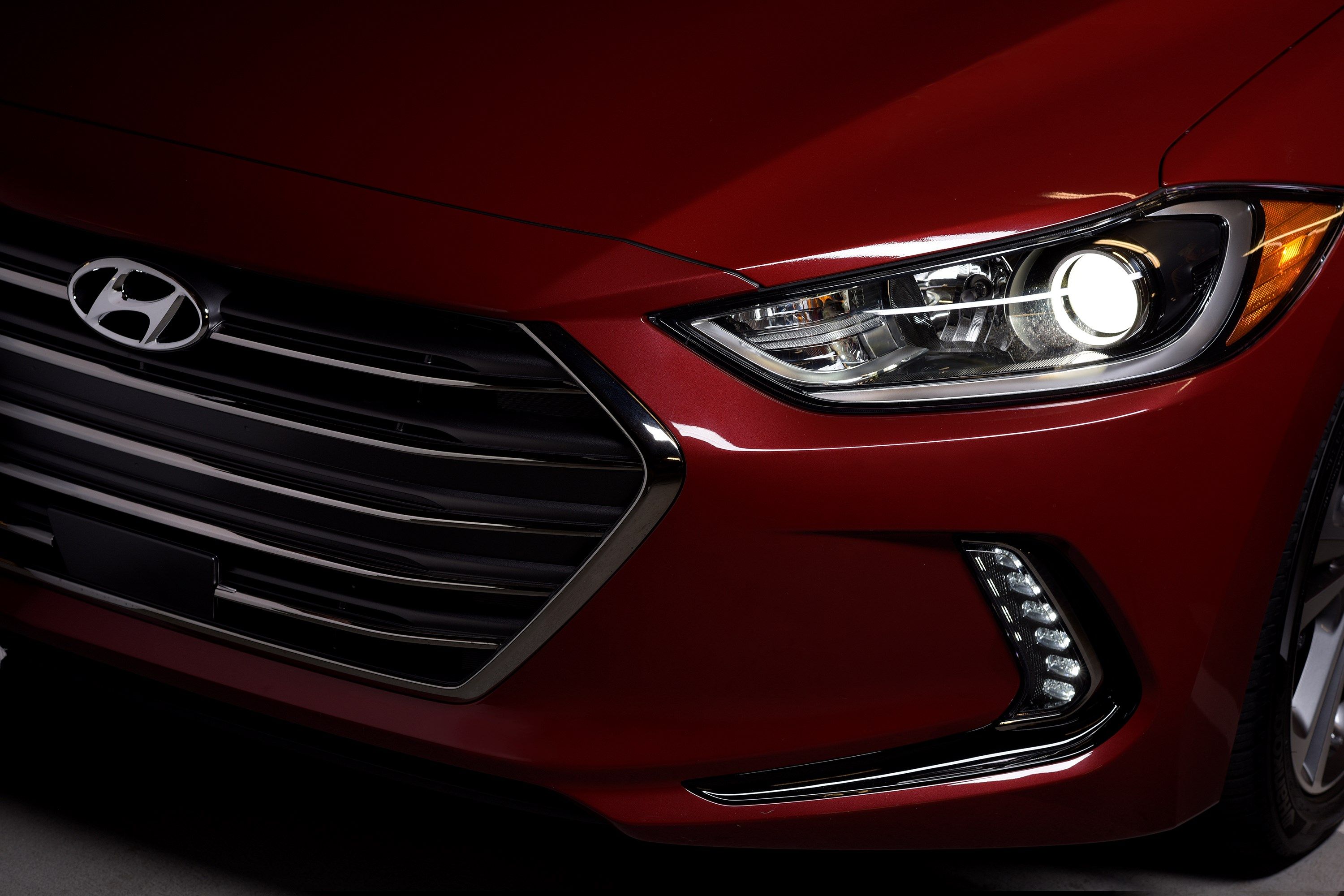
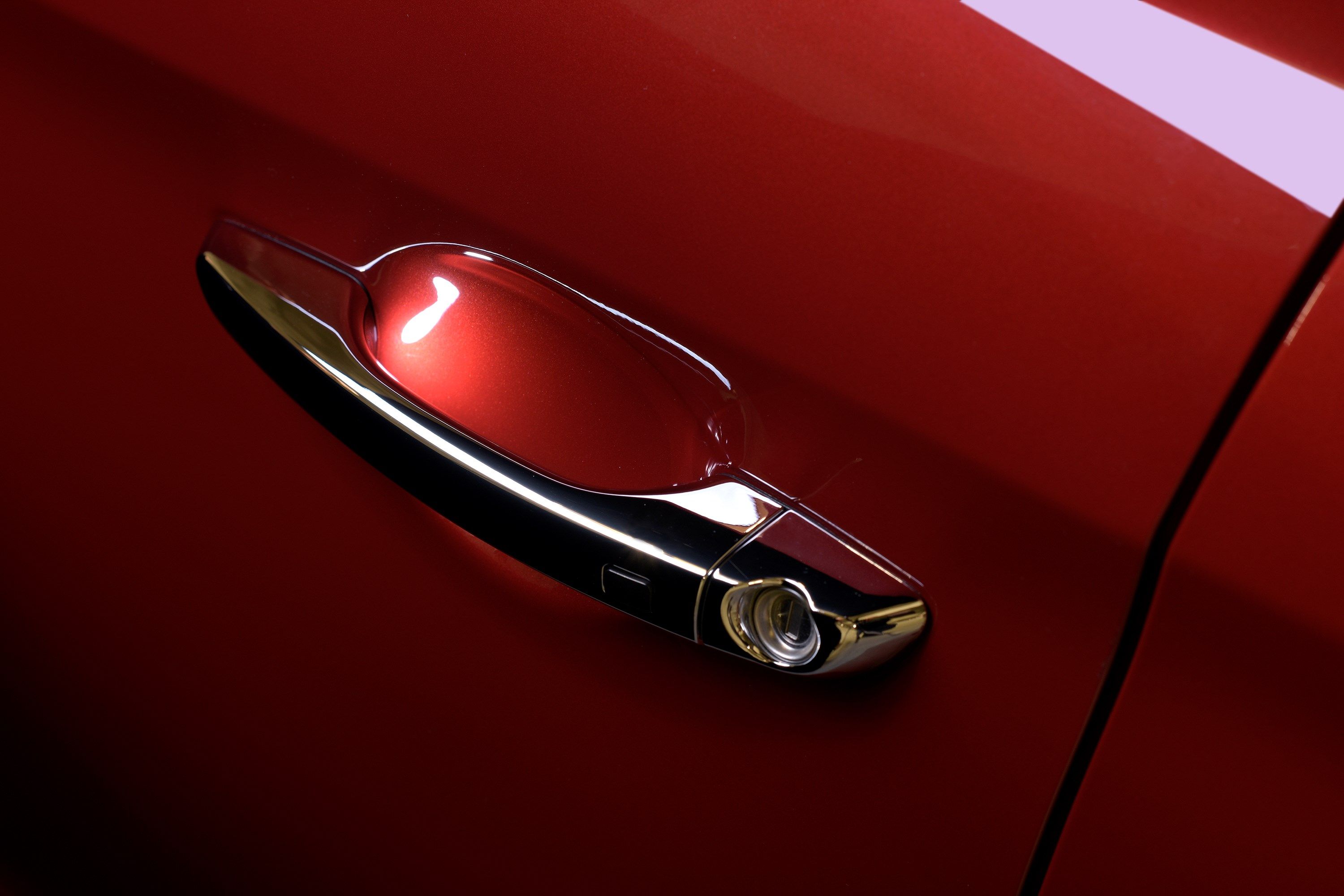
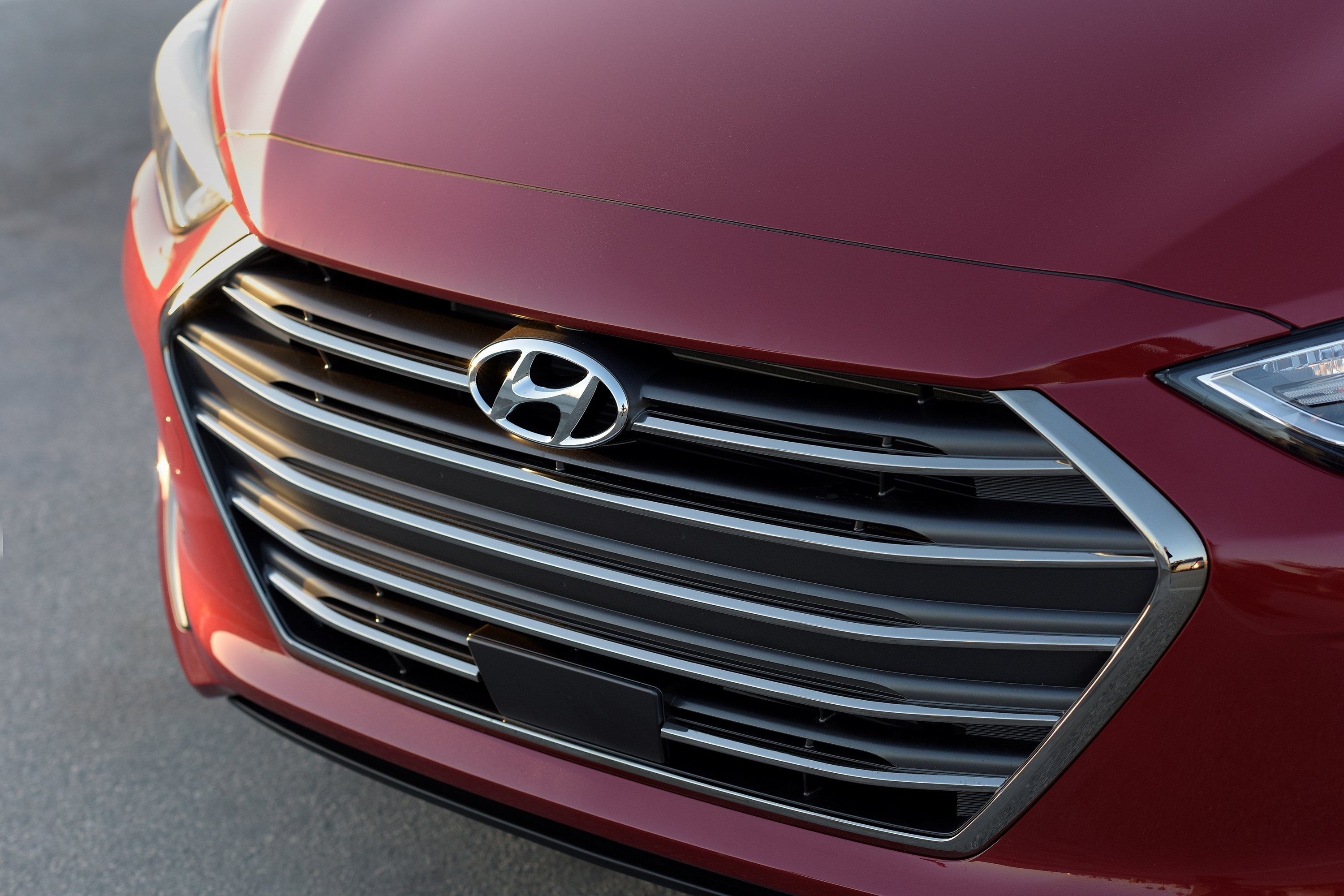
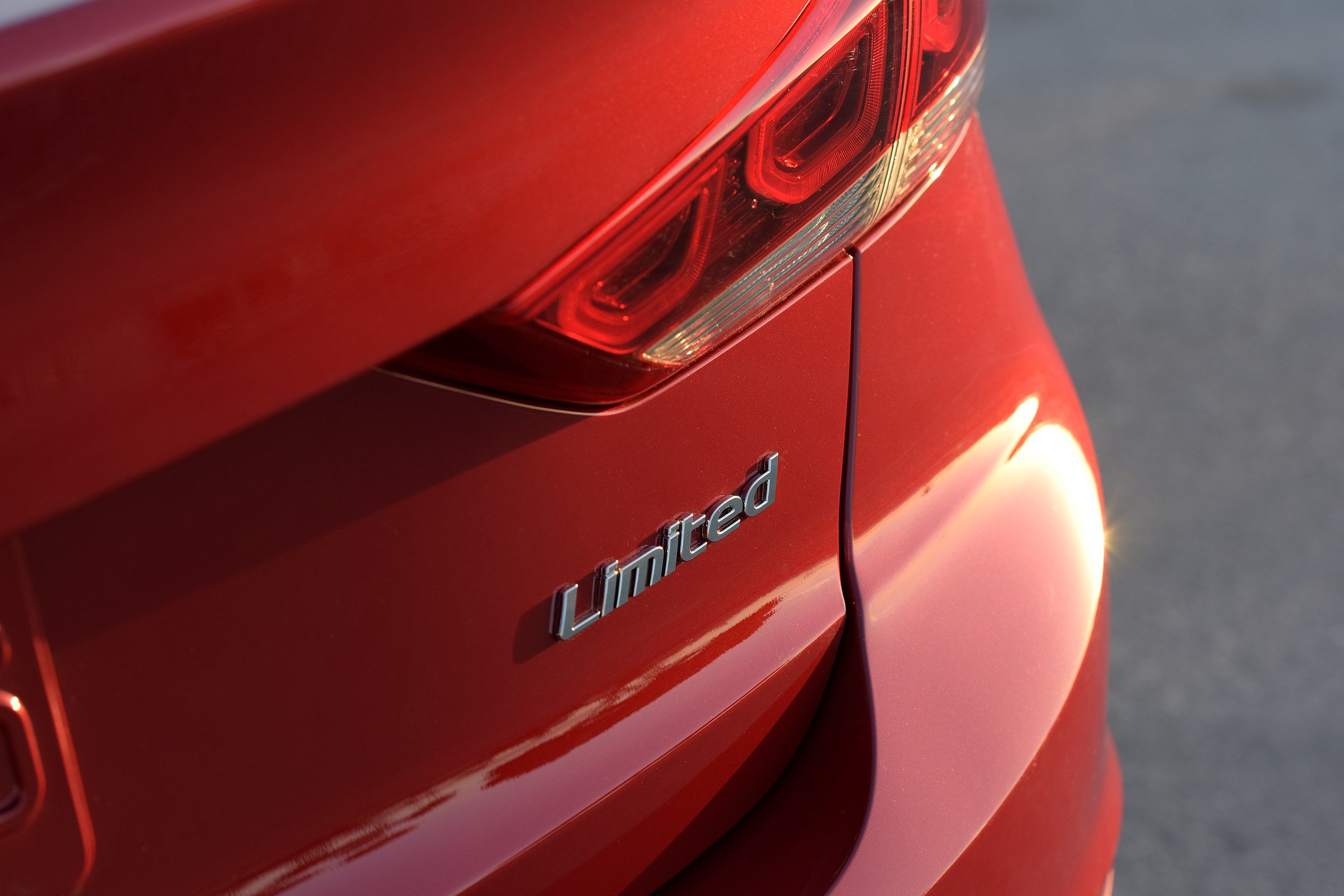
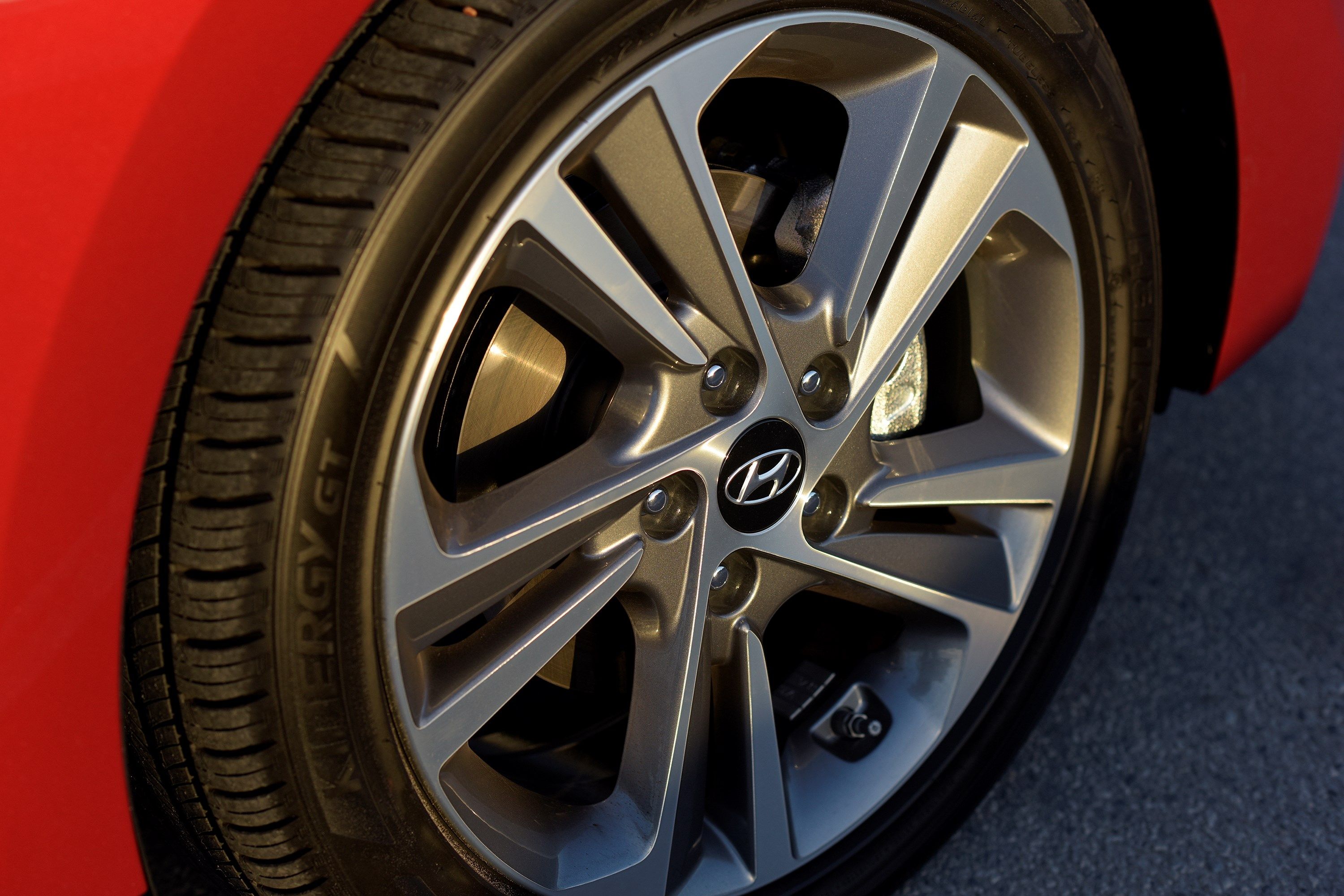
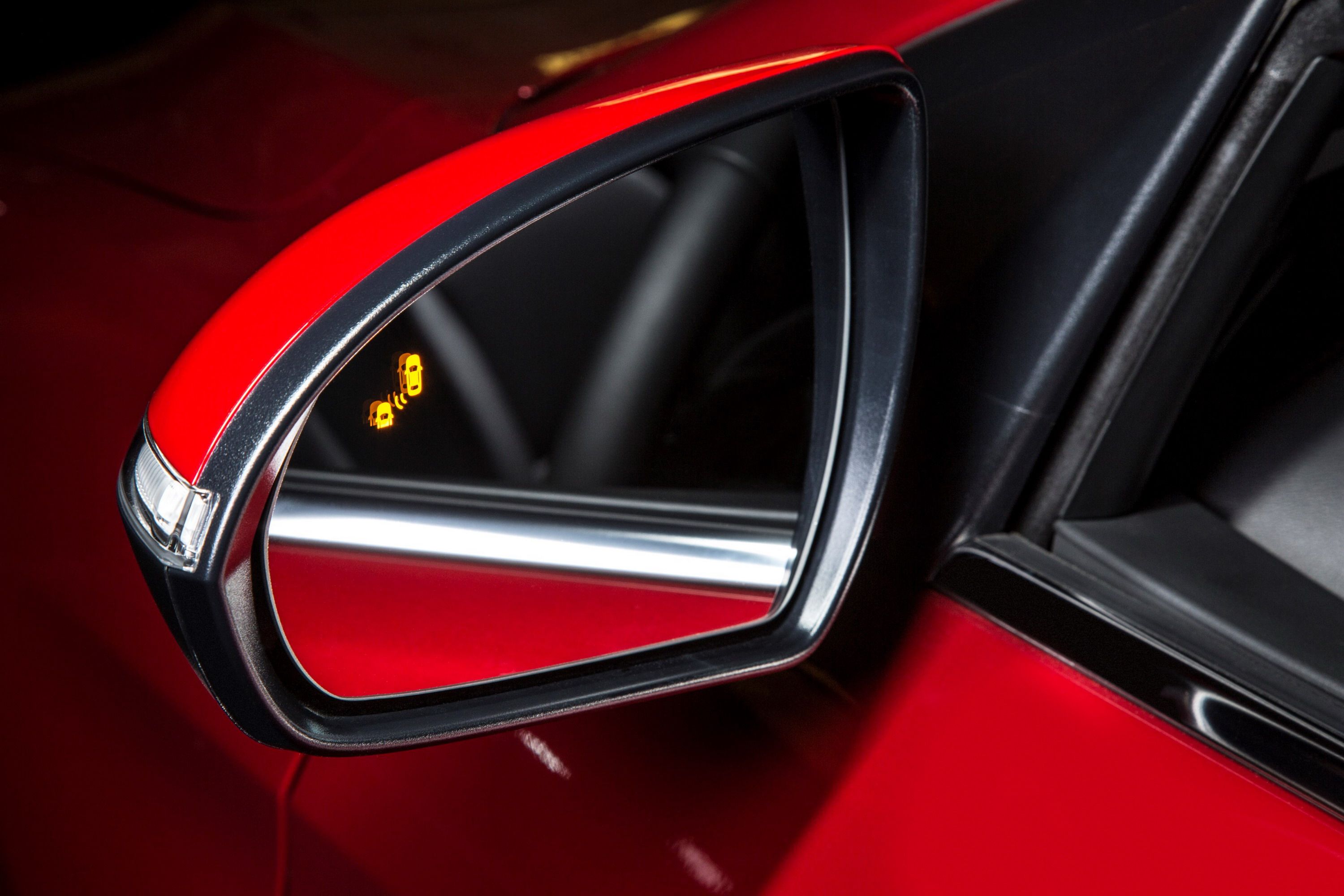
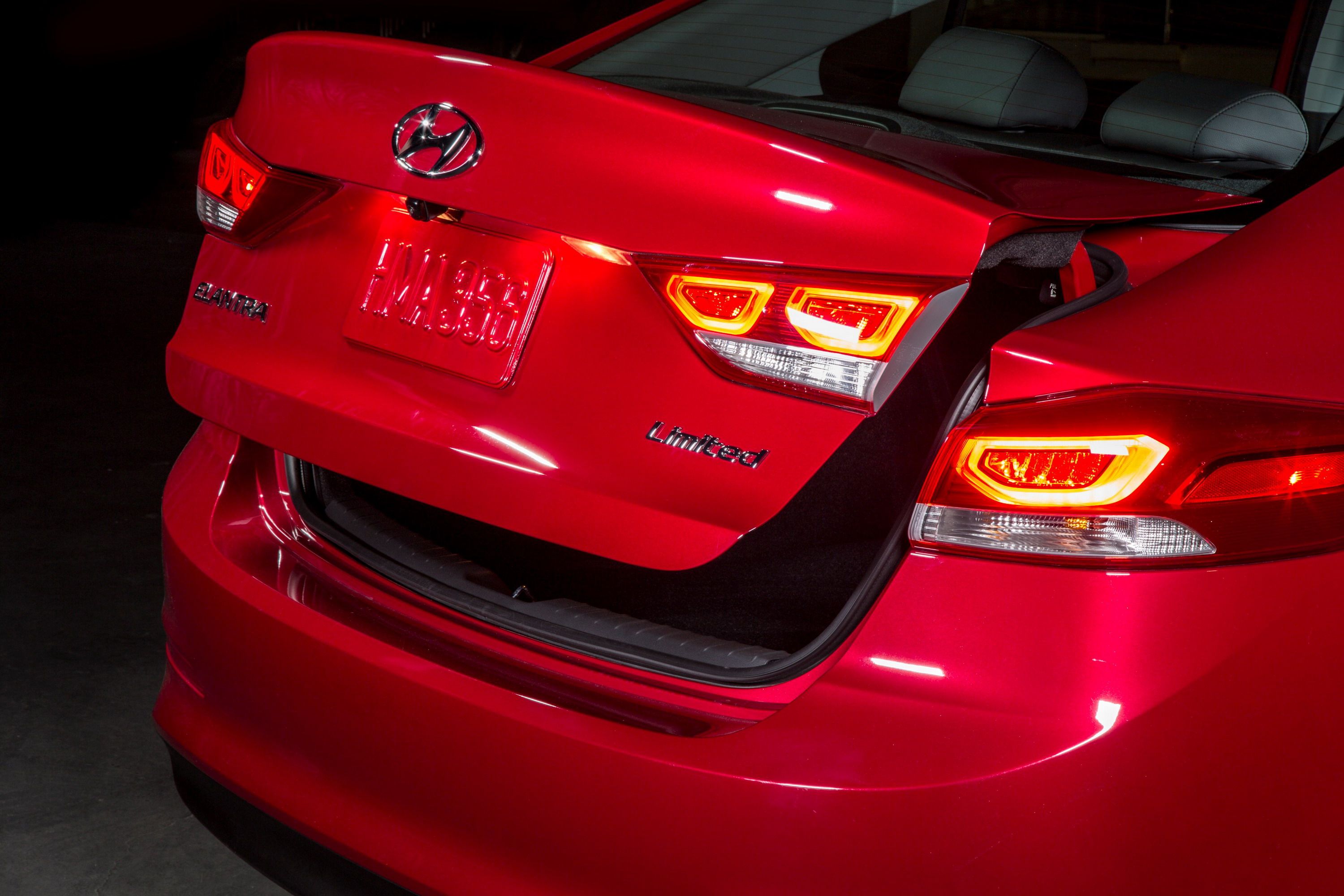
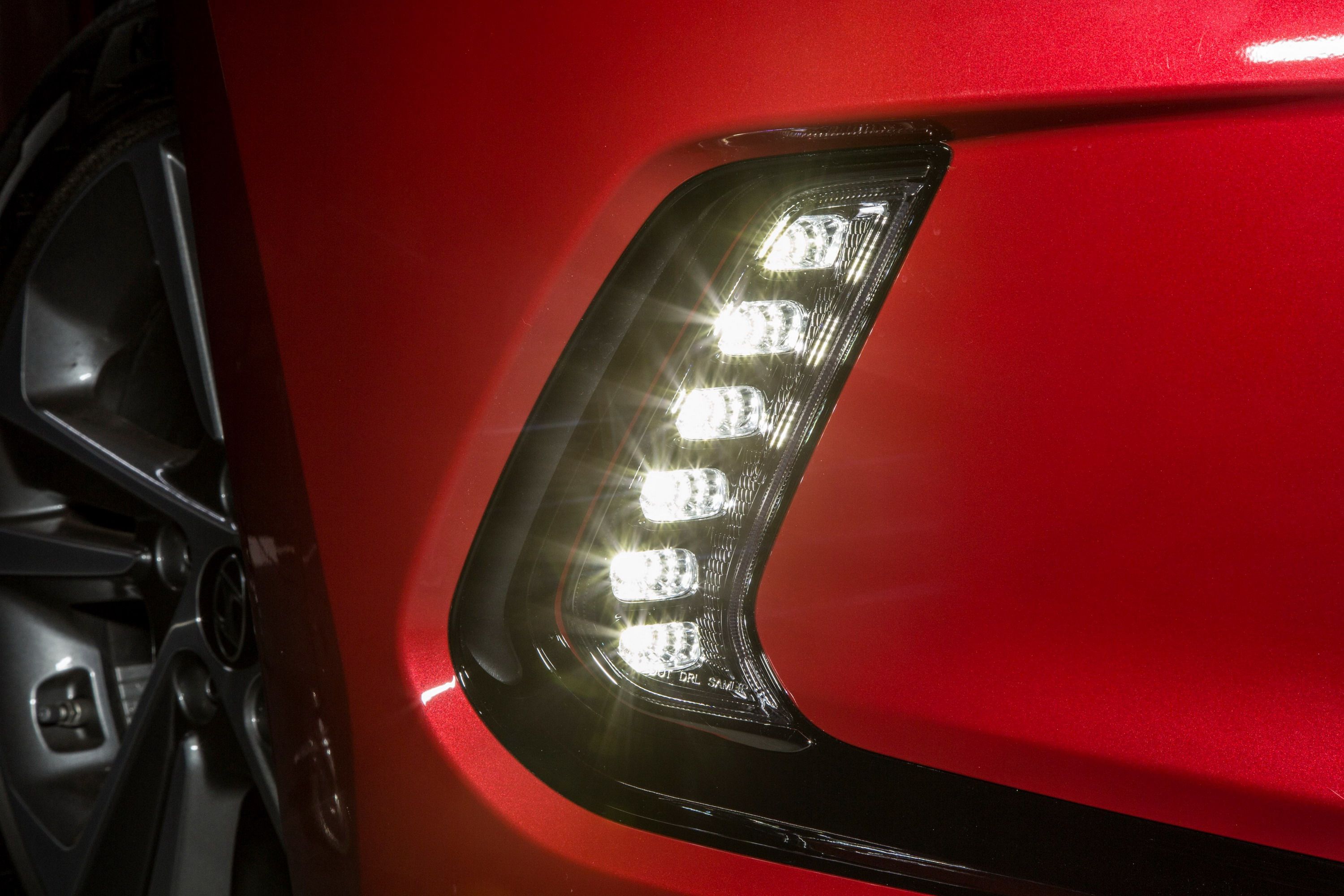
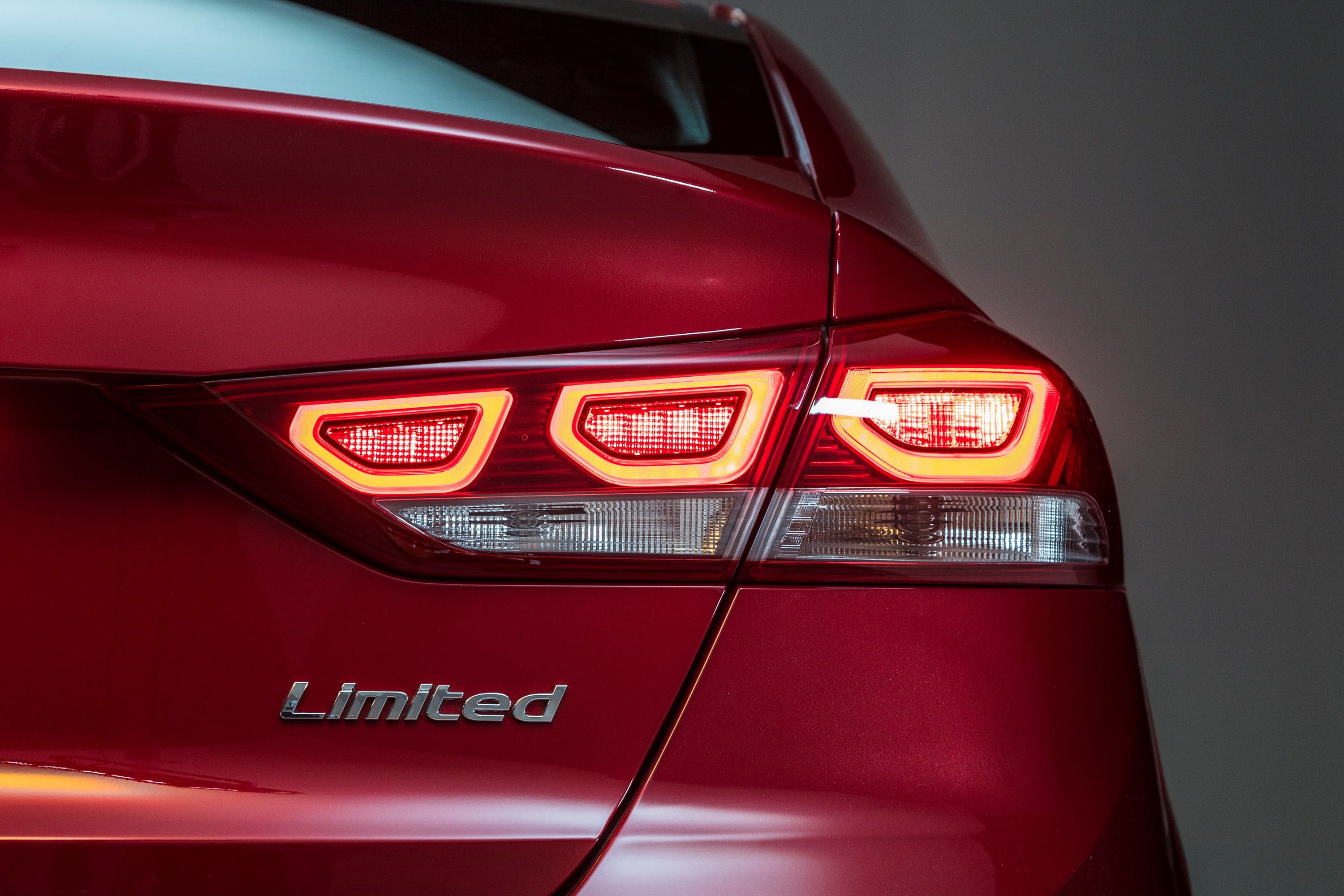
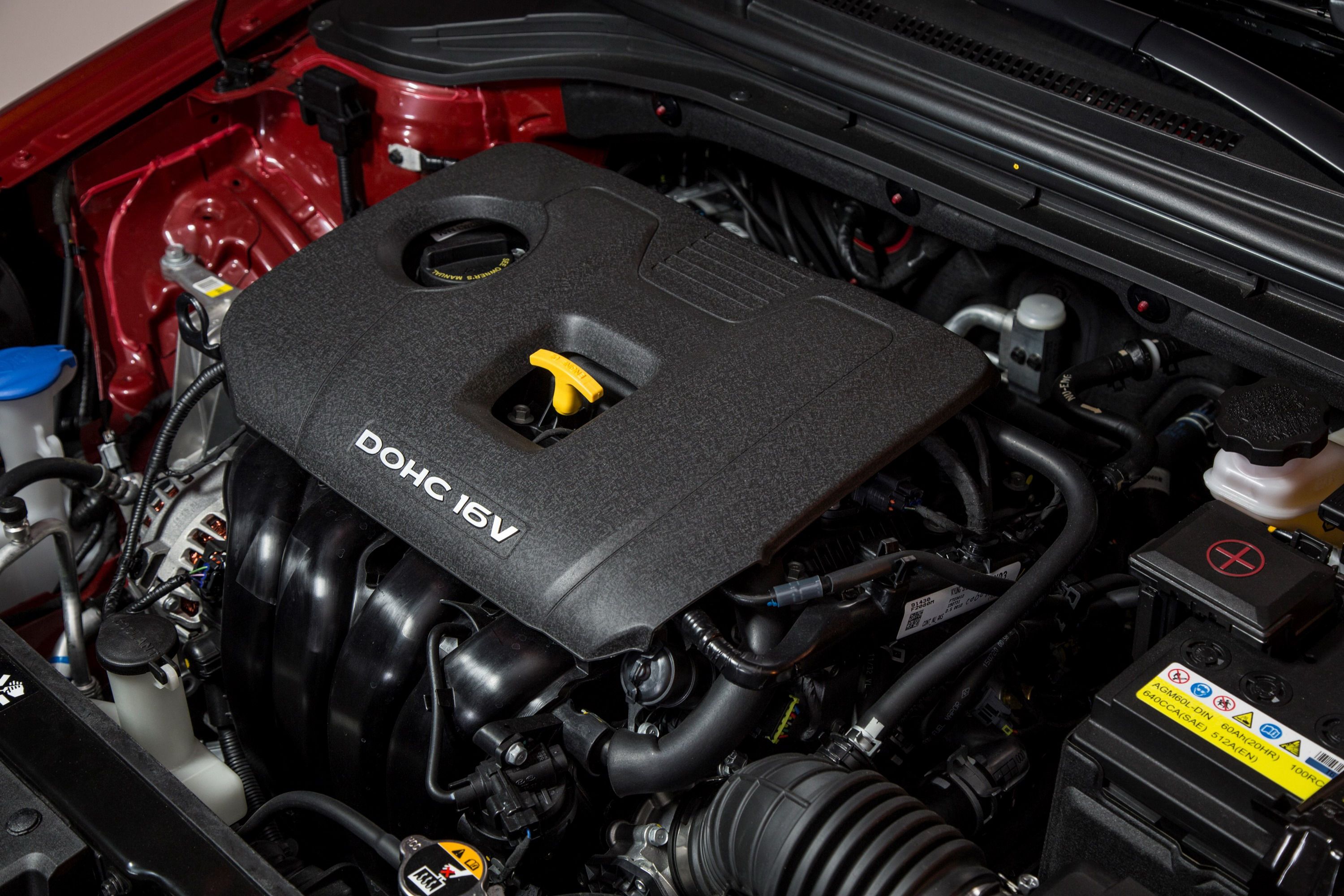
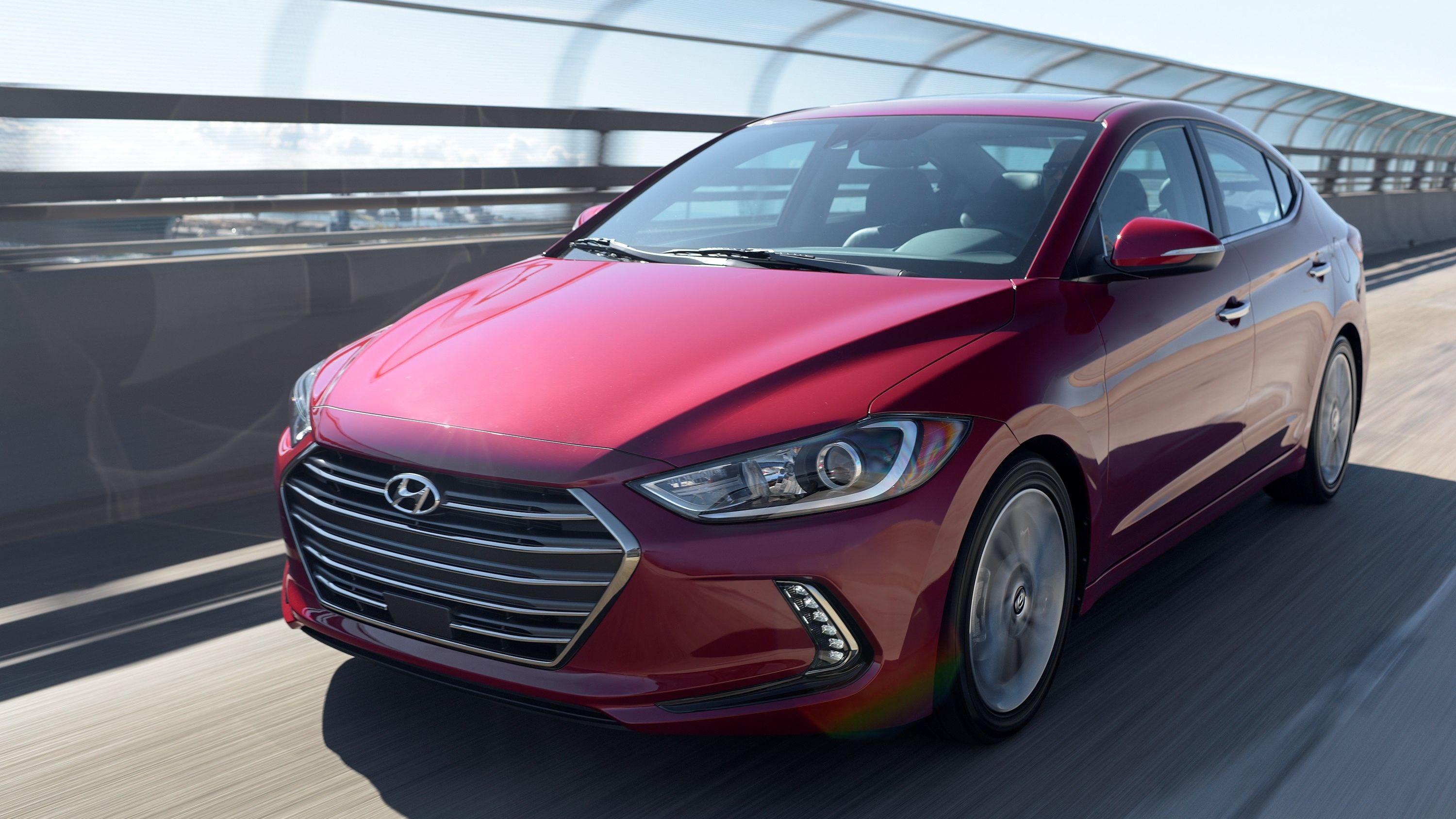
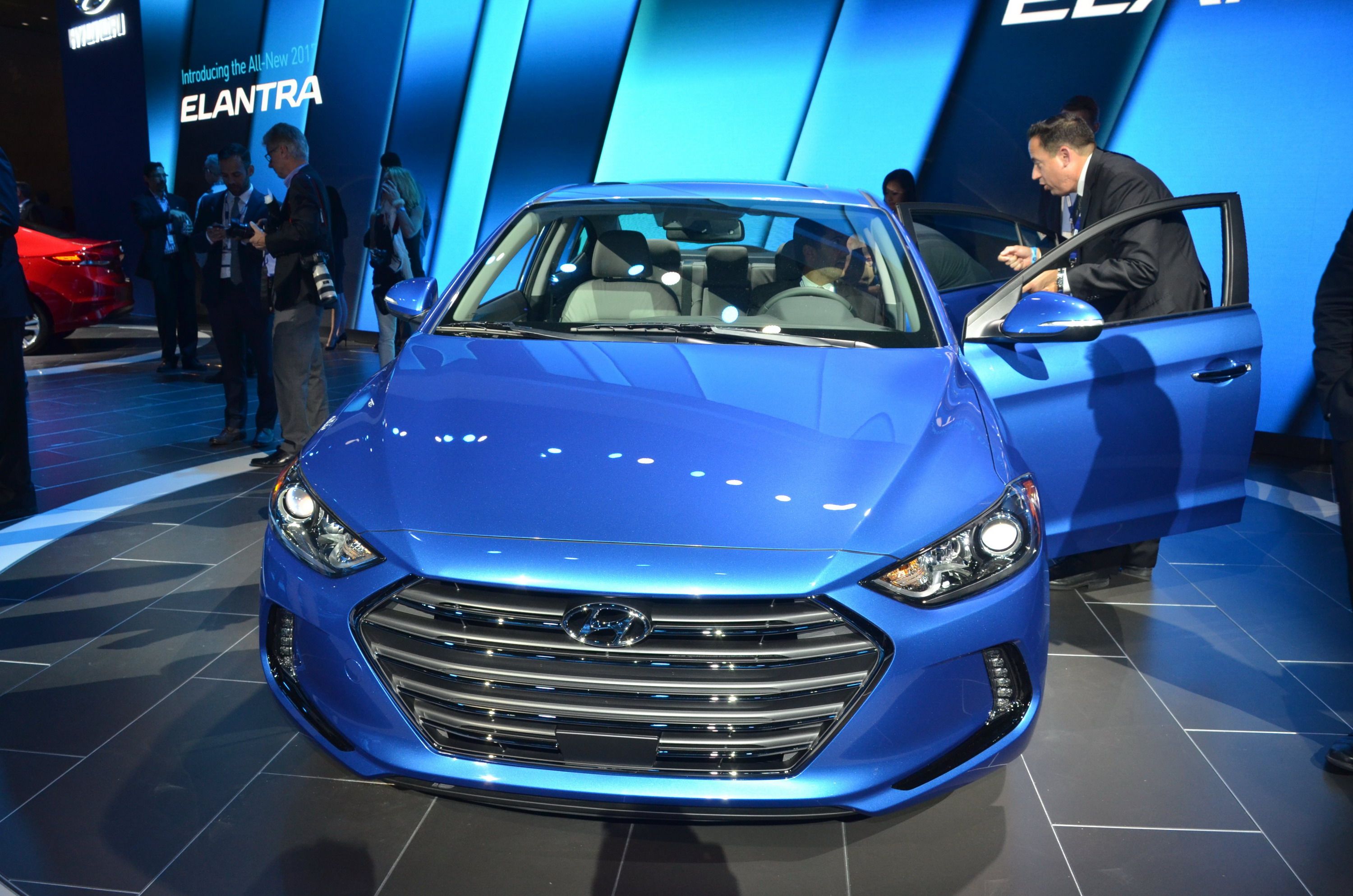
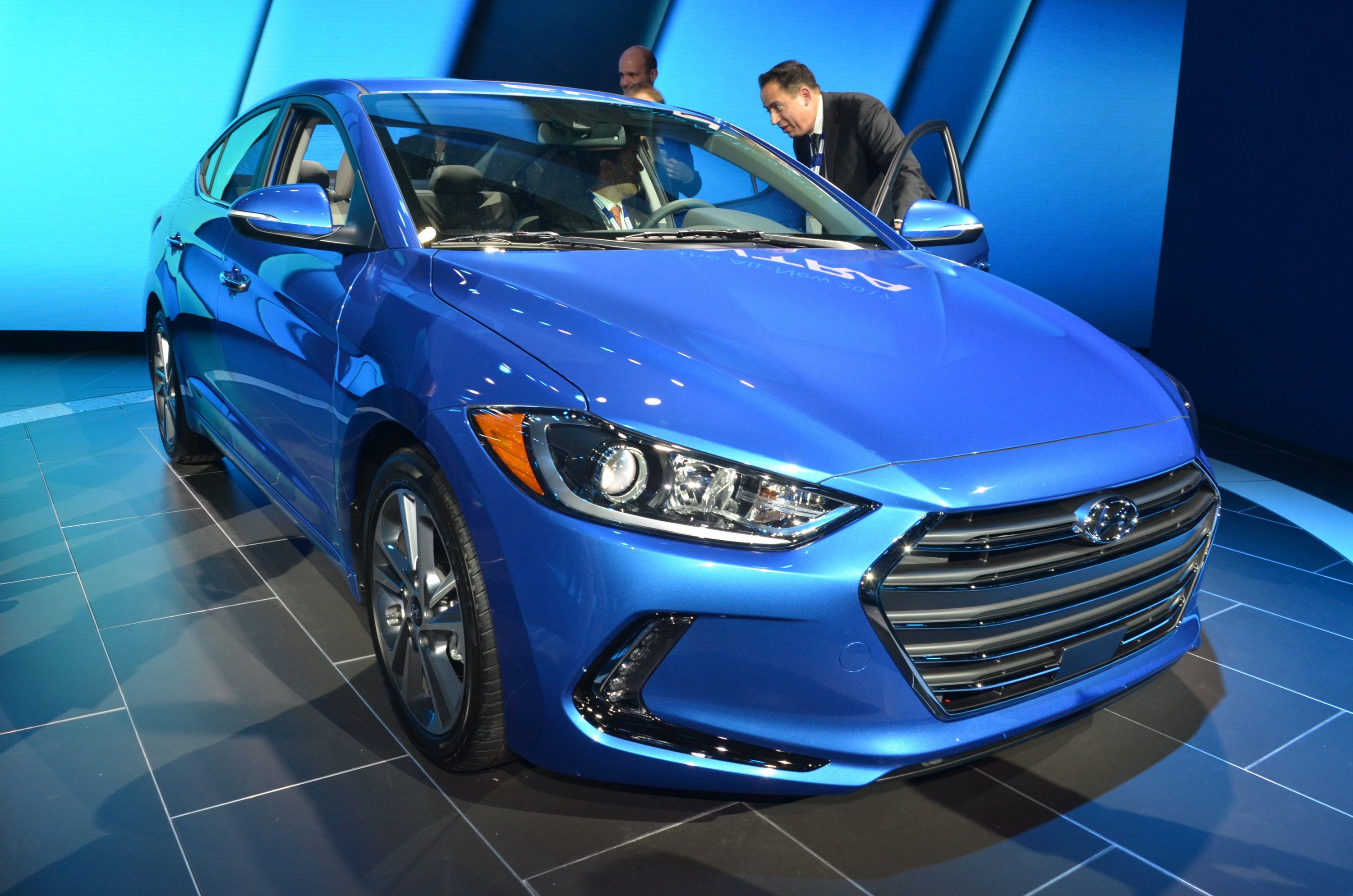
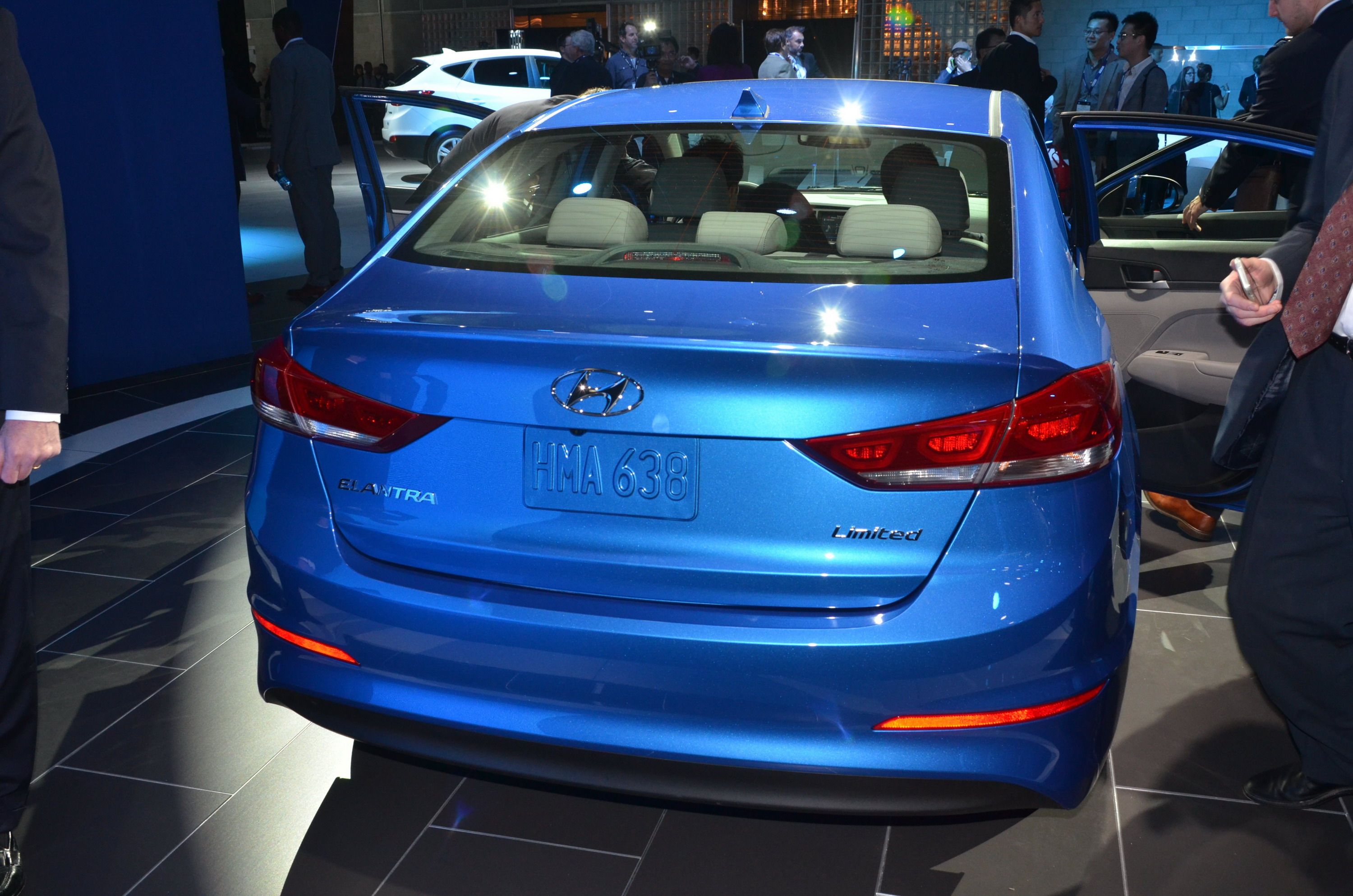
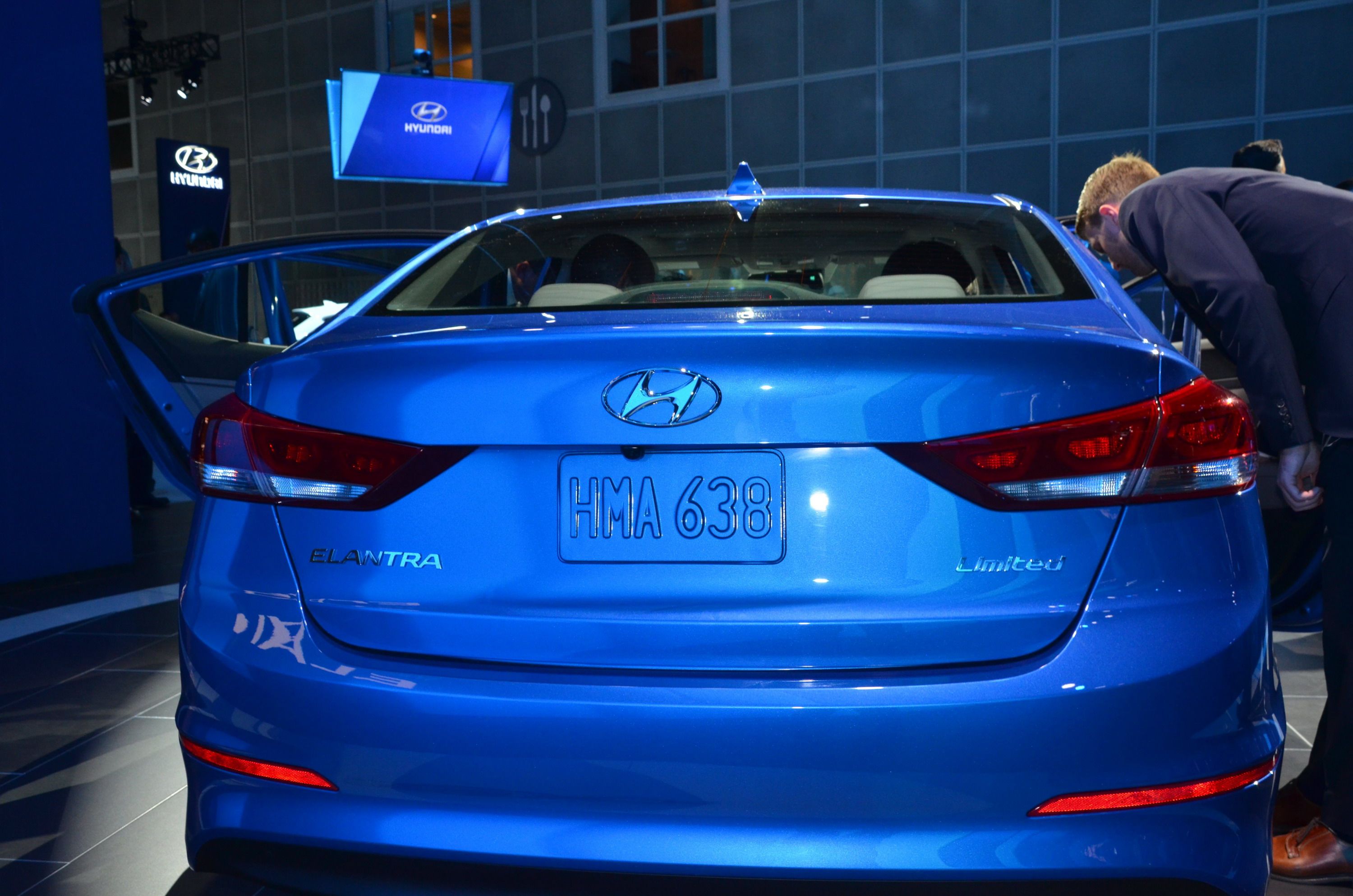
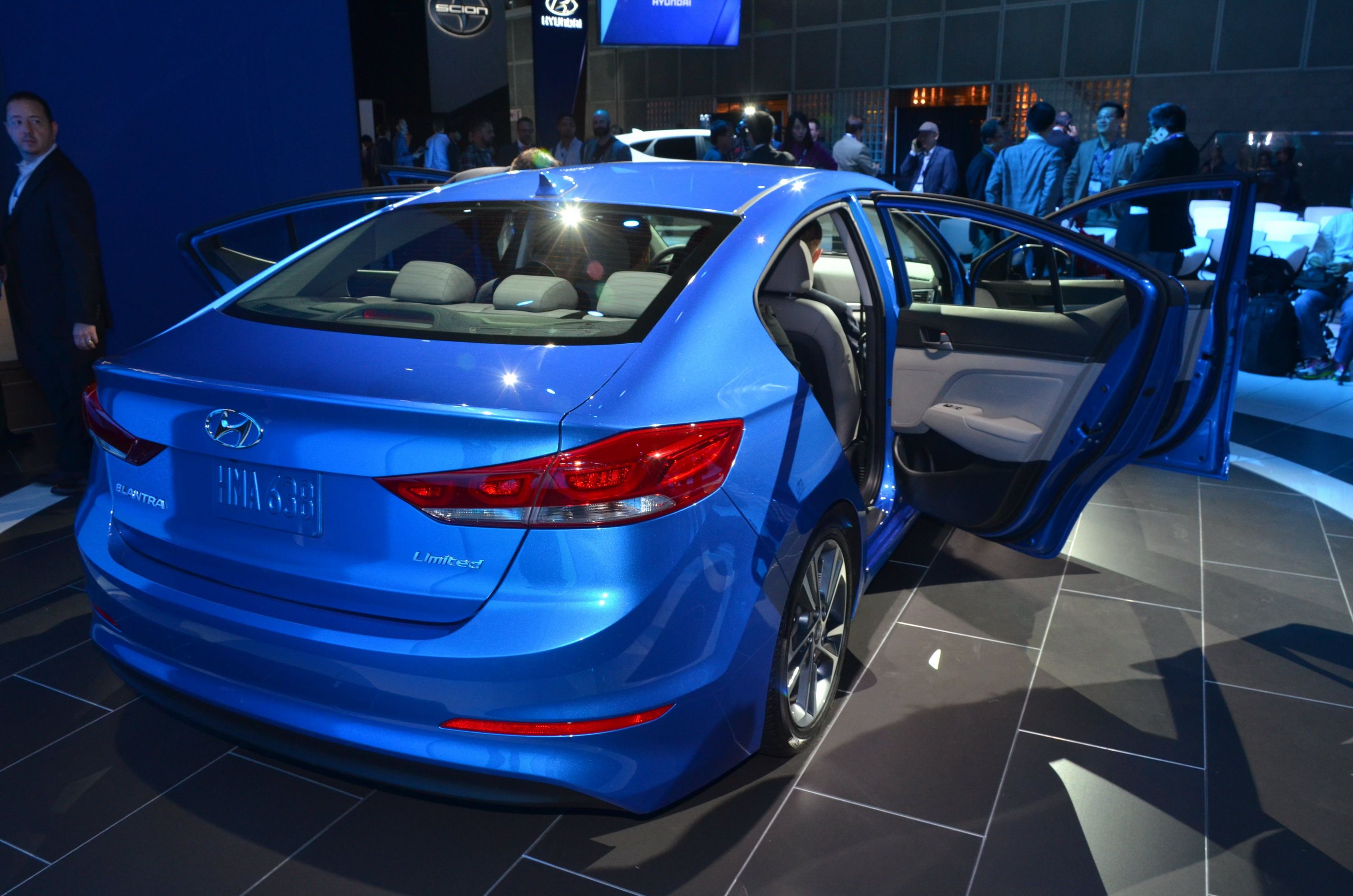
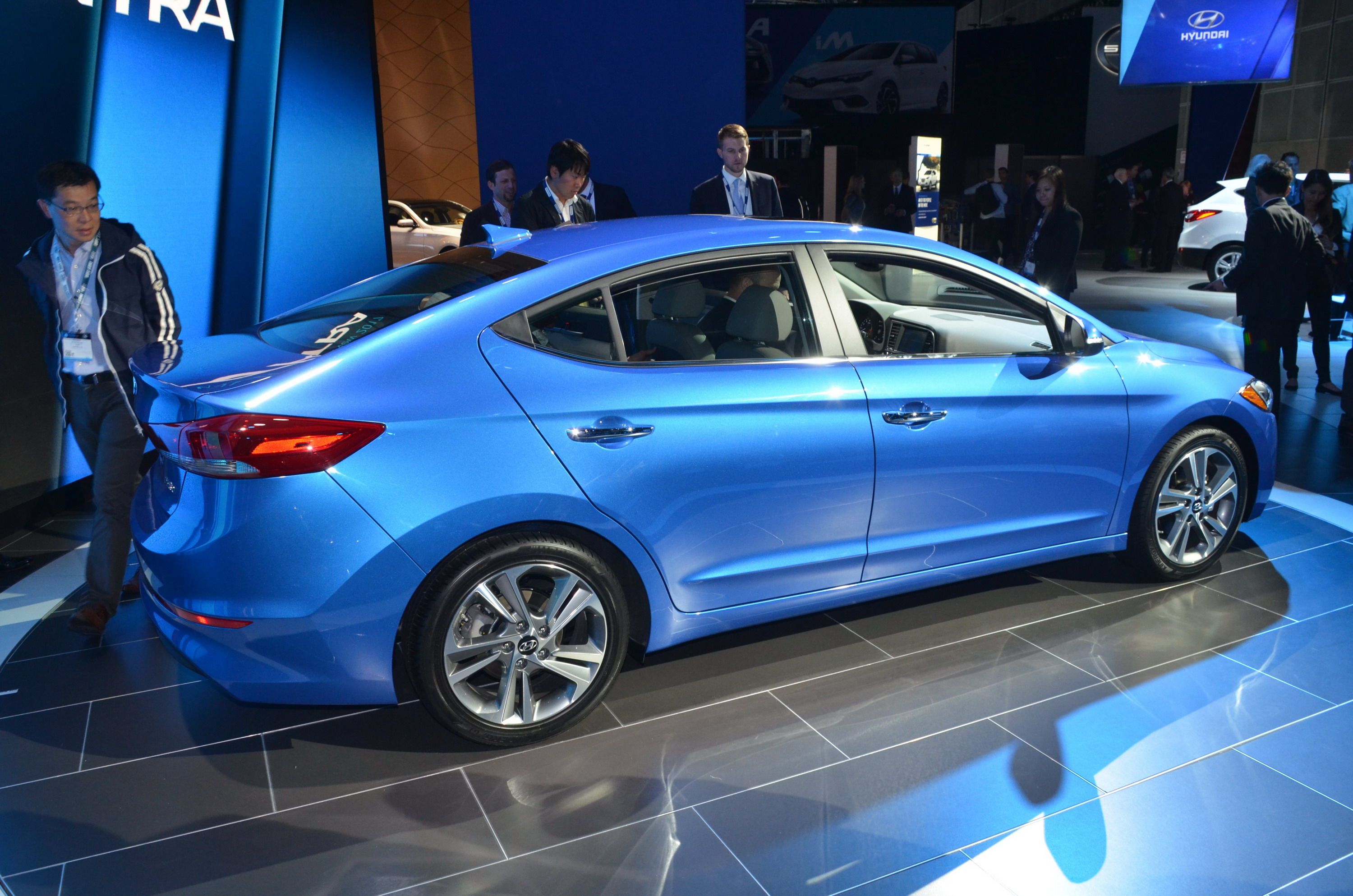
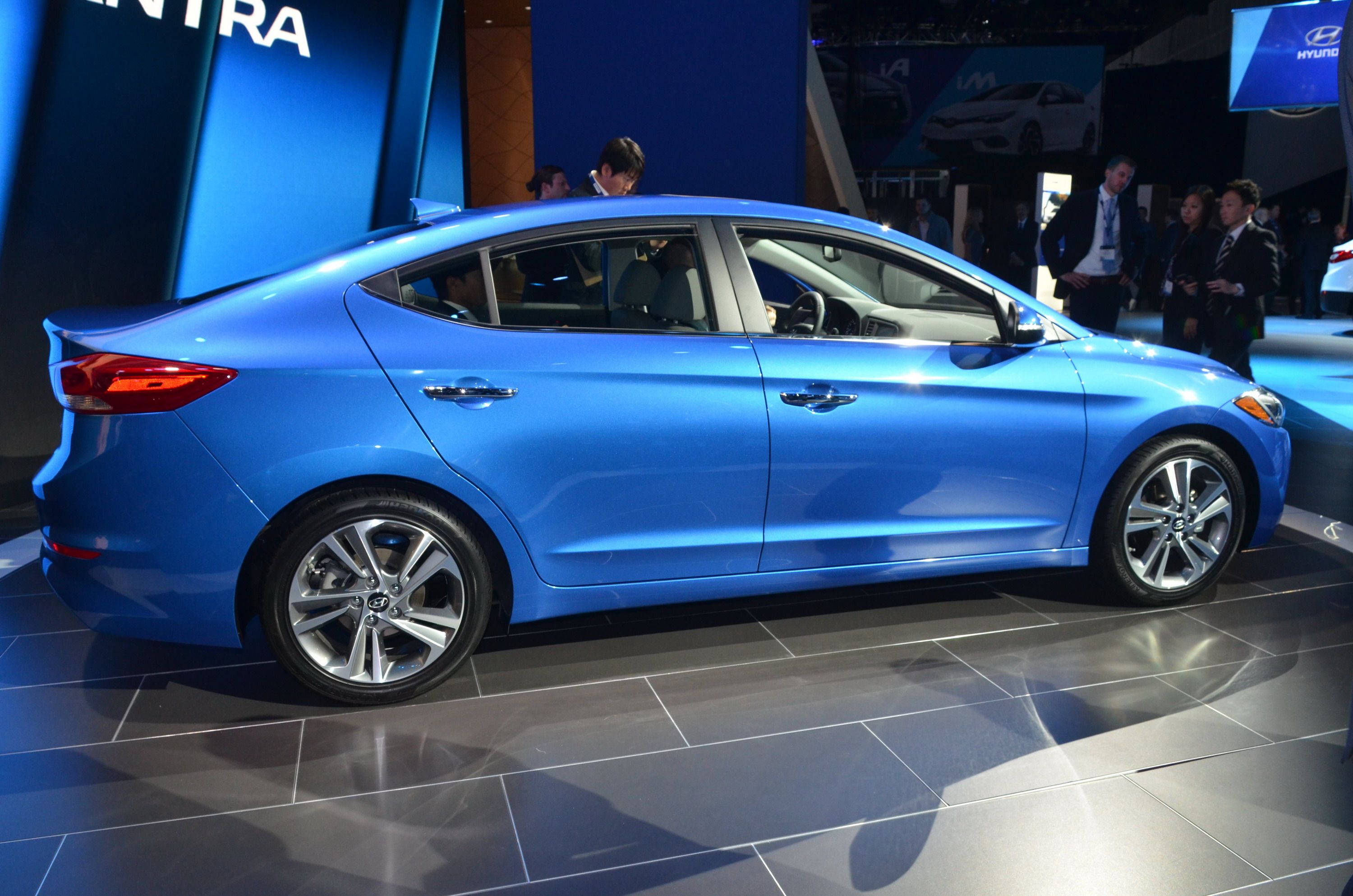
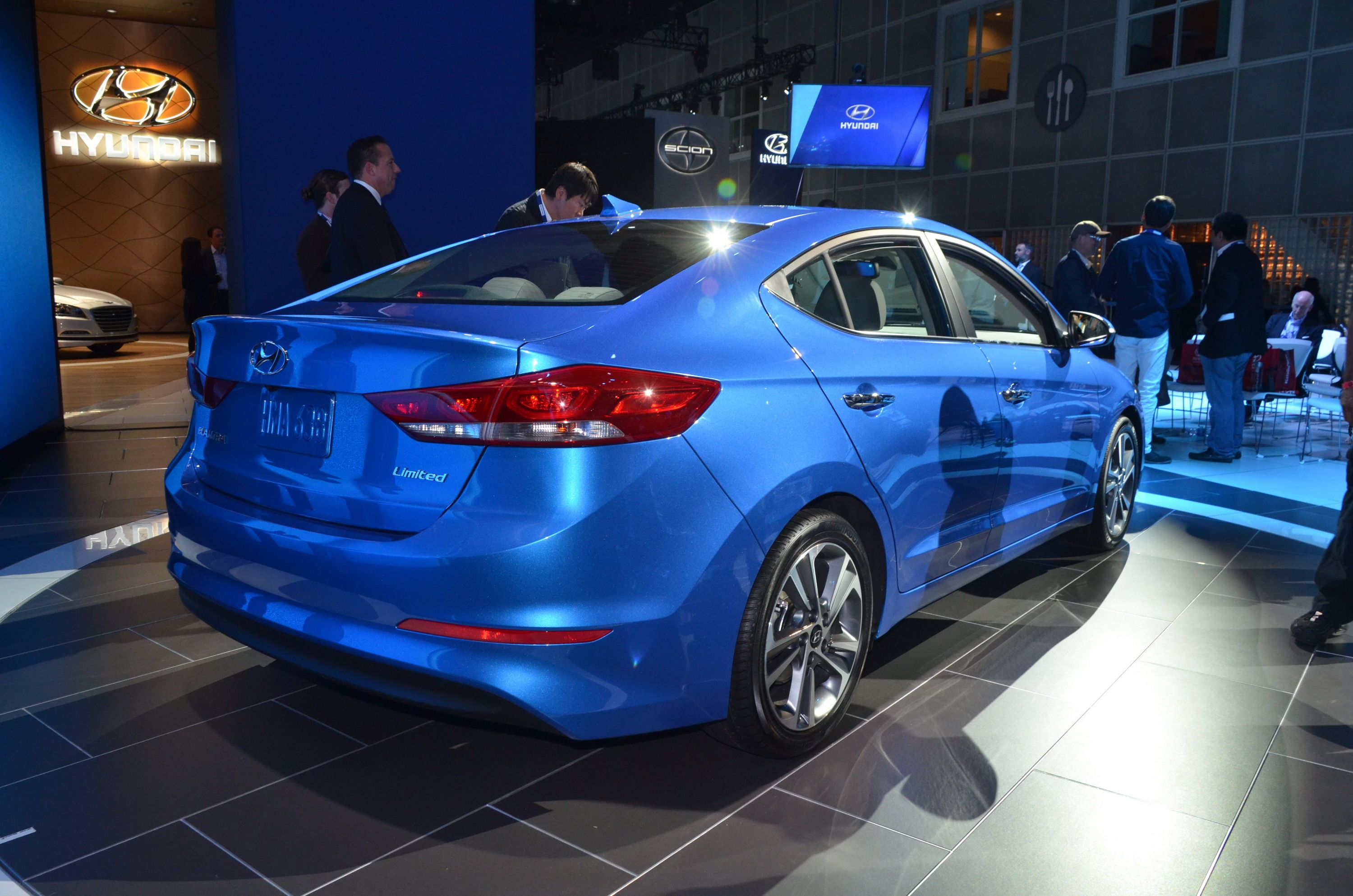
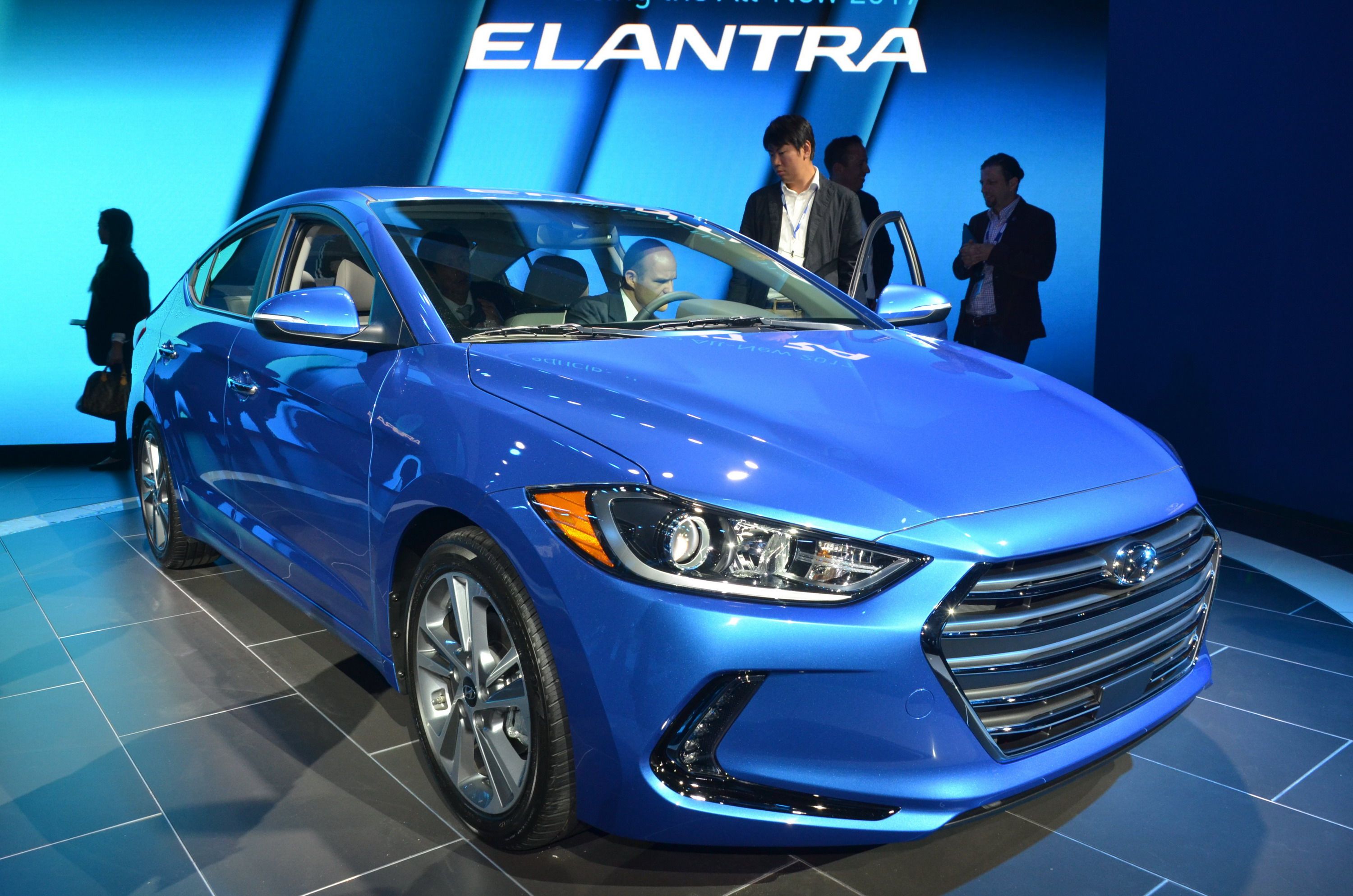
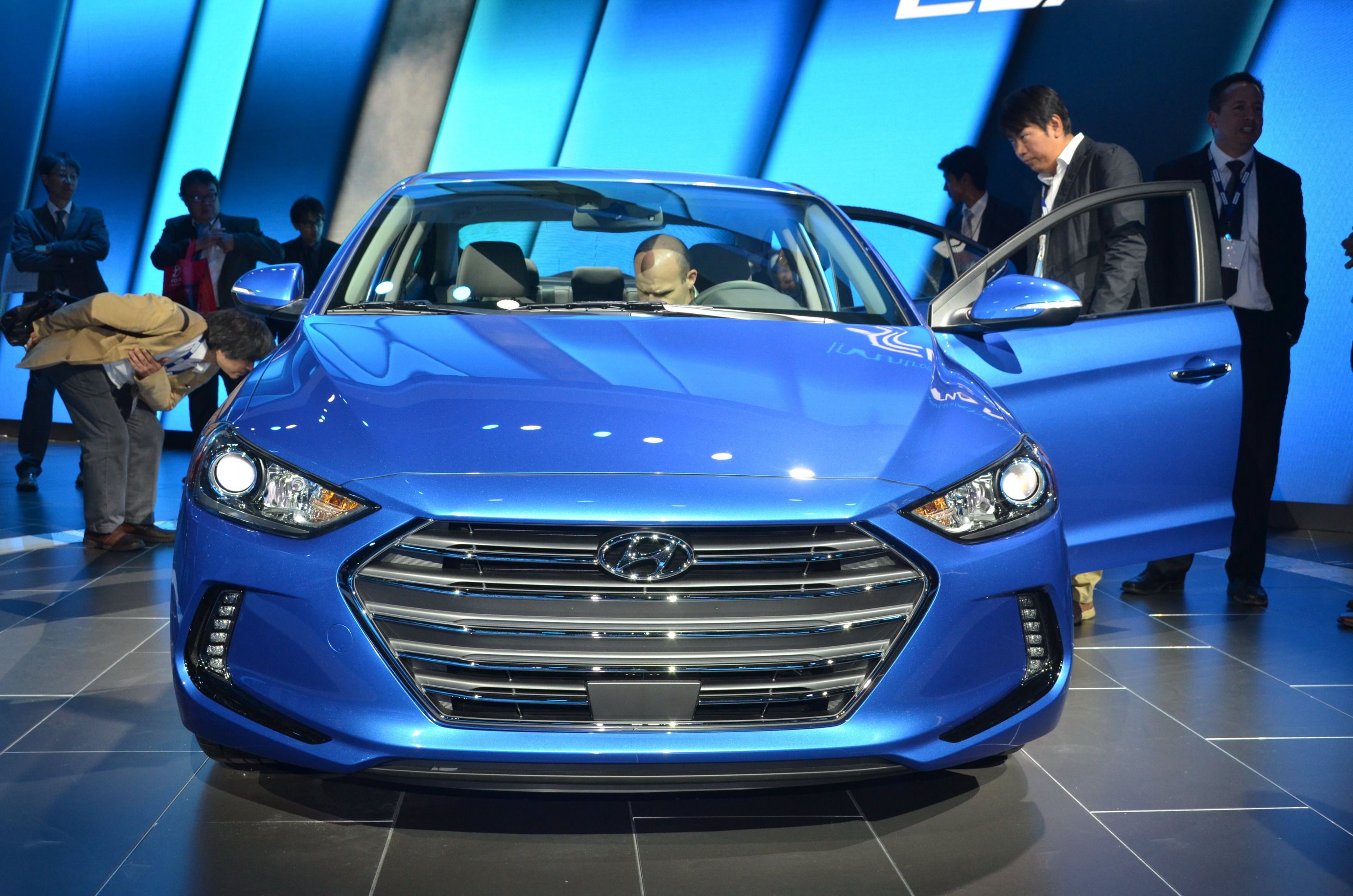
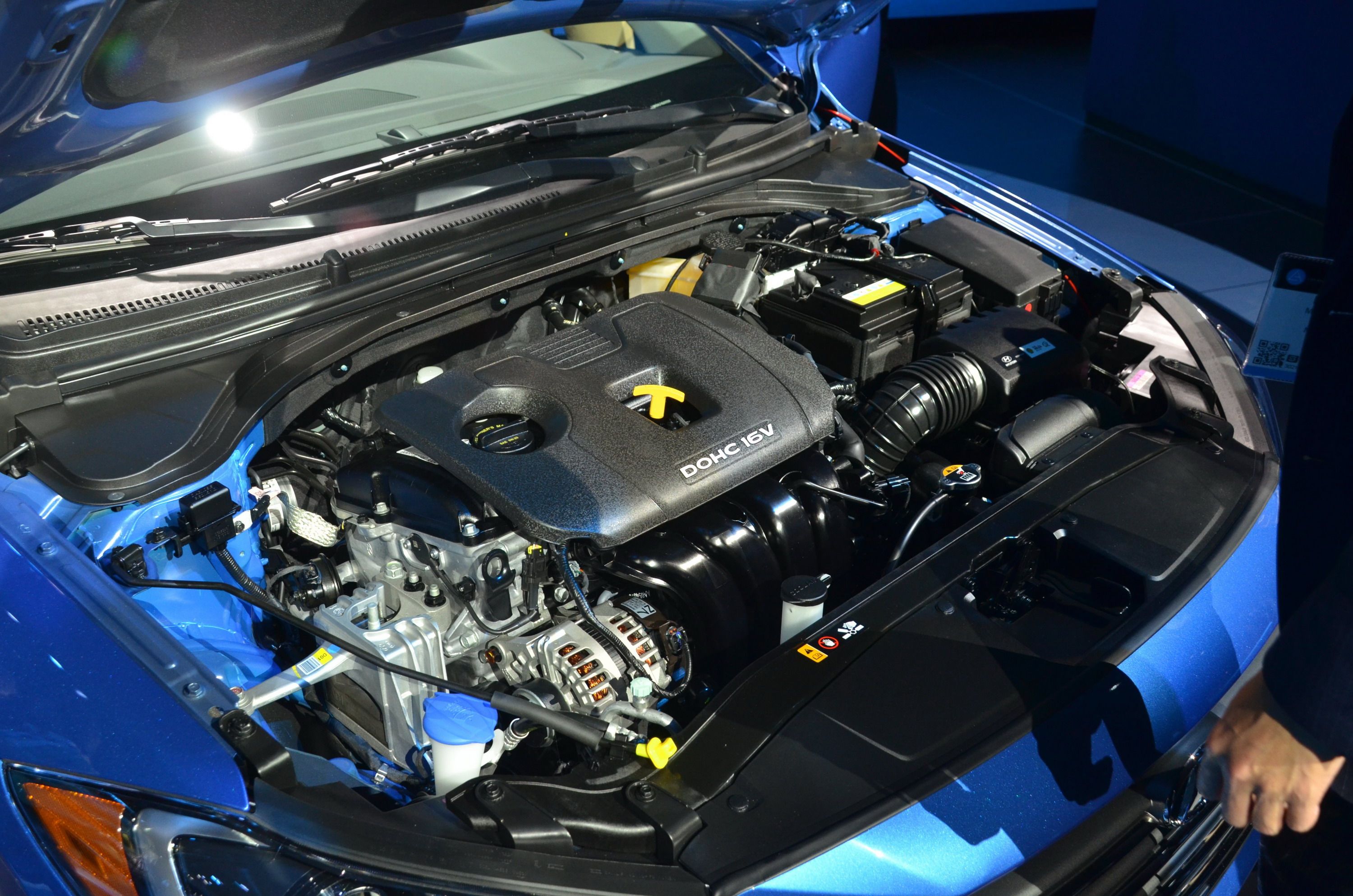
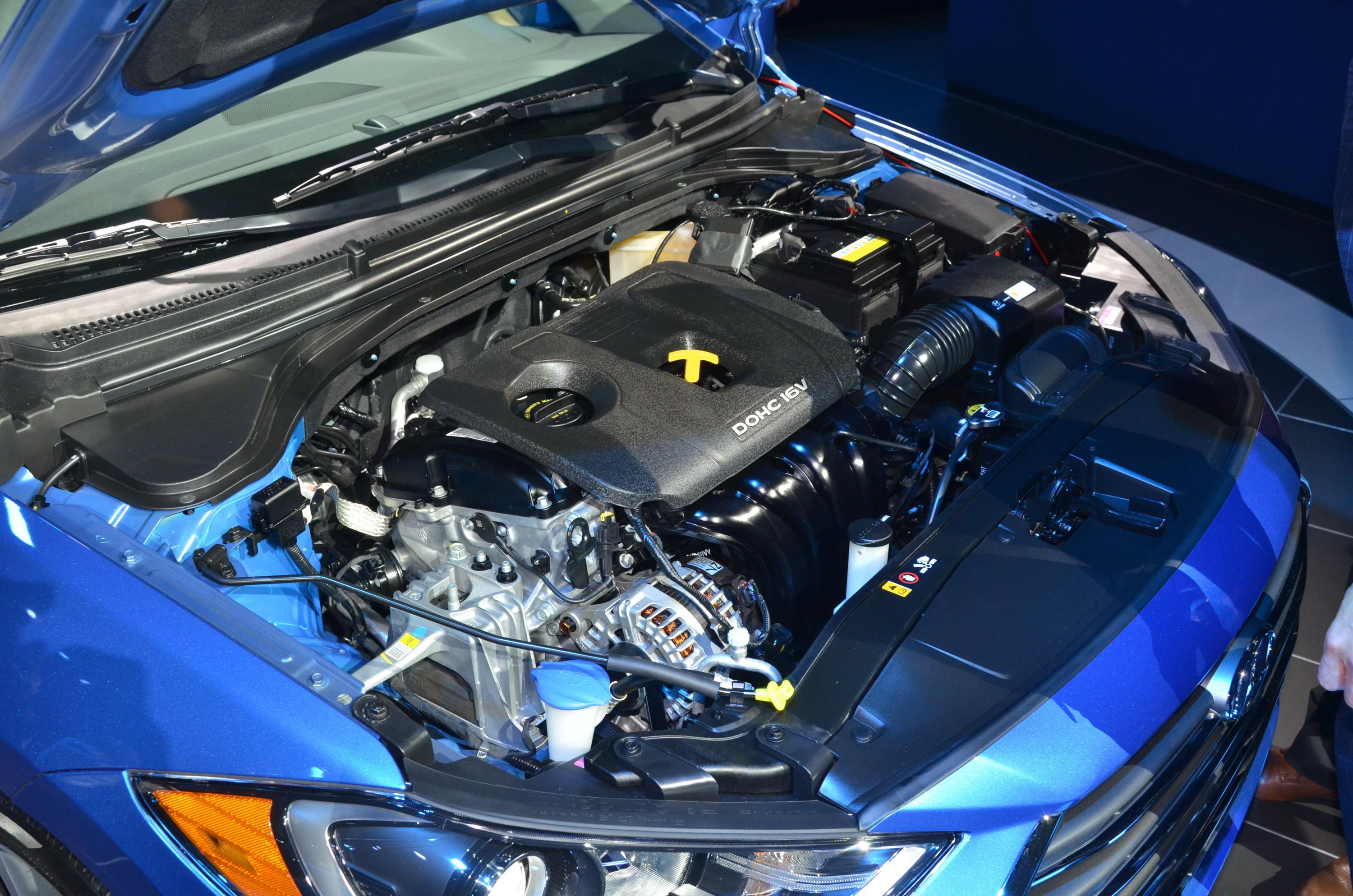
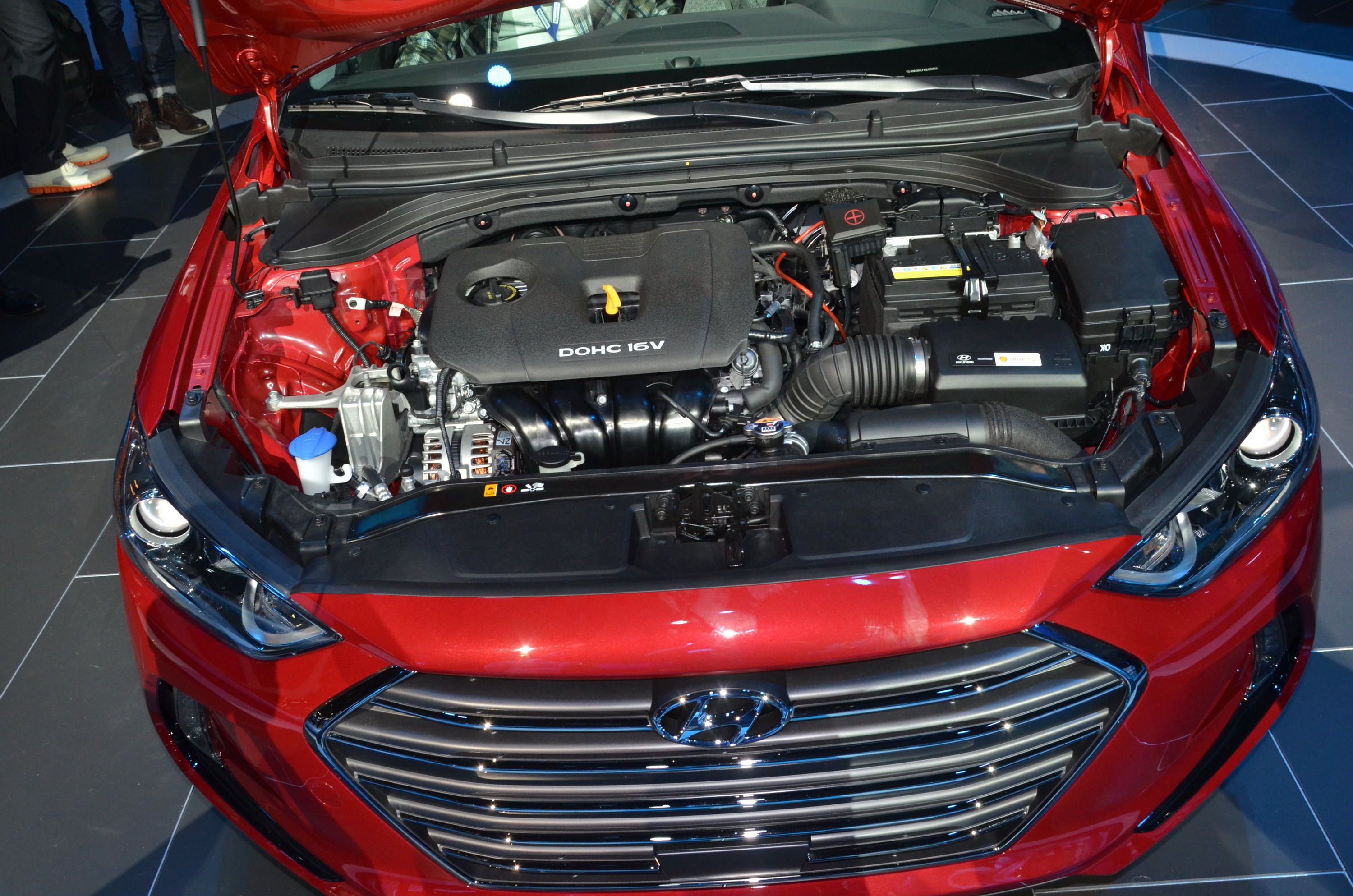
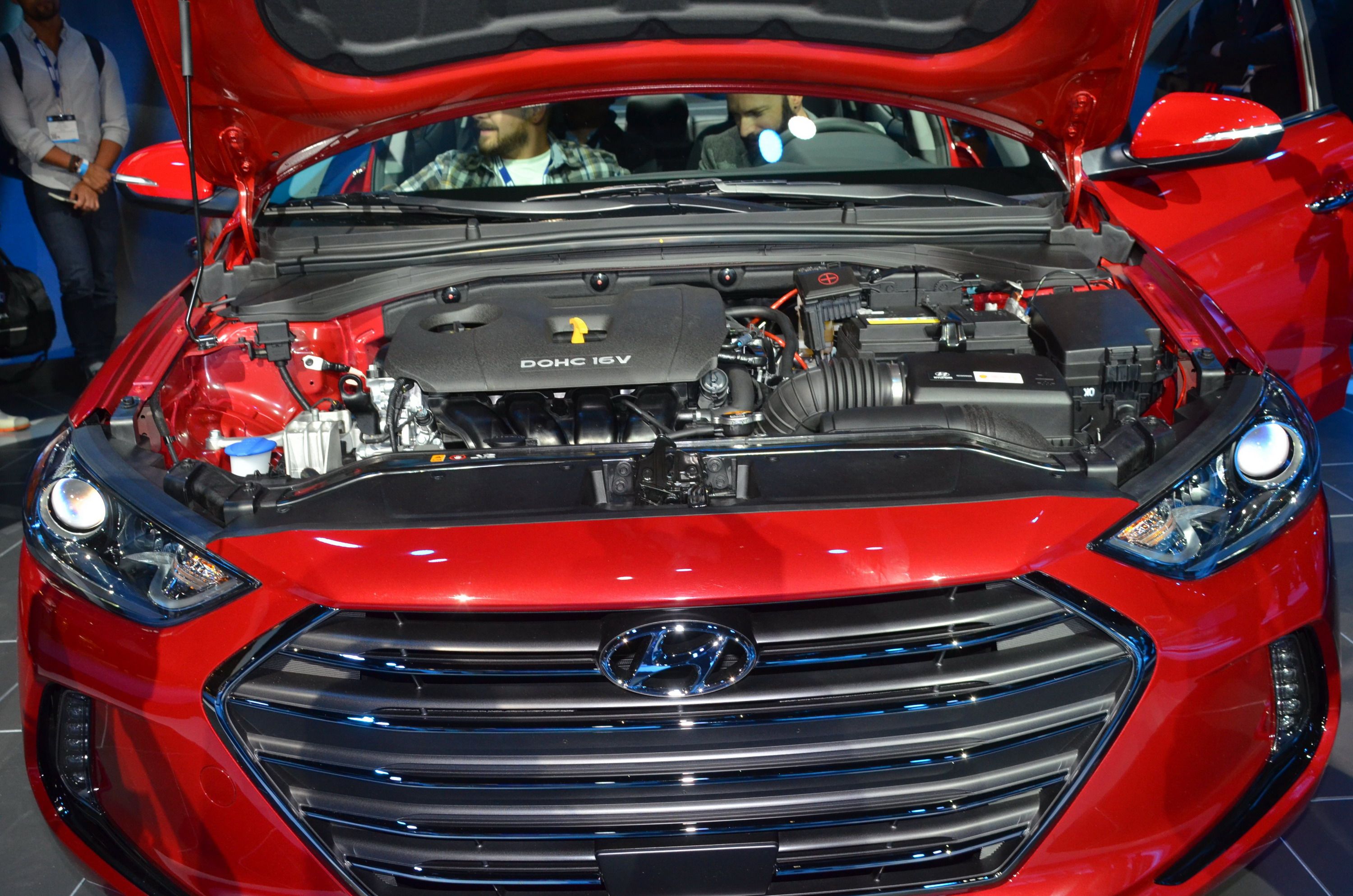
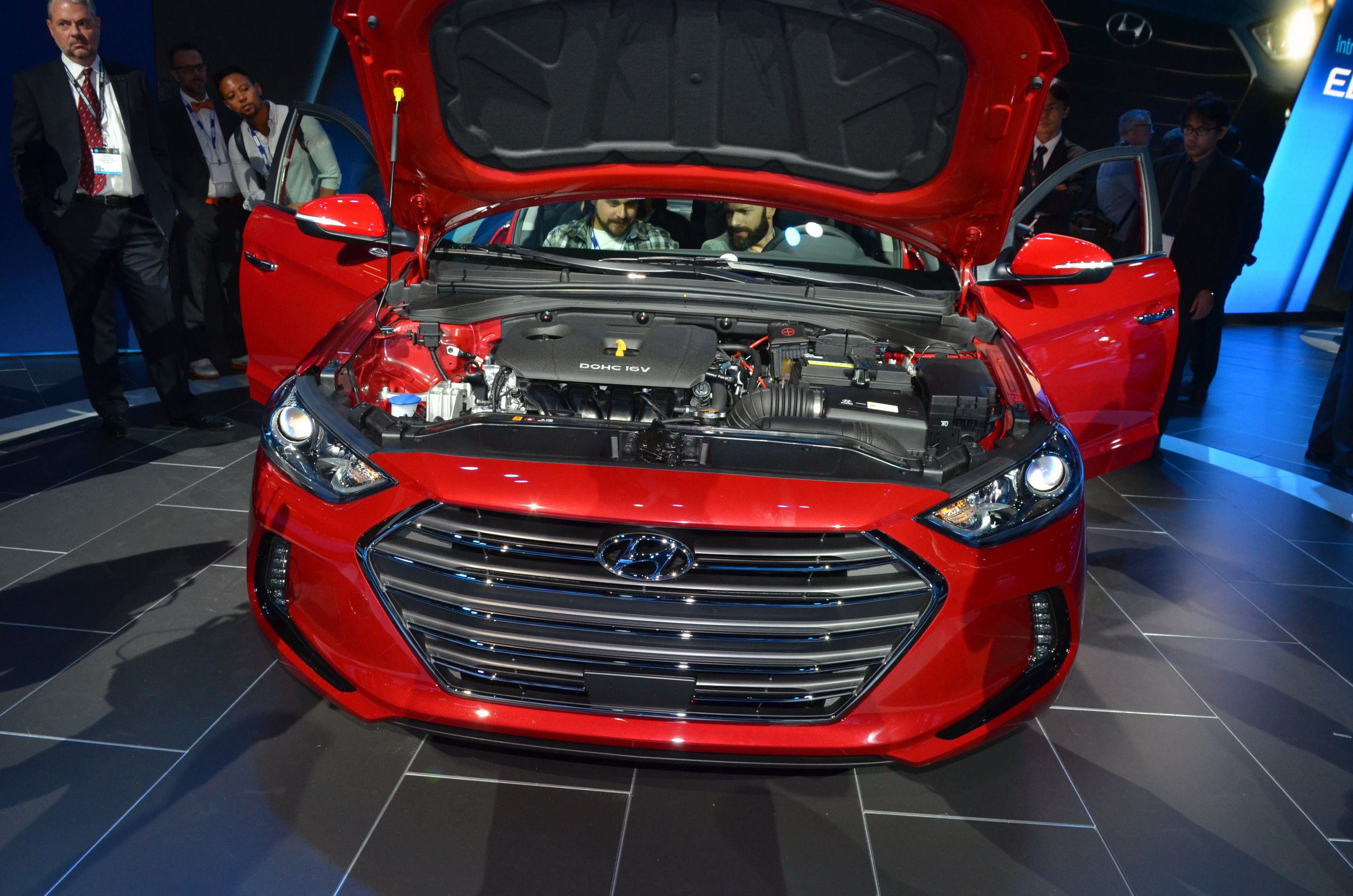
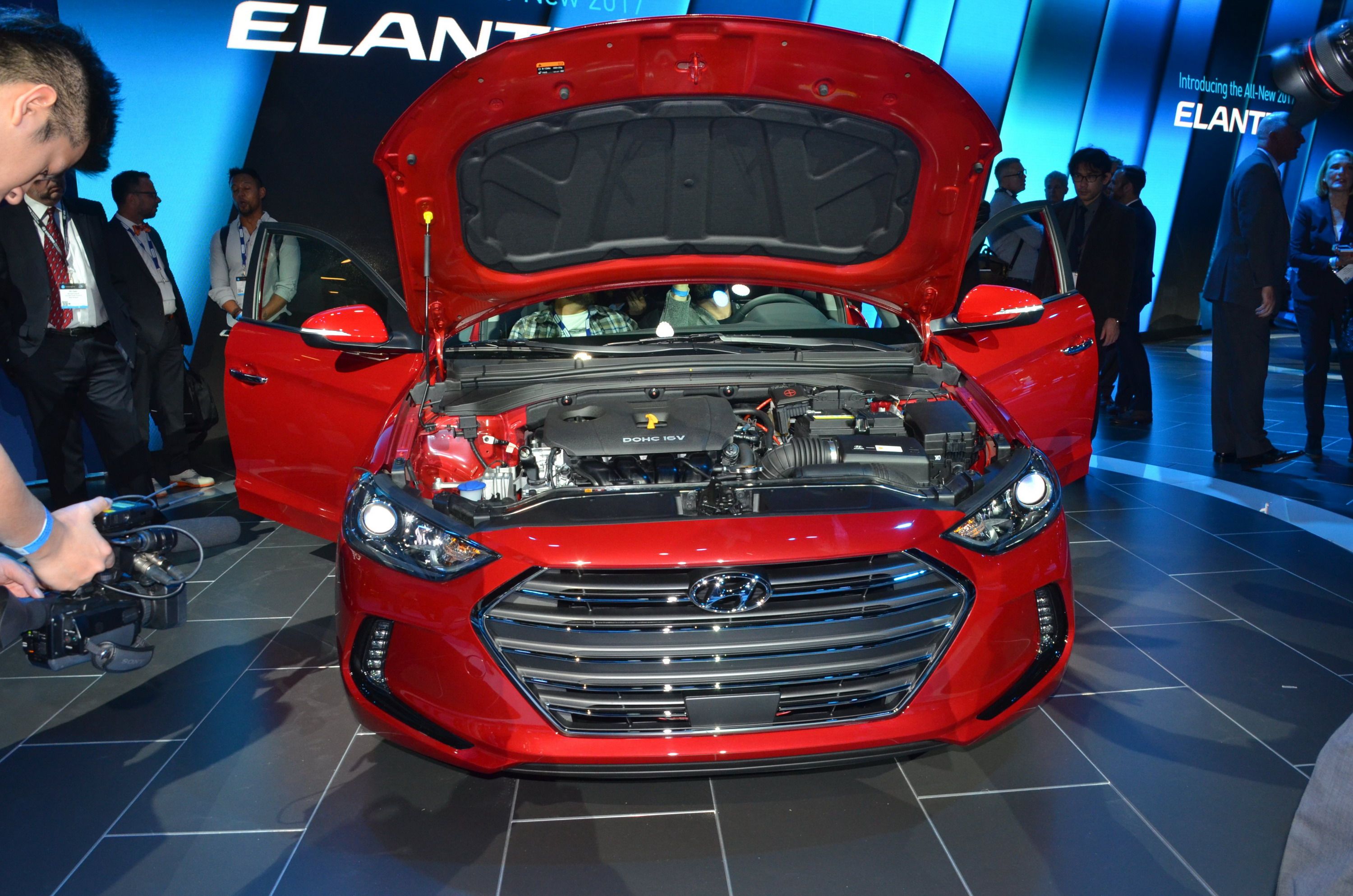
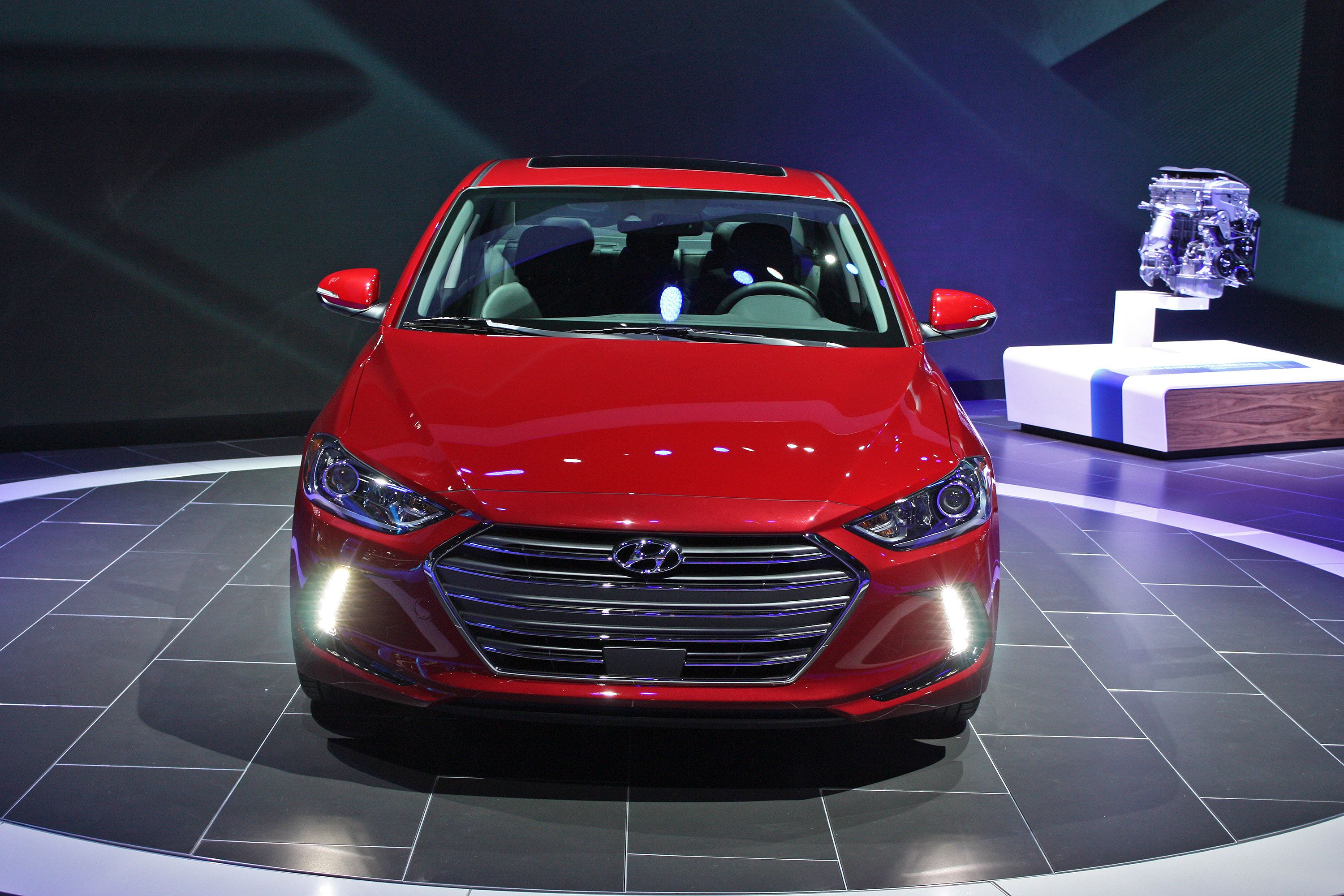
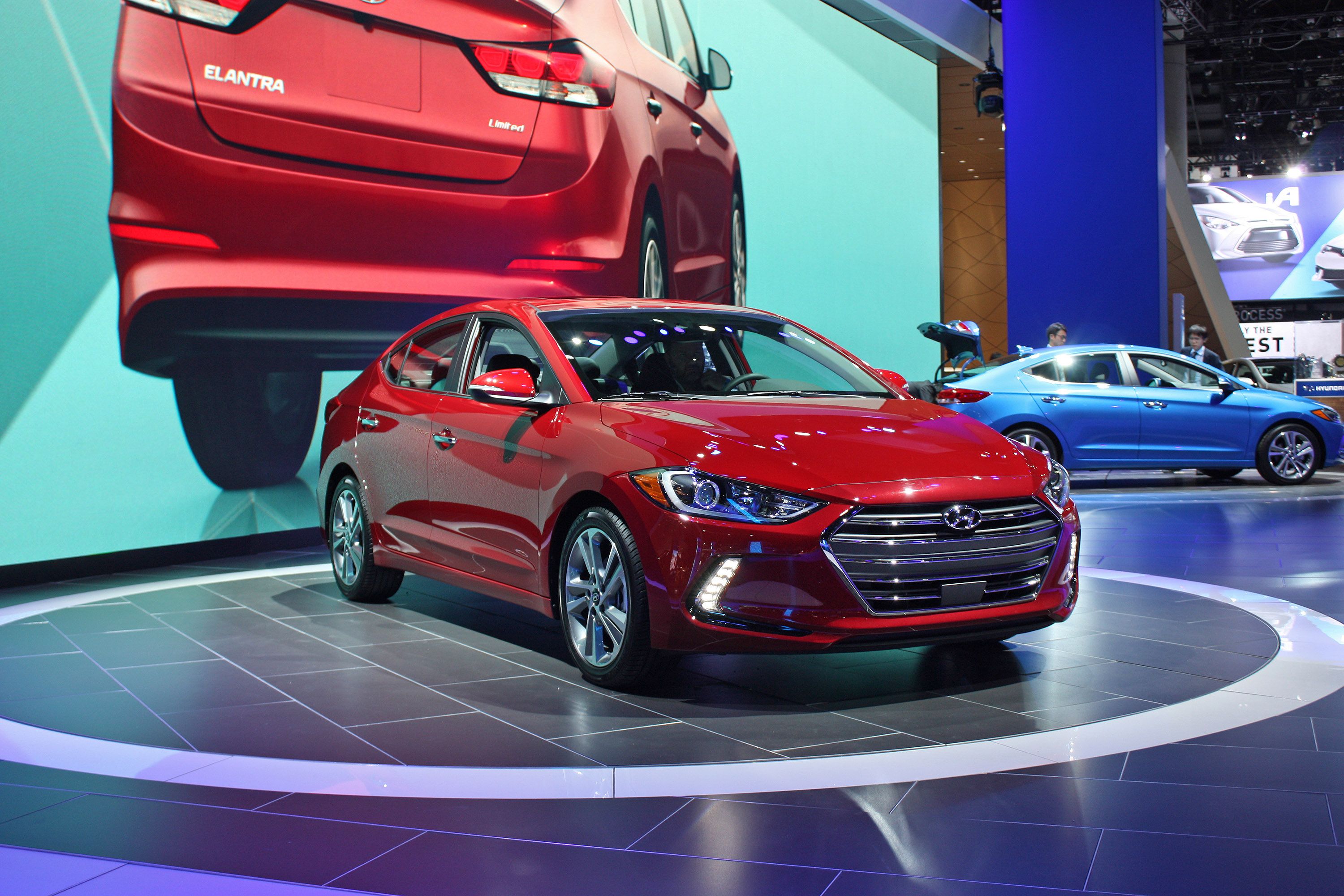
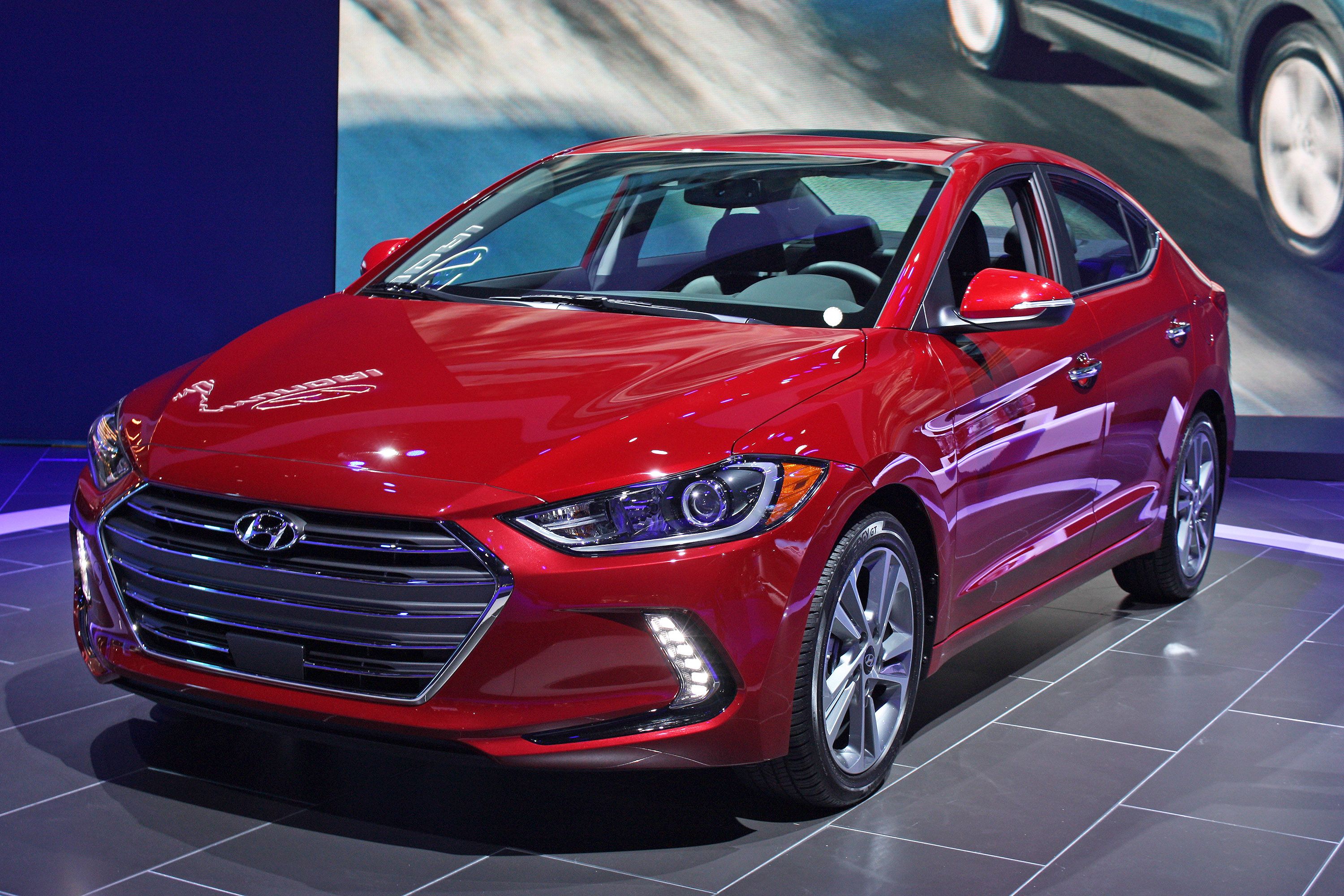
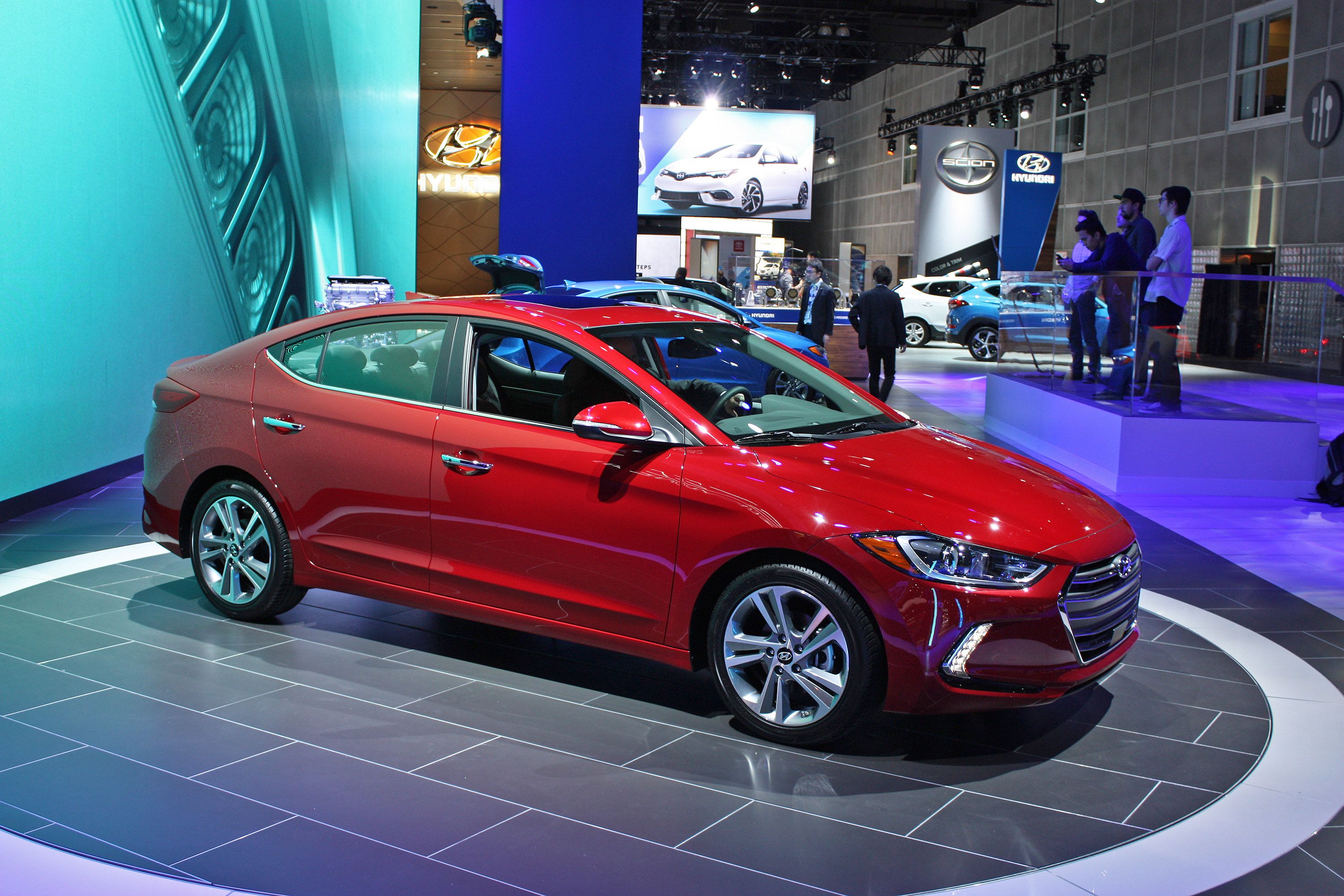
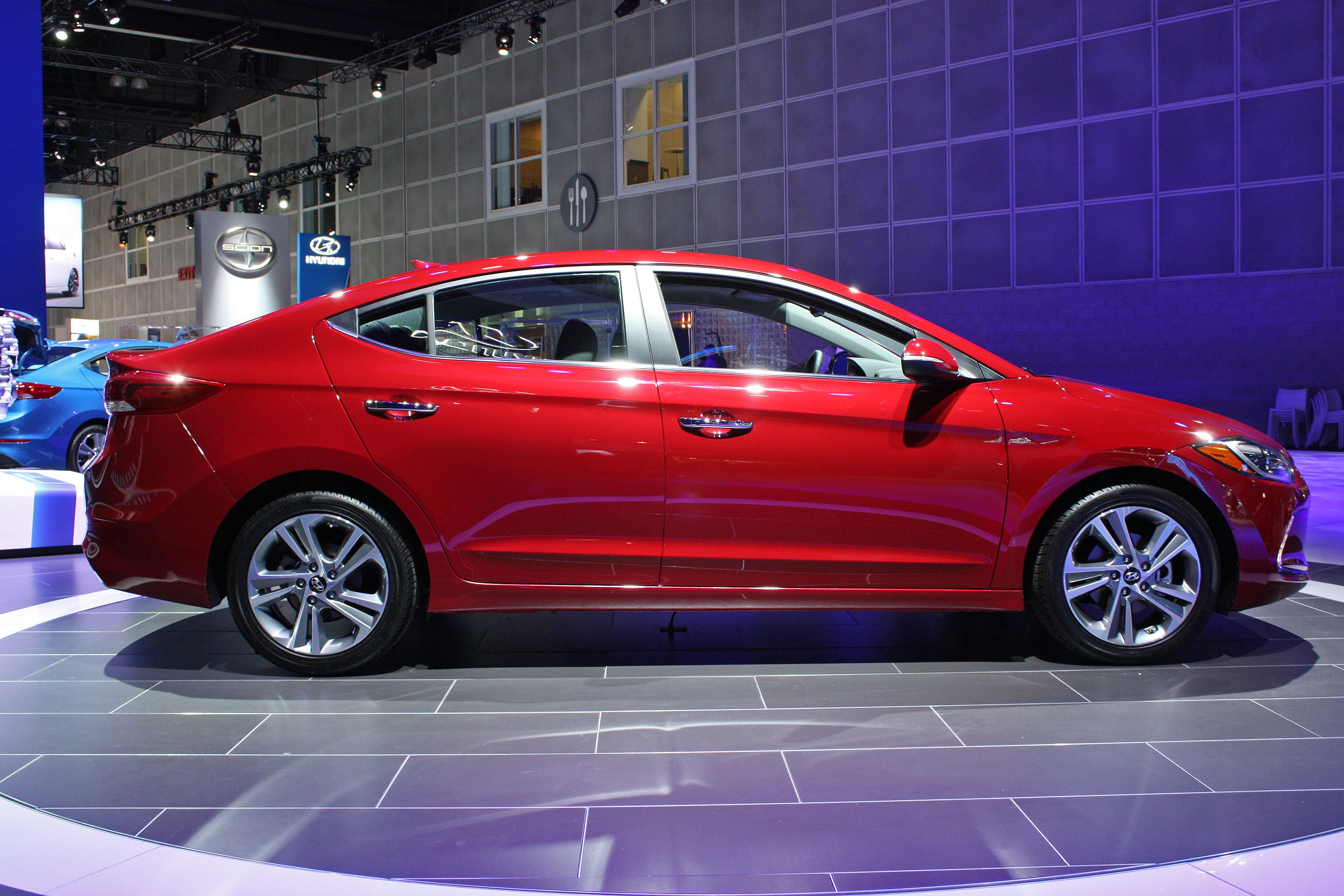
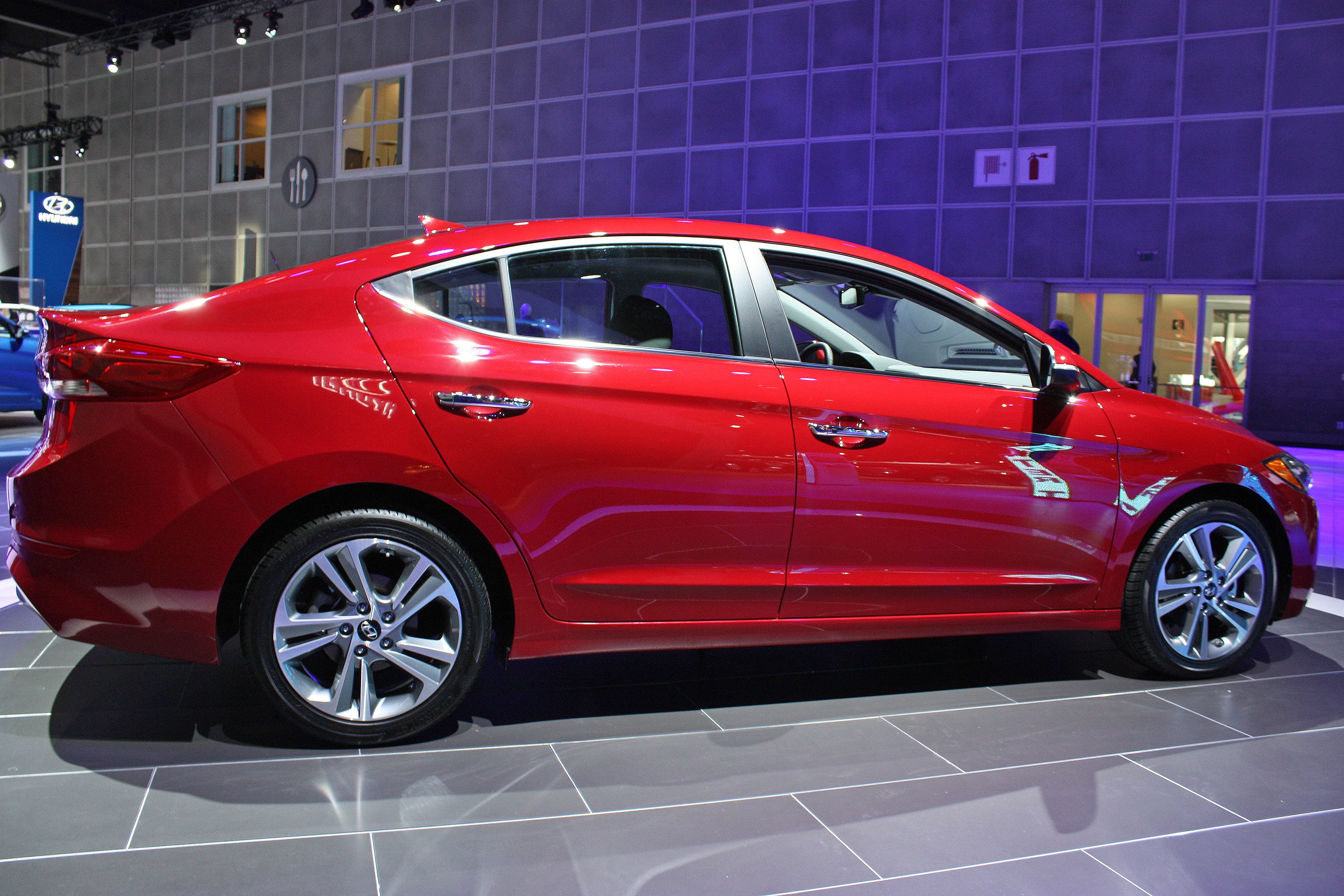
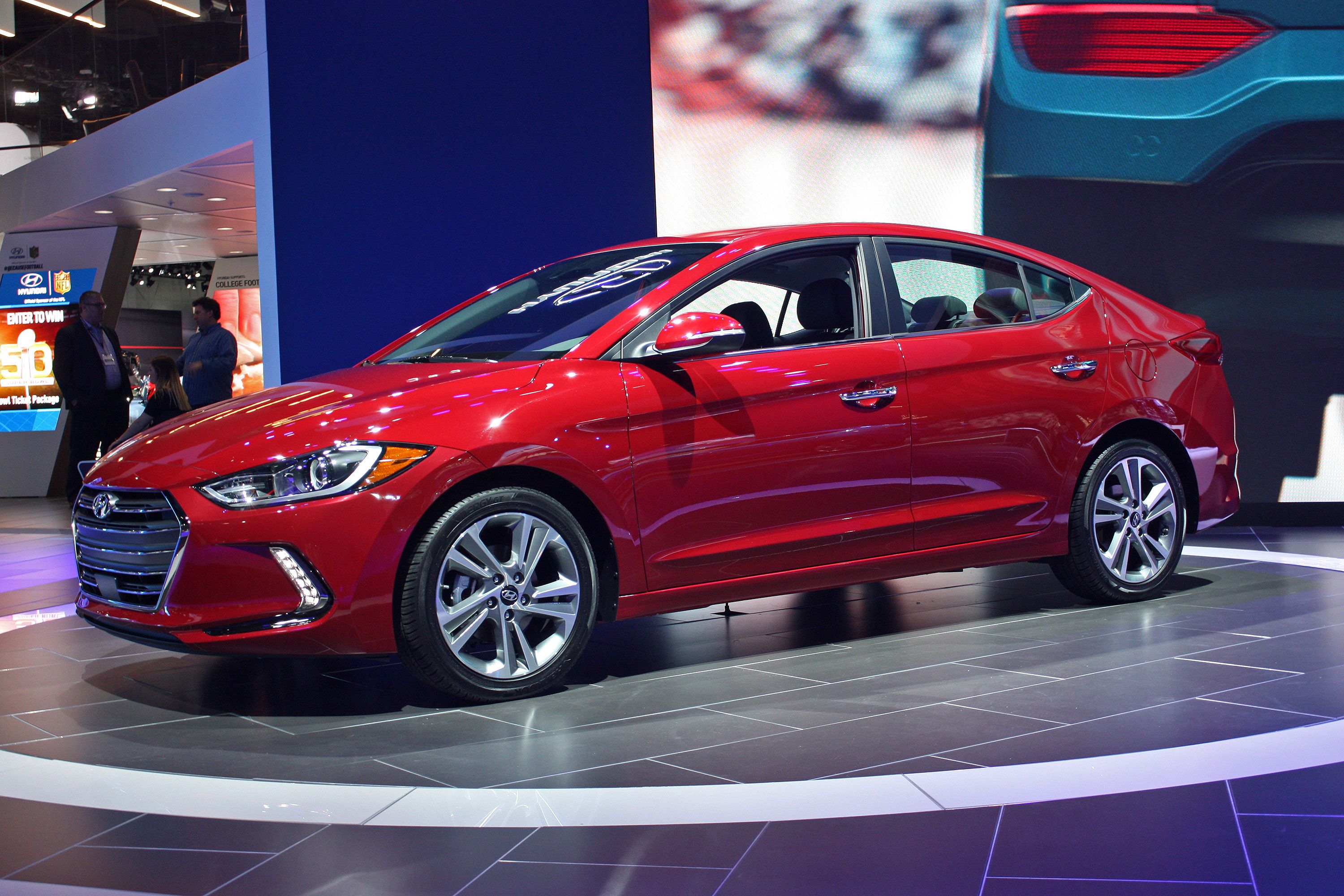
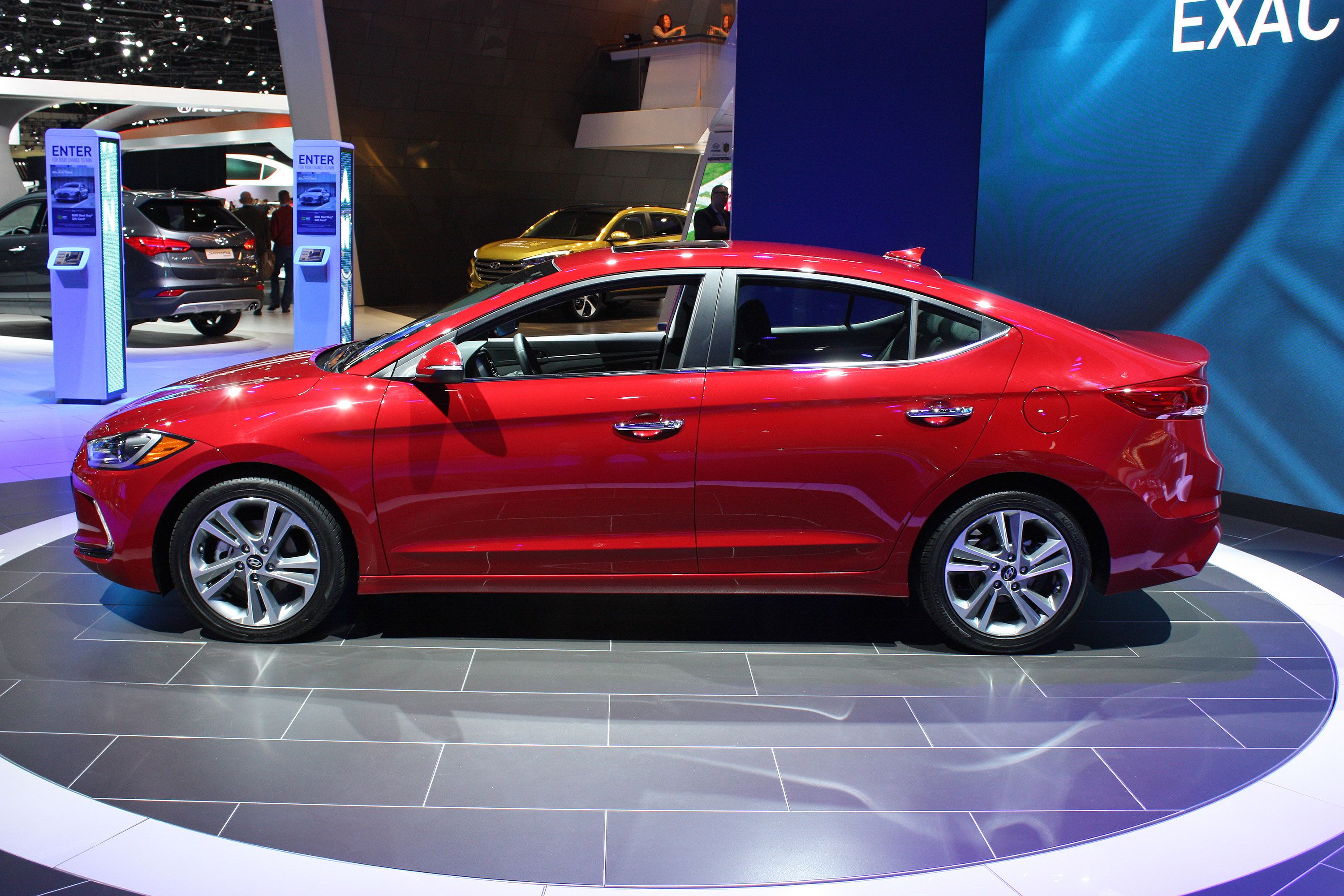
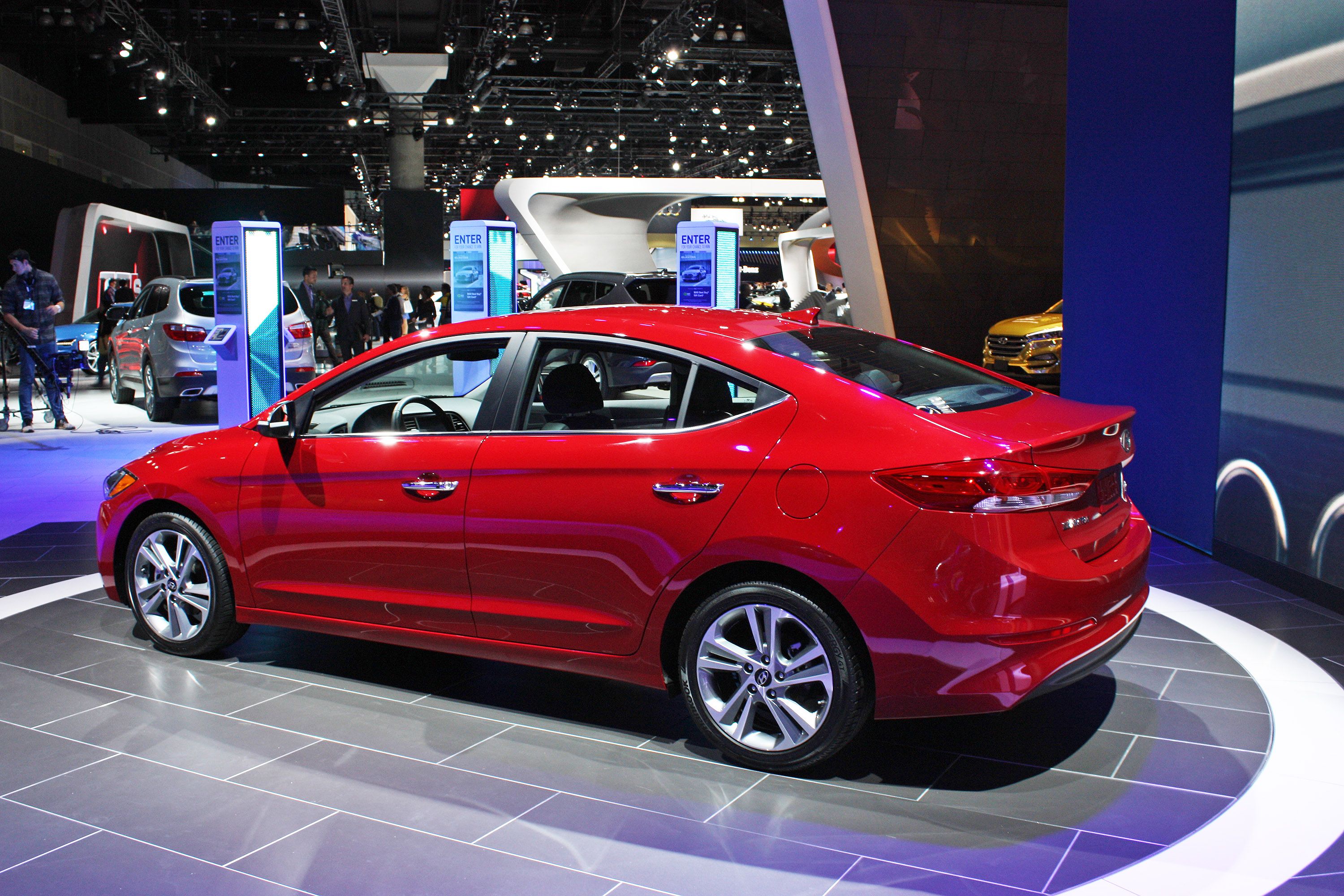
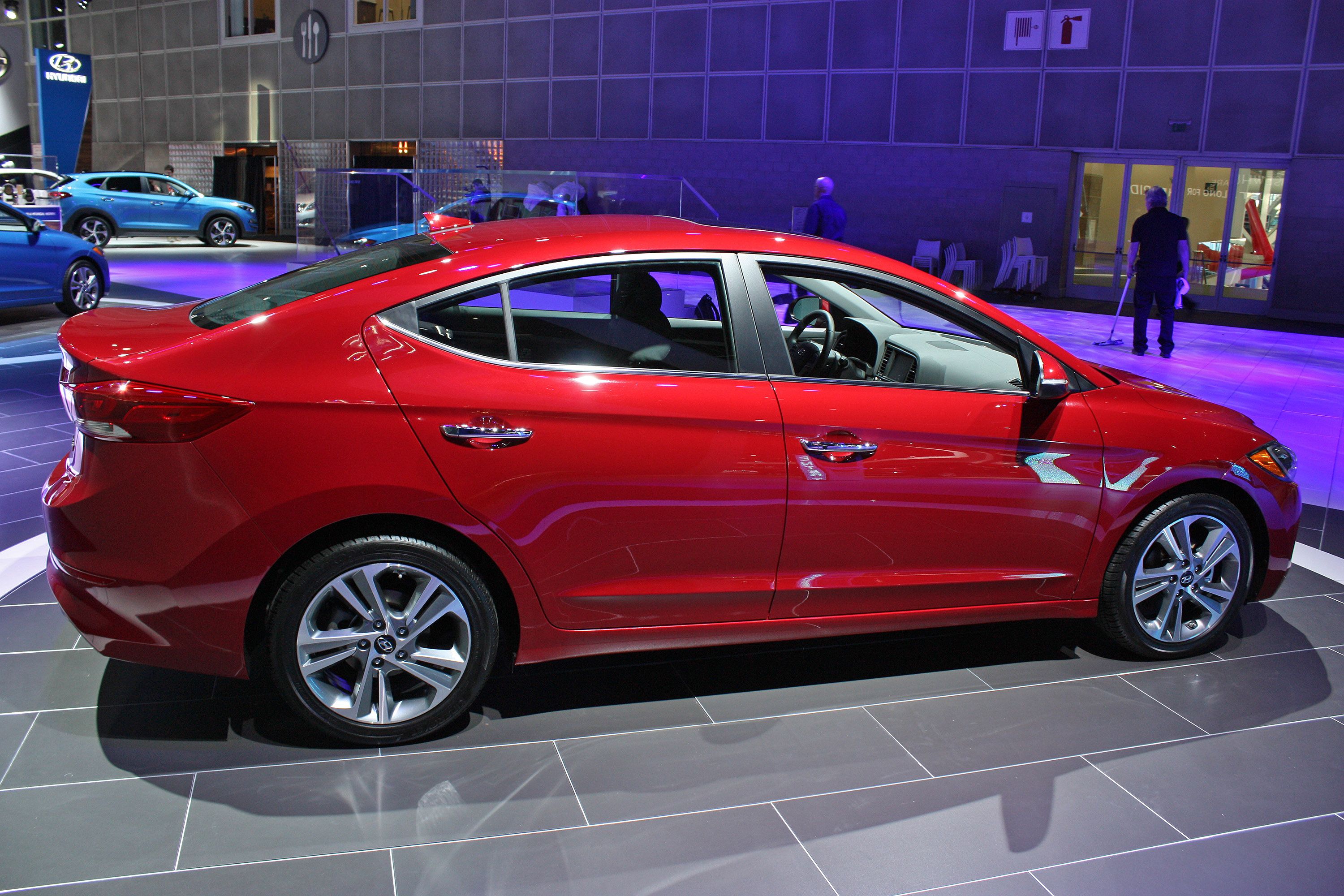
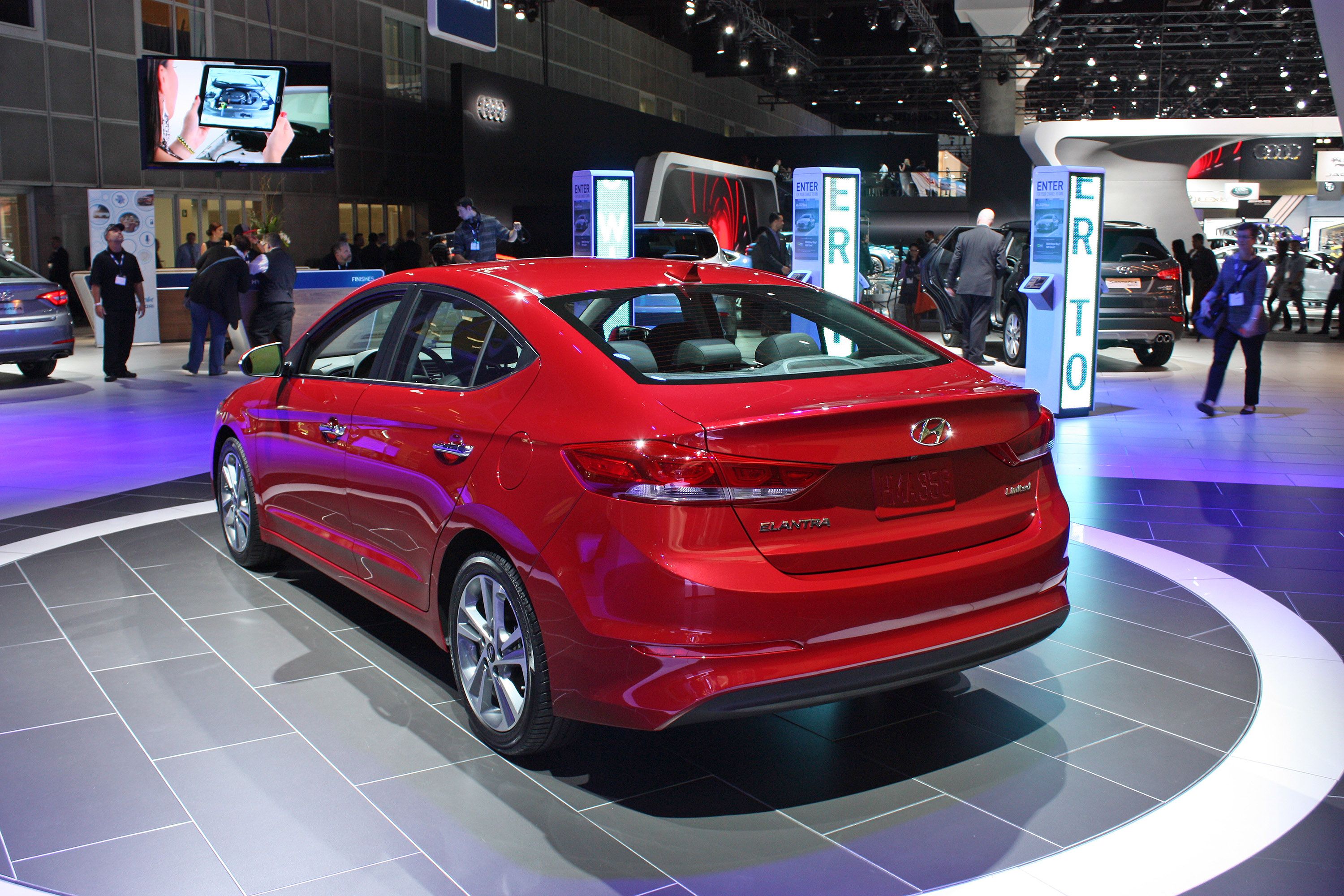
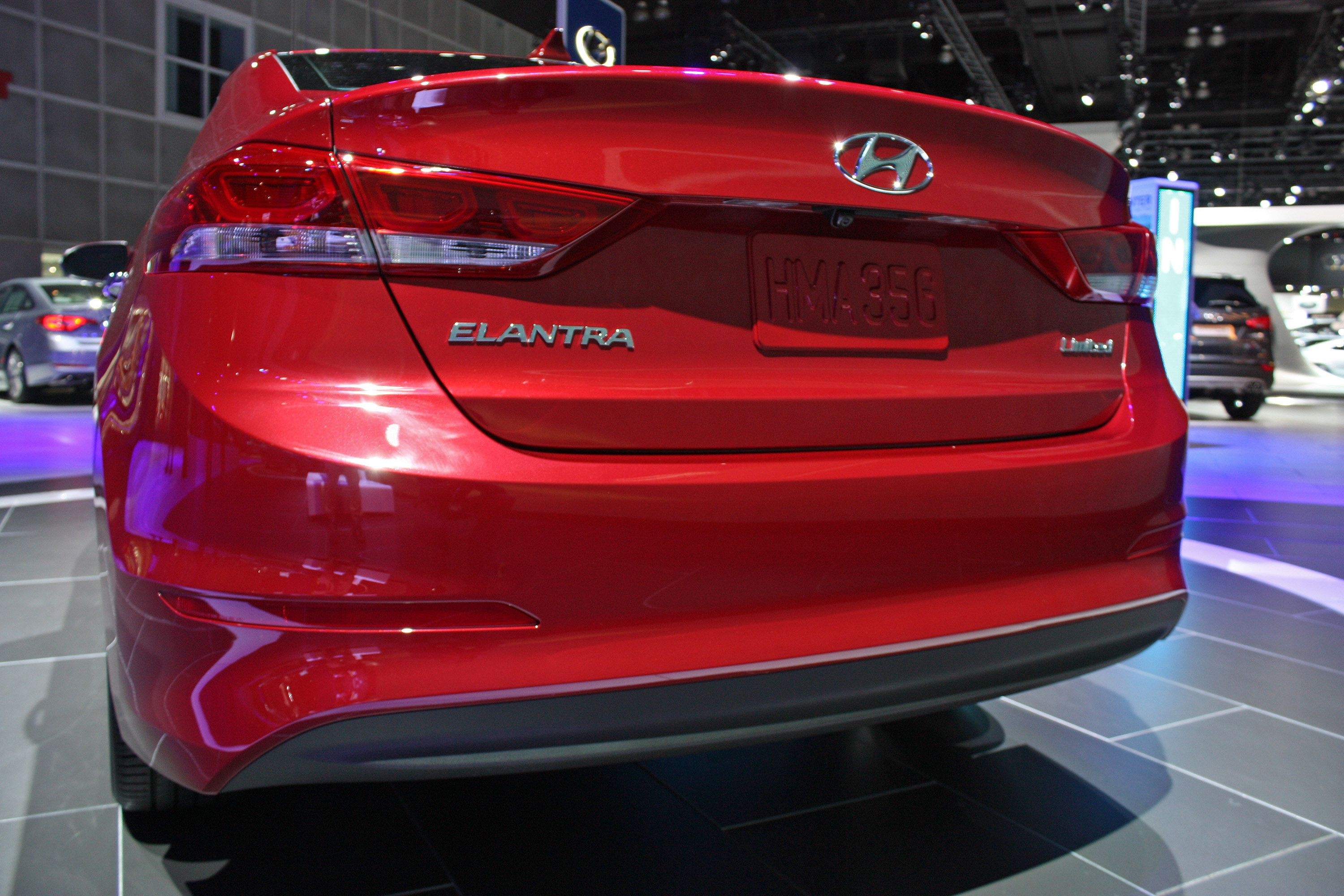
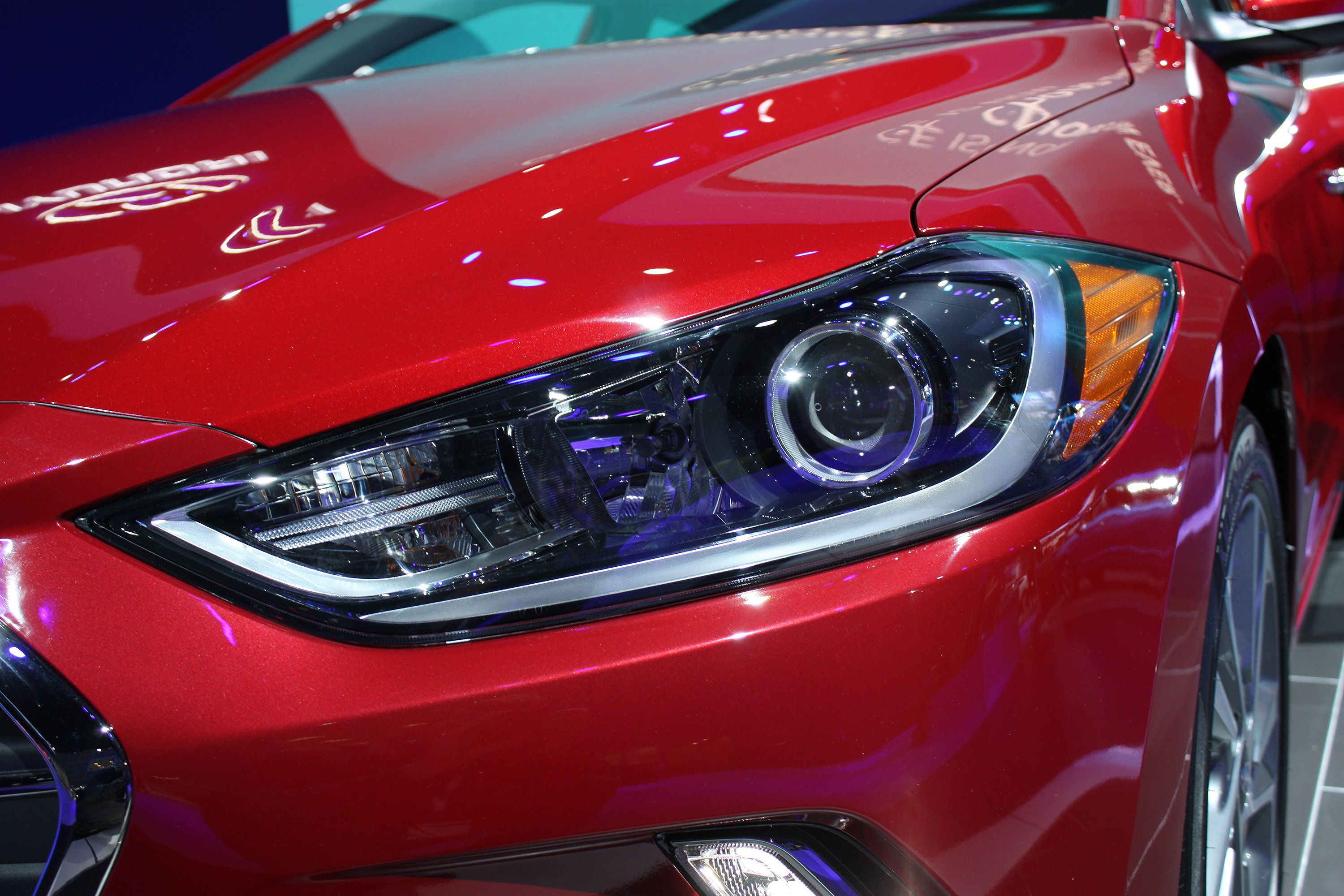
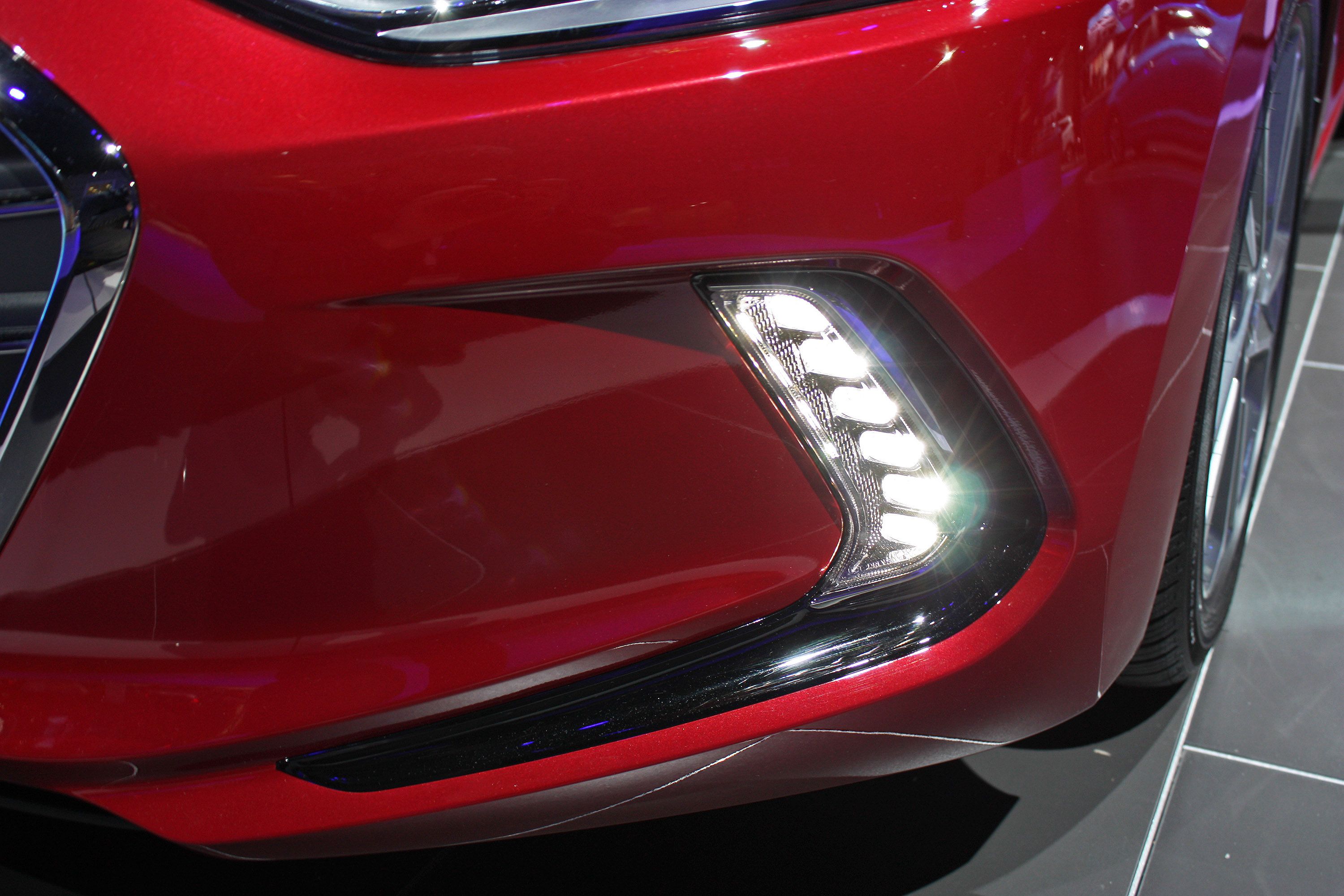
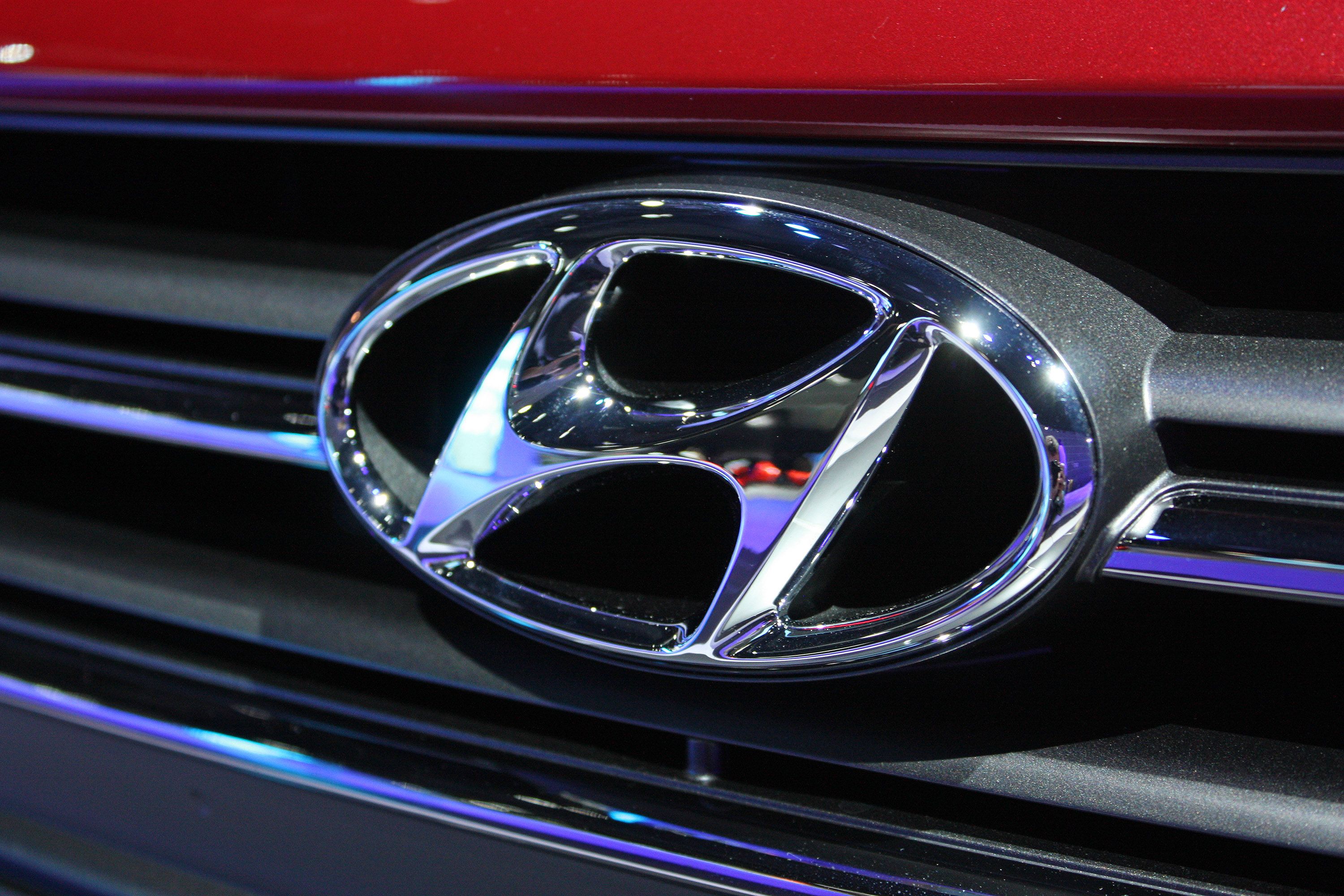
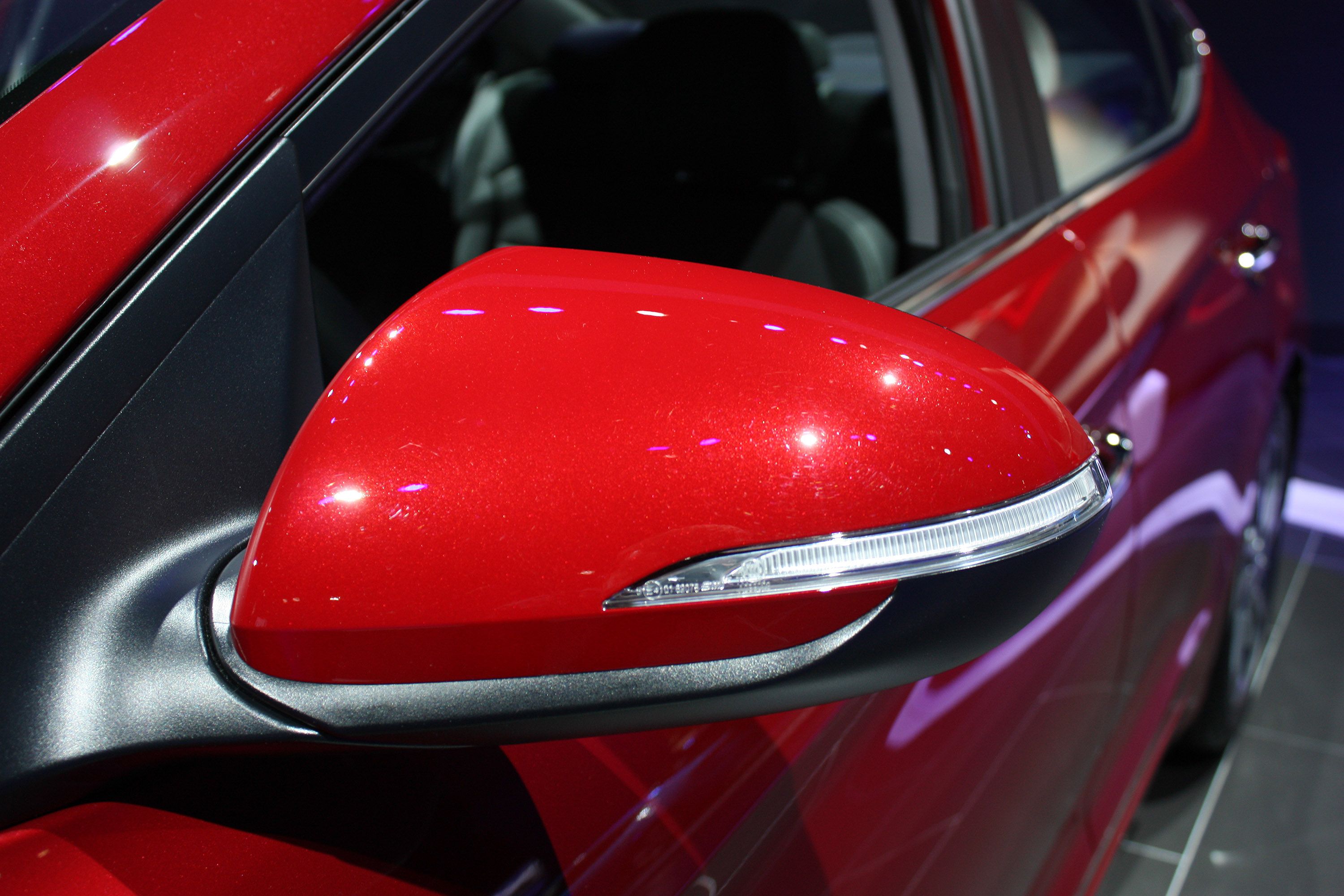
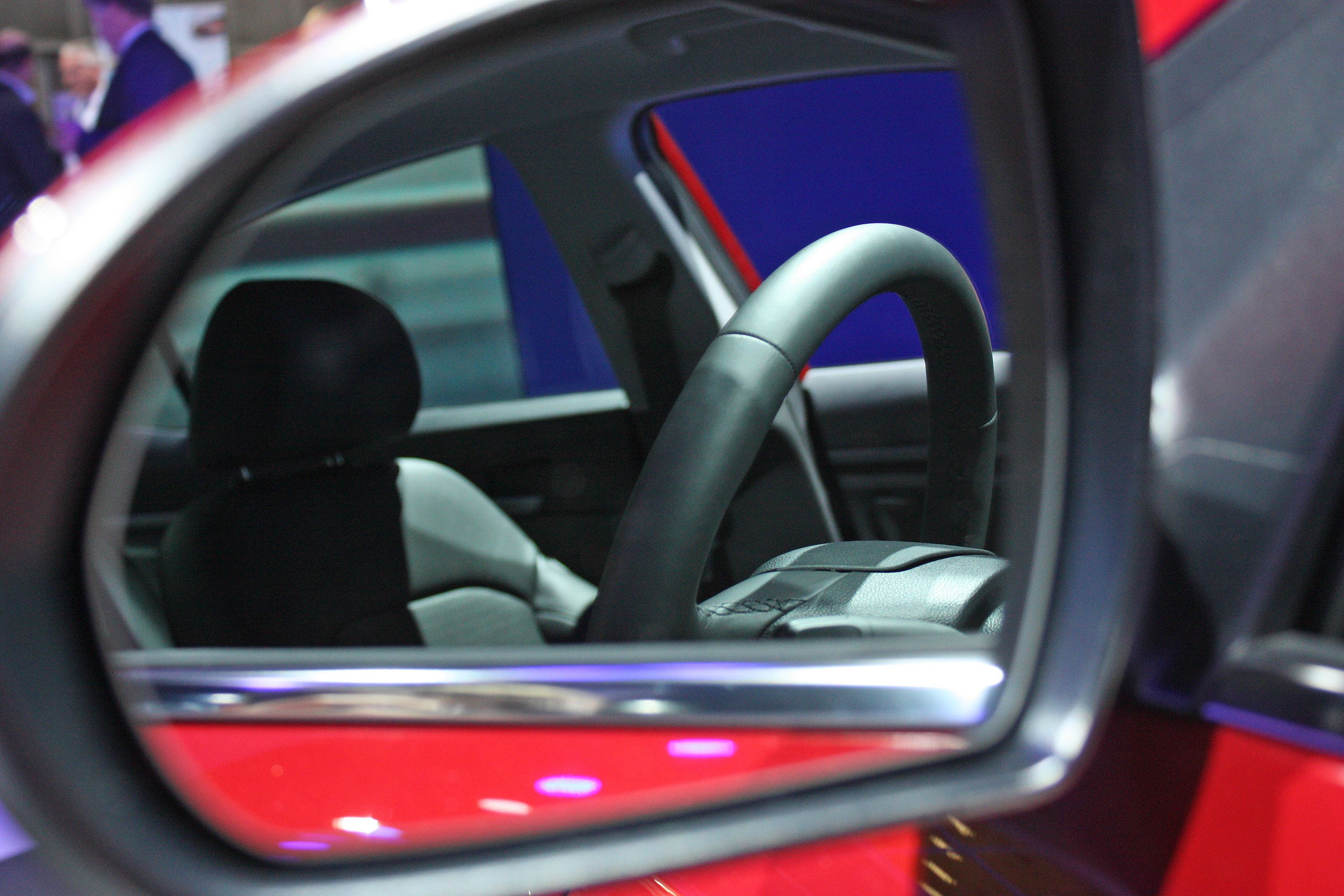
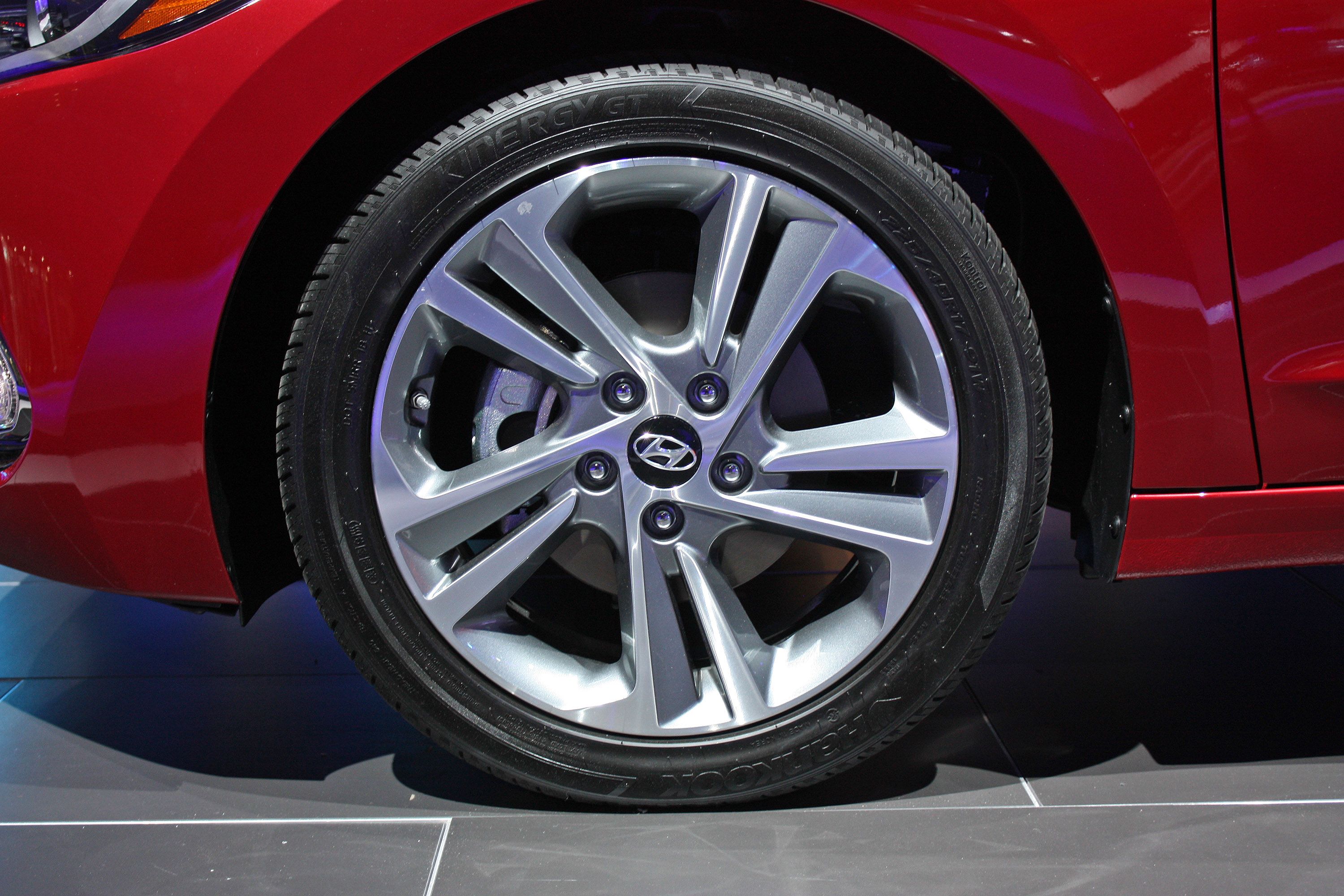
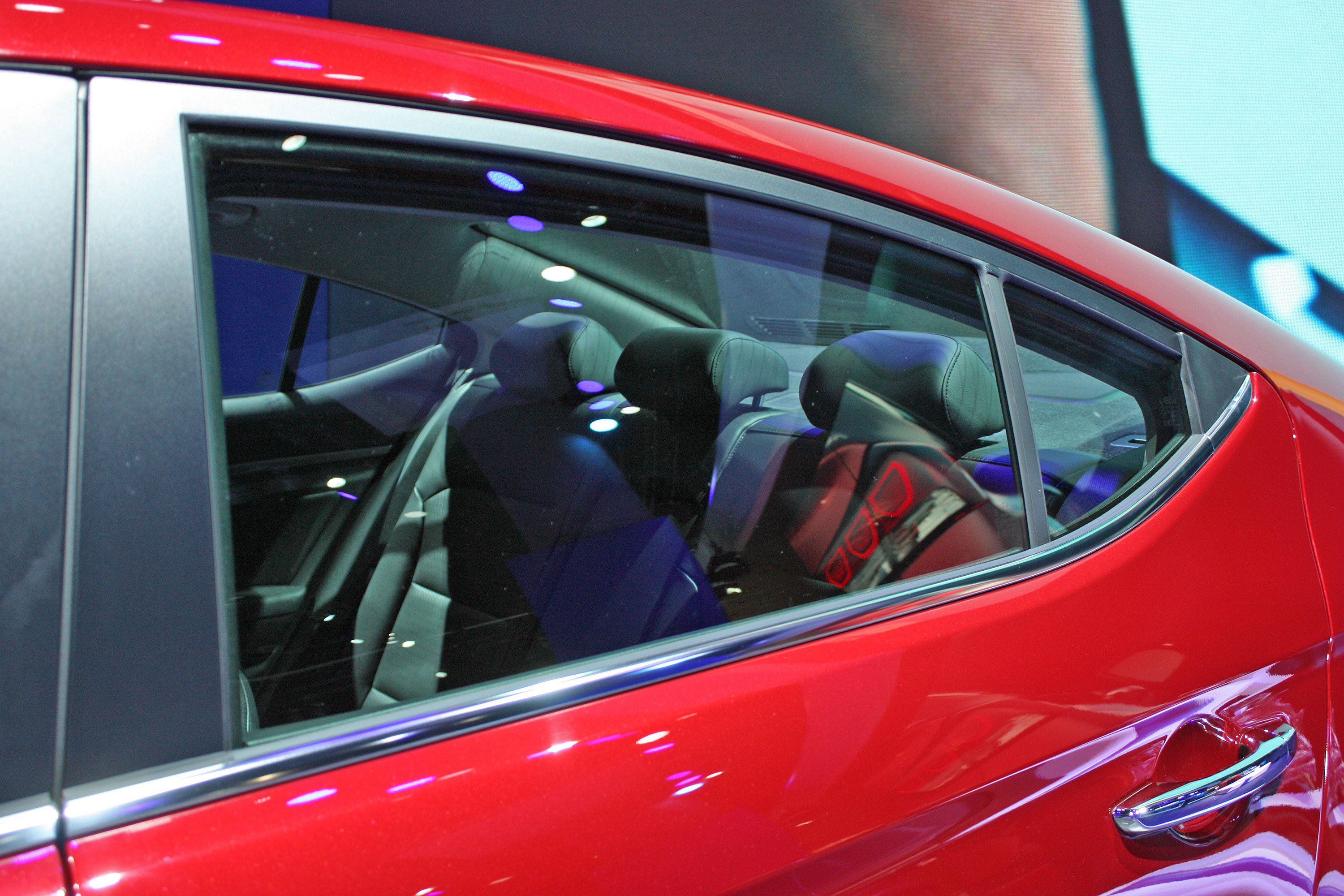
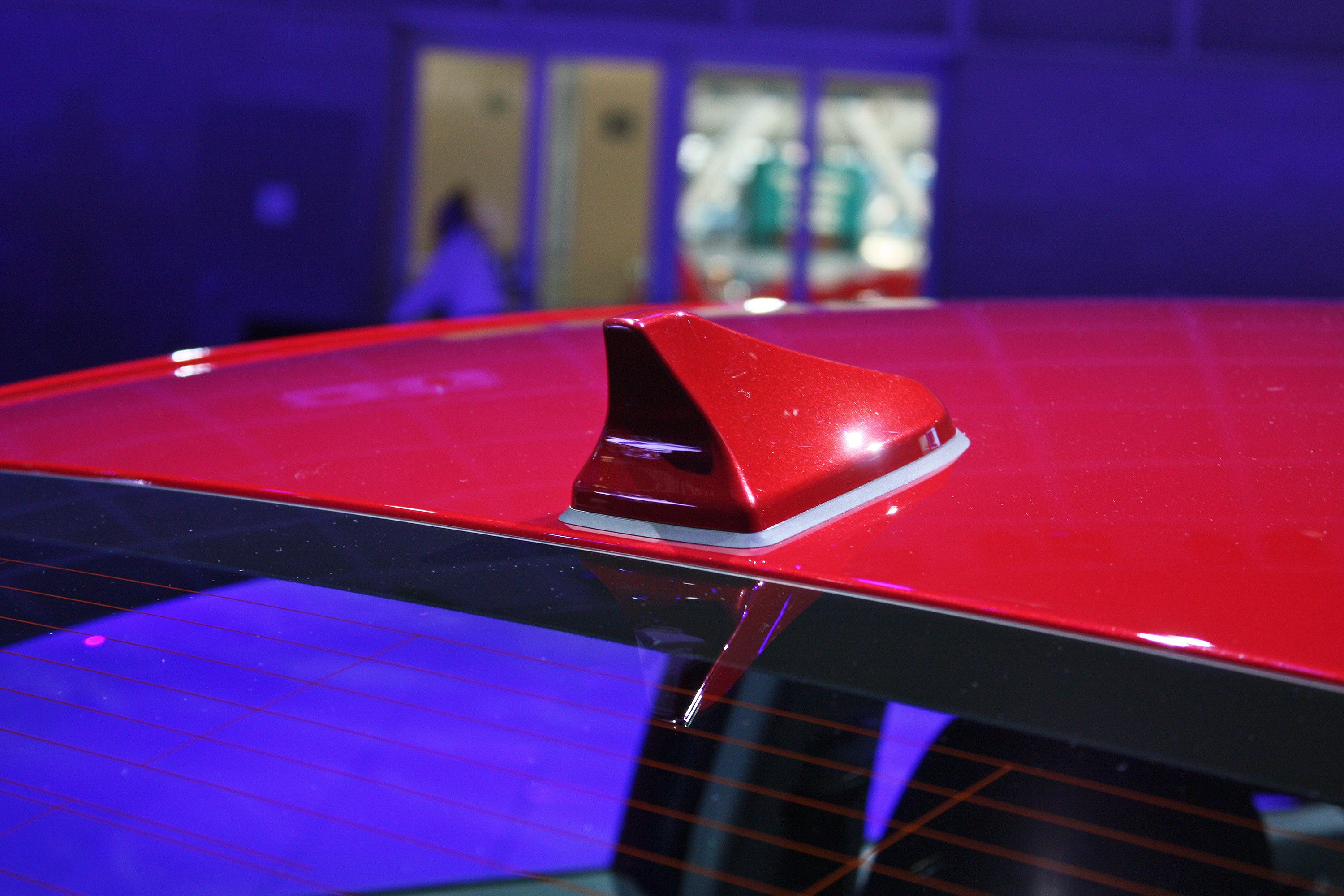
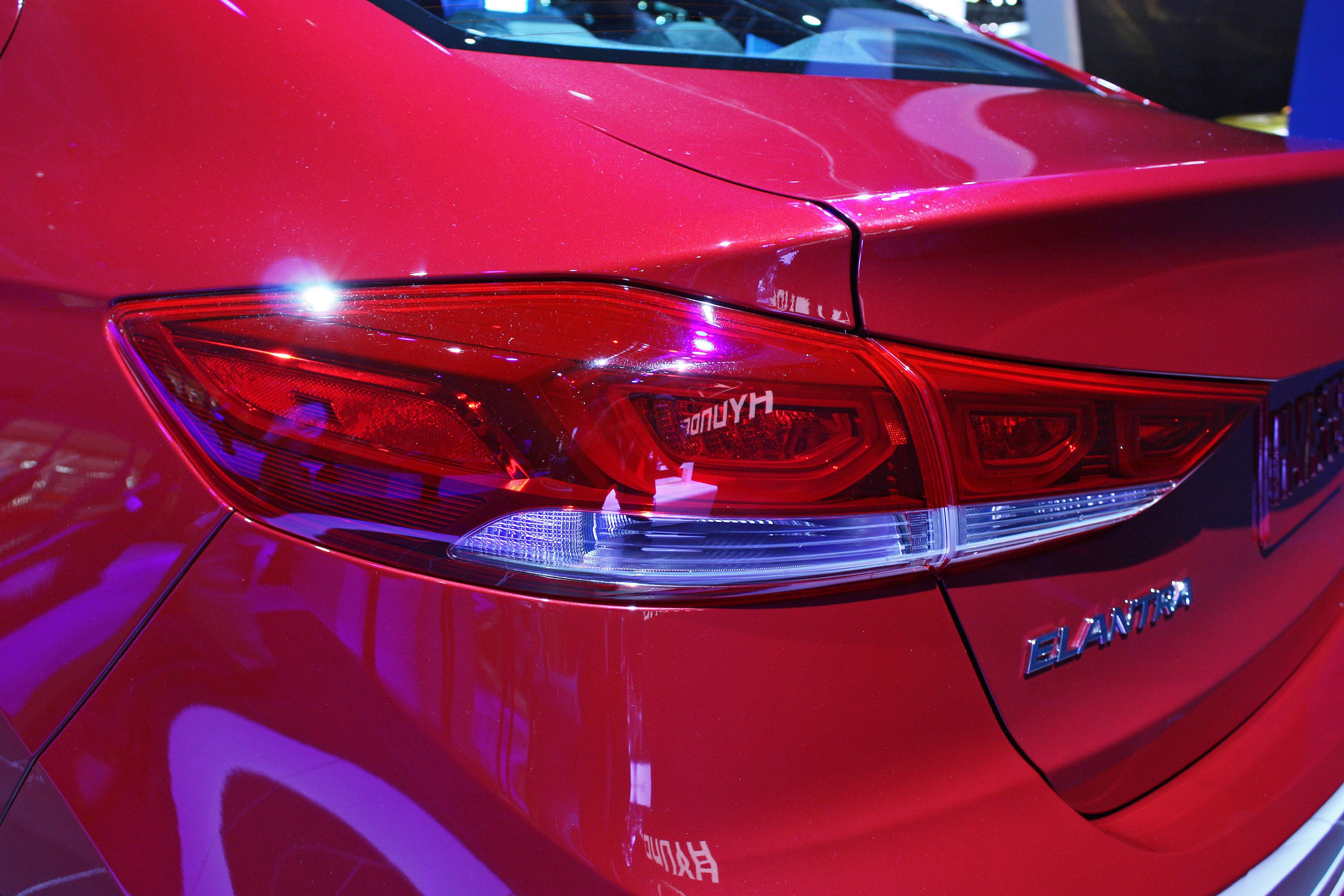
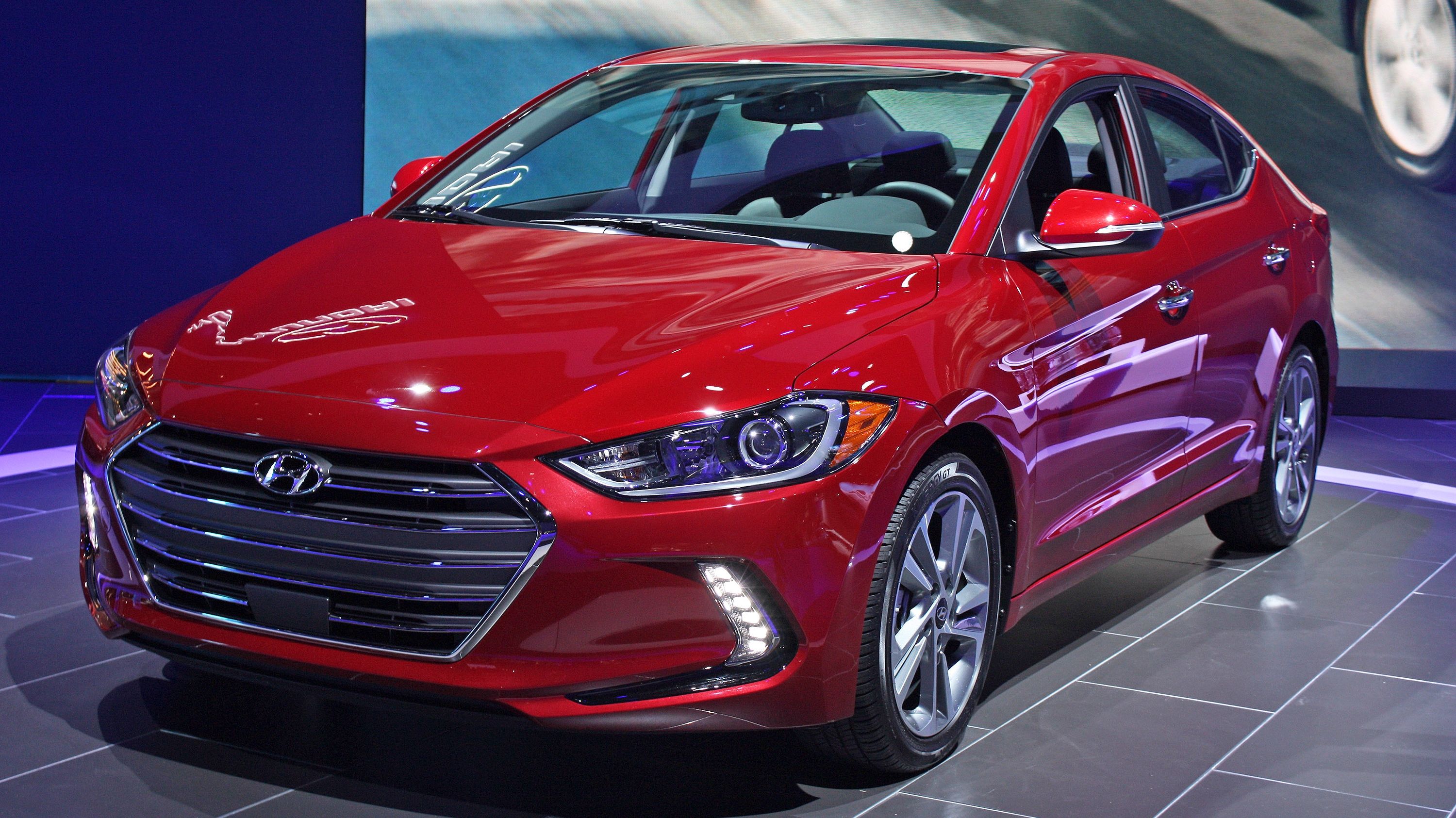


- Make: Array
- Model: 2017 Hyundai Elantra
- Engine/Motor: inline-4
- Horsepower: 147
- Torque: 132
- Transmission: six-speed manual
- [do not use] Vehicle Model: Array
Exterior
Designers of the 2017 Elantra’s design have taken a decidedly more upscale approach to the car, despite its budget-friendly and C-segment status. The car still carries its familiar shape, but every body panel and angle is new. The larger grille is more defined and aggressive, flanked on either side by HID headlights with LED daytime running lights. LED fog lights down low are mounted vertically, giving the car a unique look.
The newly sculpted hood features accent lines that run into the A-pillars and down under the side mirrors, only to continue as the belt line under the side windows. Another accent line starts on the front fender and slopes upward over the door handles, ending at the taillights. A deep scallop along the bottom of the doors helps give the lower third of the car a sculpted appearance.
Around back, LED taillights with shapely accents make the car unmistakable at night. The bumper and lower black fascia aren’t as detail-rich as the front and sides, but its shape doesn’t detract form the car. Anything more would have made its appearance too busy.
The premium look continues with 17-inch alloy wheels and chrome trim.
Besides aesthetics, the new look also improves aerodynamics, dropping the Elantra’s coefficient of drag to 0.27. The car is also constructed from more high-strength steel than before, making the chassis more rigid than before. In fact, the car is comprised of 53 percent high-strength steel verses the outgoing model’s 21 percents makeup. The result is a car that is 29.5 percent stiffer torsionally and has 25.3 percent more bending strength. These stats lead to an improved ride with better handling characteristics and a quieter cabin.
Exterior Dimensions
|
Overall Length |
179.9 Inches |
|
Overall Width |
70.9 Inches |
|
Overall Height |
56.5 Inches |
|
Wheelbase |
106.3 Inches |
Interior
Inside the Elantra, Hyundai designers have ditched the old design in favor of something similar to the Sonota’s interior. The dash contains several rectangular segments, including the gauge cluster and infotainment screen area. Not only does the dash more improved, the car is larger overall. For 2017, the Elantra grows wider and longer by one inch in both directions, giving it more interior volume than before. In fact, the Elantra should technically be classified as a midsize sedan by the EPA, thanks to its 110.2 cubic feet of interior volume.
The instrument cluster features a new 4.2-inch color TFT display for the driver and an eight-inch infotainment system. Mid-grade models feature a seven-inch display and base models come with a conventional radio head unit. Also depending on trim level, leather replaces cloth on the seats. The under the covering, the seats are made from a material called SoyFoam, an environmentally friendly material that is made from soybean oil. The rear bench offers seating for three and 60/40 split folding for hauling longer items in the trunk. Speaking of the trunk, the Elantra now has Hyundai’s Smart Trunk feature. Simply stand behind the car for more than three seconds with the key on your person, and the trunk will open automatically.
The Elantra’s upscale feel continues with its impressive list of in-car technologies. Both the 7.0- and 8.0-inch touch screens come with Android Auto, Hyundai’s next-gen Blue Link telematics system, SiriusXM and HD Radio, Pandora, and Siri Eyes Free. Oddly enough, Hyundai makes no mention of Apple CarPlay being available.
Drivetrain
The 2017 Elantra comes powered by two all-new powertrains. The volume engine is a 2.0-liter four-cylinder that runs an Atkinson combustion cycle while producing 147 horsepower and 132 pound-feet of torque. The engine can be paired with either a six-speed manual (base SE trim only) or a new six-speed automatic.
Optionally, the Elantra offers a new 1.4-liter turbocharged GDI four-cylinder on its Eco trim. Like the trim level suggests, this turbo four isn’t a rocket. It’s purpose is to achieve the best fuel economy possible. Producing 128 horsepower and 156 pound-feet of torque, the engine sends power to the front wheels via Hyundai’s EcoShift seven-speed, dual-clutch transmission. All this is designed to net the Elantra Eco 35 mpg combined. It has yet to be determined is the EPA’s testing will back up Hyundai’s projections.
Regardless of trim, the Elantra comes with selectable Drive Modes. They include Eco, Normal, and Sport – all changeable via a center console-mounted button.
Drivetrain Specifications
|
Type |
2.0-liter Nu MPI Atkinson four-cylinder engine |
1.4-liter Kappa turbocharged GDI four-cylinder engine |
|
Output |
147 HP @ 6,200 RPM |
128 HP at 5,500 RPM |
|
Torque |
132 LB-FT @ 4,500 RPM |
156 LB-FT 1,400 - 3,700 RPM |
|
Fuel economy |
29 city / 38 highway / 33 combined mpg |
35 mpg combined |
Safety
The Elantra’s safety systems also get an upgrade. Structural improvements have been made to help reinforce several key areas. The connection between the dash and the cowl have been reinforced, the front end now features a straightened load path to the A-pillar, the B-pillar area has been strengthened with hot-stamped steel, and the side impact beams have been improved.
Of course, staying out of an accent is better than just surviving one. The Elantra now has a full suite of electronic aids, including Lane Keep Assist, Blind Spot Detection, Rear Cross-Traffic Alert, and Lane Change Assist. As with most cars these days, electronic stability control, vehicle stability management, traction control, ABS, and a tire pressure monitor system all come standard.
But not only does the Elantra come with those safety features, this entry-level compact sedan now offers adaptive cruise control, or as Hyundai calls it, Smart Cruise Control. The HID headlights are also active, following the steering wheel inputs to illuminate into turns.
Prices
Hyundai seems dedicated at keeping the Elantra in an affordable price bracket despite the updates. The base SE trim with the standard six-speed manual transmission carries a price of $17,150. That’s actually $100 less expensive than the 2016 Elantra’s starting price. Opting for the automatic transmission pushes the price up $1,000 to $18,150. Selecting the range-topping Limited grade, available only with the six-speed automatic, bumps the price up to $22,350.
For 2017, Hyundai has released the Hyundai Elantra Eco, which is the most fuel-efficient Elantra yet. It achieves a fuel economy of 32 mpg in the city, 40 mpg on the highway, and 35 mpg combined. What’s more, the Eco comes with a long list of standard equipment, including a 1.4-liter turbocharged engine, seven-speed dual clutch transmission, LED daytime running lights, blind spot detection, rear cross-traffic alert, and lane change assist. Other highlights that come standard include a leather-wrapped steering wheel and shift knob, dual automatic temperature control with auto defogger, keyless entry, proximity key, hands trunk and front door handle, heated front seats, sun visor extensions, and illuminated vanity mirrors. The Eco starts out at $20,650 before taxes and licensing fees.
Not only is the Elantra competitively priced, it also carries Hyundai’s fantastic 10-year, 100,000-mile factory warranty. It’s hard to beat that.
|
Model |
Engine |
Transmission |
MSRP |
|
SE |
2.0L 4-cylinder |
6-speed Manual Transmission |
$17,150 |
|
SE |
2.0L 4-cylinder |
6-speed Automatic Transmission with SHIFTRONIC® |
$18,150 |
|
Eco |
1.4L 4-cylinder |
7-speed Dual Clutch Transmission with SHIFTRONIC® |
$20,650 |
|
Limited |
2.0L 4-cylinder |
6-speed Automatic Transmission with SHIFTRONIC® |
$22,350 |
Competition
2016 Honda Civic
The Elantra has some stiff competition with the Civic, especially with the all-new Civic hitting the streets for 2016. The car has a new design inside and out, along with more interior room, more power from its two new engine options, and a price that is competitive. Like the Elantra, the new Civic has a more grown up appearance, especially inside. A slew of technology features are also present, helping occupants stay connected and safe.
Pricing for the Civic Sedan starts at $18,640 for the base LX trim and increases to $26,500 for the Touring model.
Read our full review of the 2016 Honda Civic here.
2016 Chevrolet Cruze
For those who like the wedge-like shape of the current Civic, the 2016 Chevrolet Cruze should pick up the slack. The second-gen Cruze->ke3230 made its big debut this summer, but it won’t be arriving in showrooms until early 2016. The good news for Cruze fans is that it will continue to offer a fuel-efficient diesel->ke1917 version, and reports indicate that a hatchback model will finally join the U.S. lineup as well.
Read our full review of the 2016 Chevrolet Cruze here.
Conclusion
The Elantra is an insanely important model in Hyundai’s lineup. Since 2012, the Elantra has sold more than 200,000 units each year in the U.S. alone. That beats both the Accent by nearly 150,000 annually and Sonata by roughly 30,000 units annually. Needless to say, the Korean automaker has a lot riding on the Elantra’s redesign.
It seems Hyundai has done its homework though, as the completely revised car seems far more refined, modern, larger, and more technology-laden. Its smart new looks and updated engine options should attract buyers looking for something that isn’t a crossover, but who still want all the bells and whistles automakers are loading in those high-riding station wagons.
Updated History
Updated 01/15/2016: Hyundai announced prices for the 2017 Elantra which will arrive at dealers later this month. Surprisingly - despite the updates - the 2017 Elantra is $100 less expensive than the model it replaces.
Updated 11/24/2015: We added a series of new images taken during the car's official debut at the 2015 Los Angeles Auto Show.
Updated 11/19/2015: Hyundai unveiled the 2017 Elantra at the 2015 Los Angeles Auto Show.

